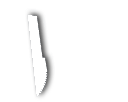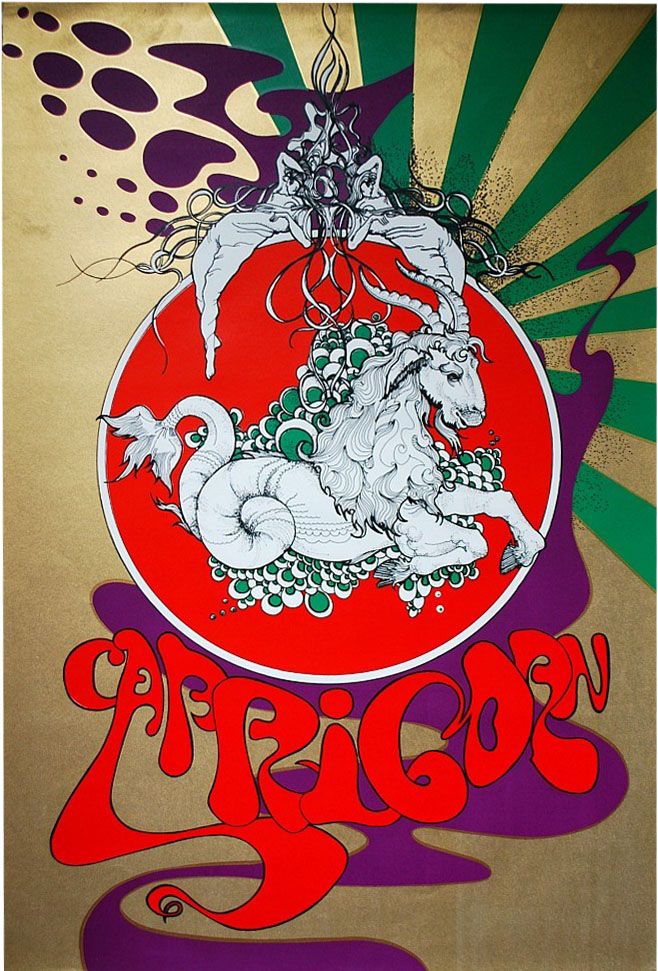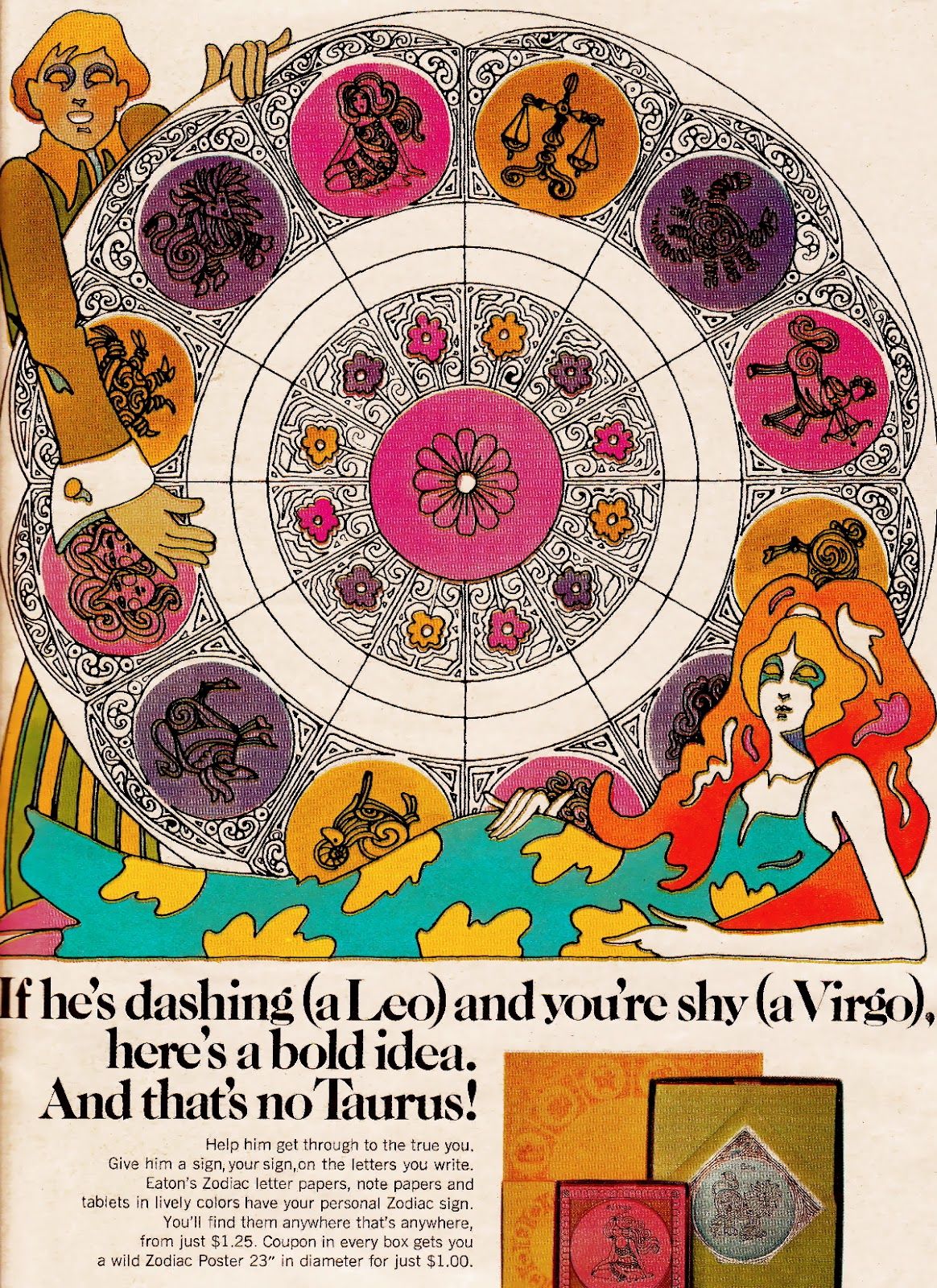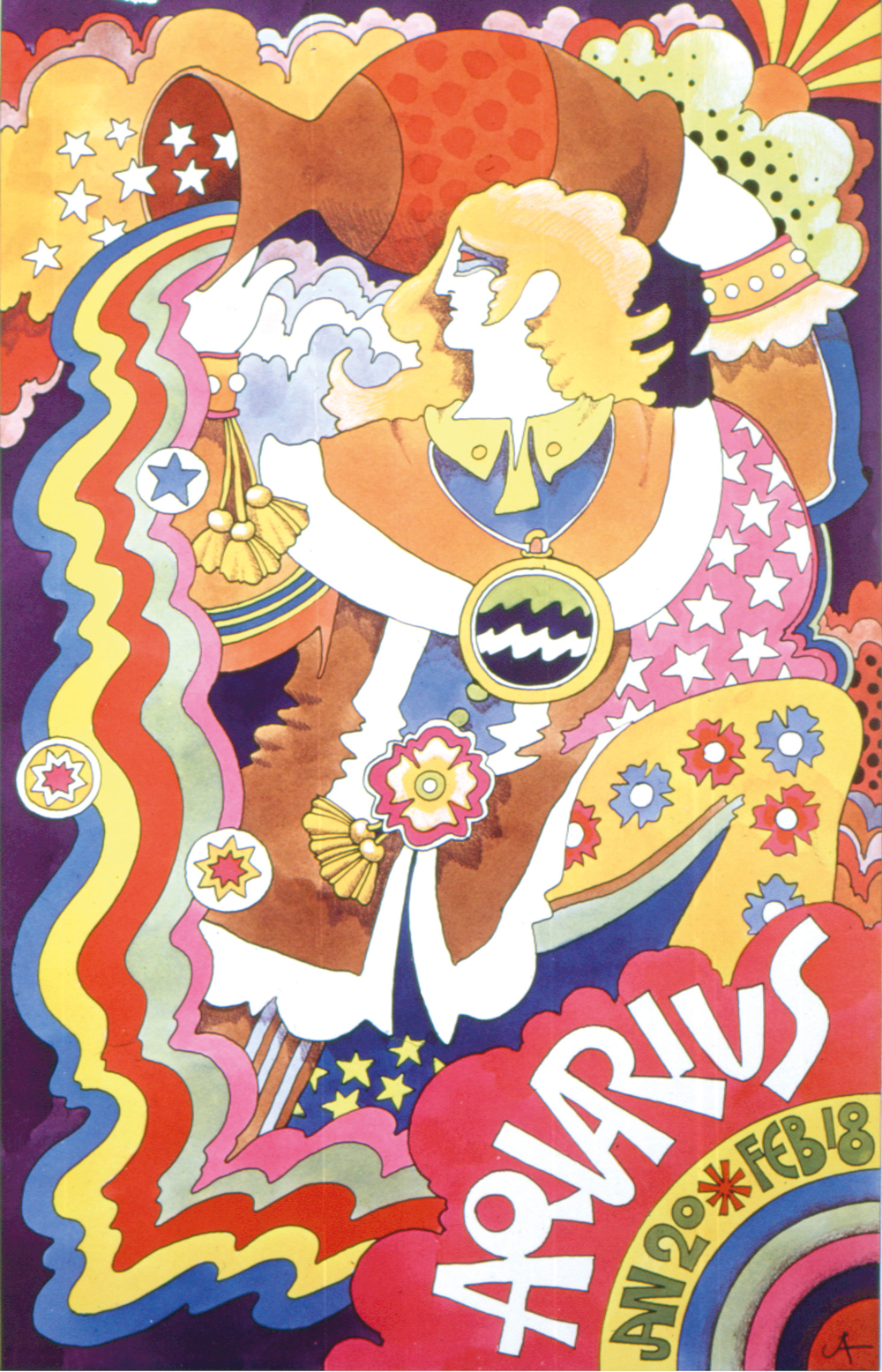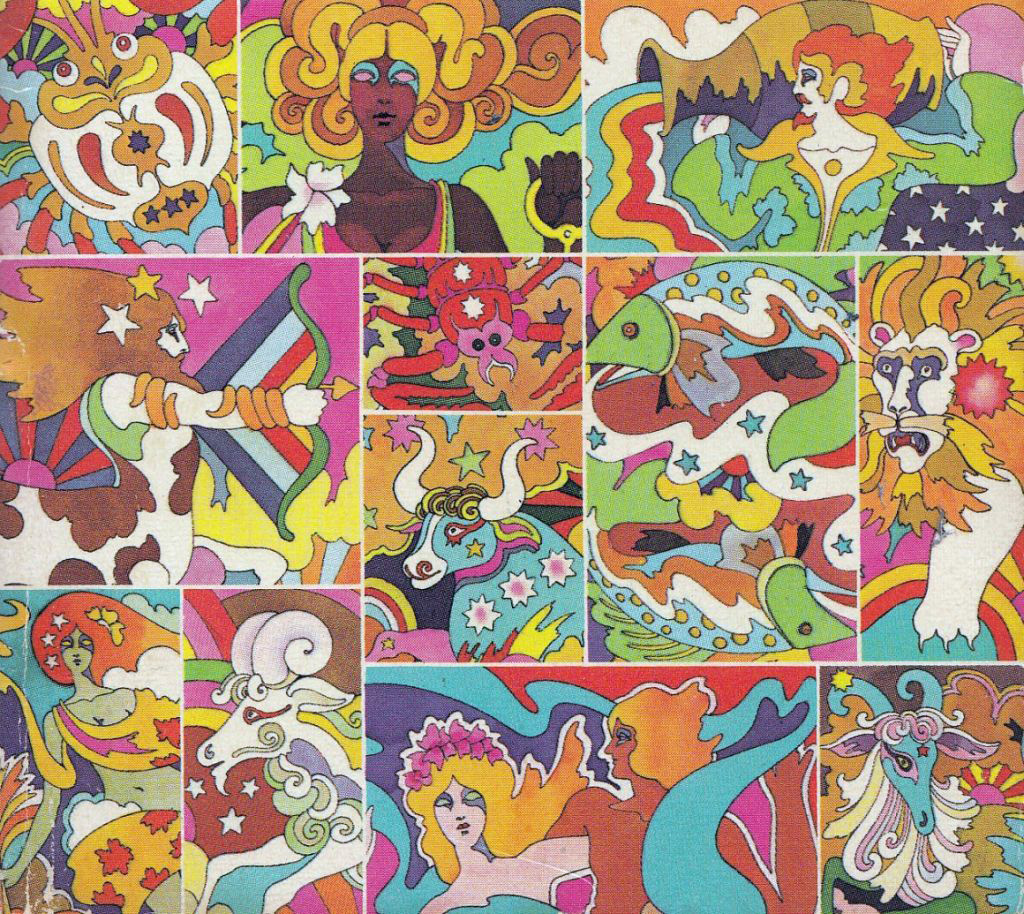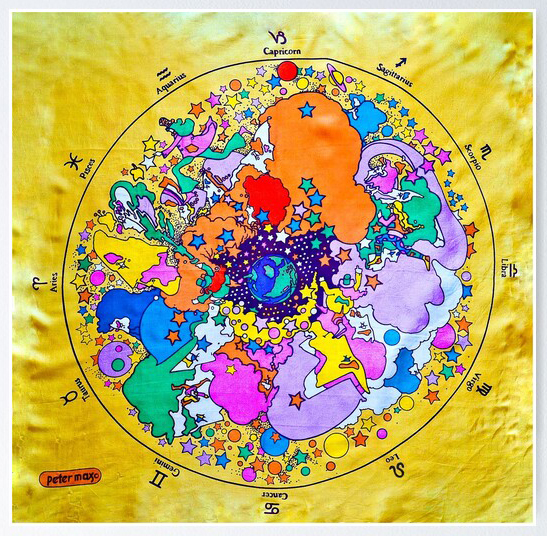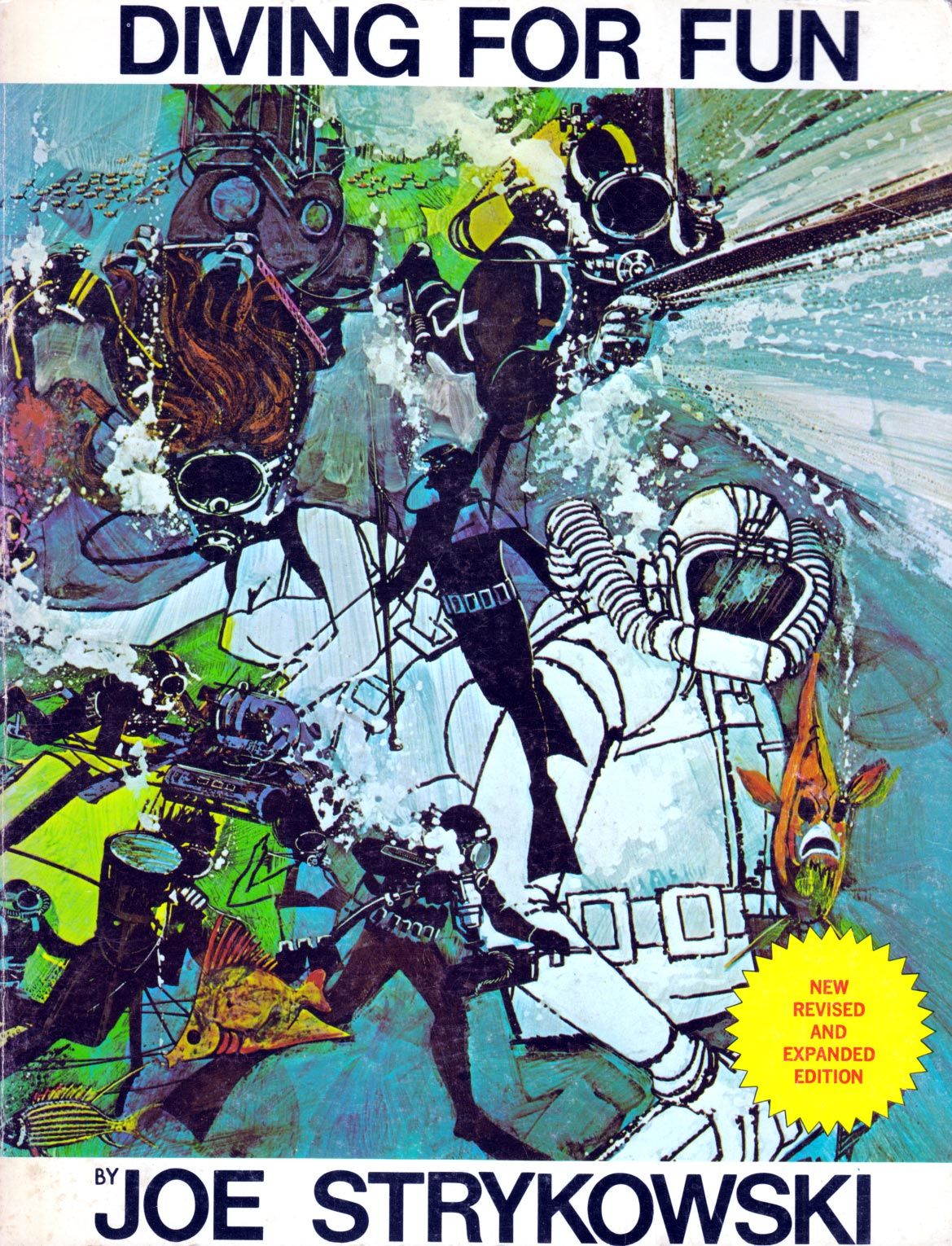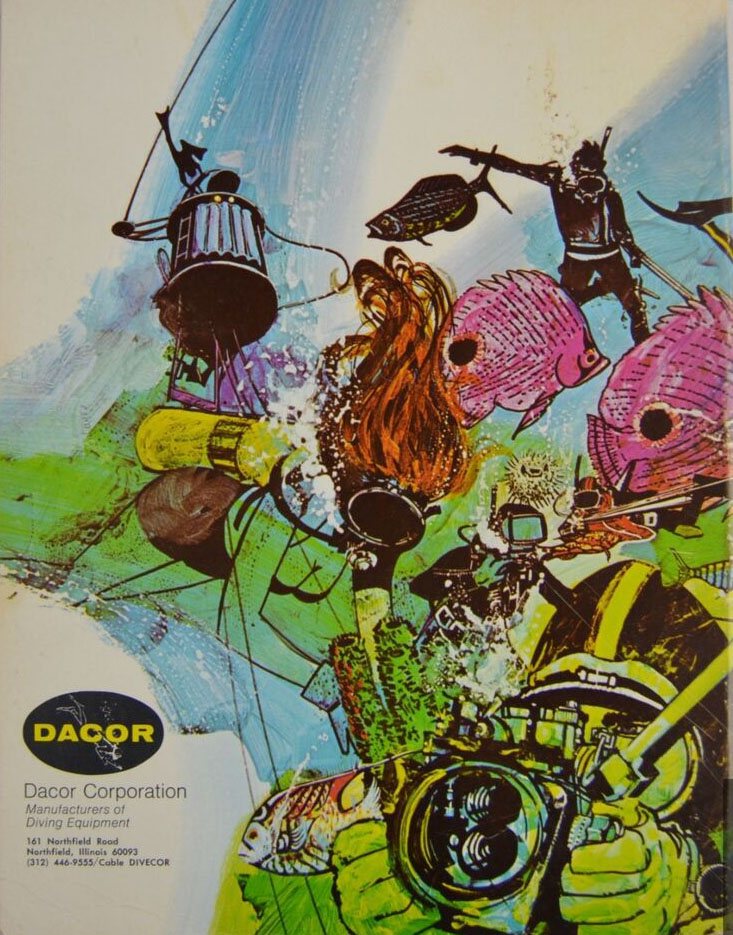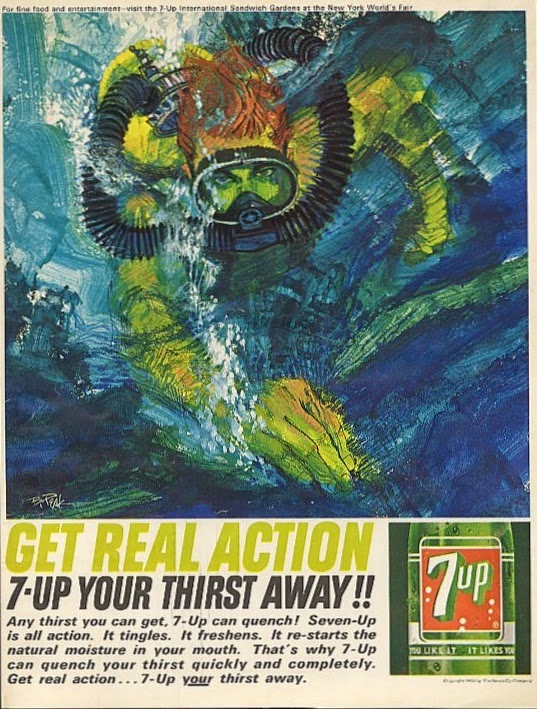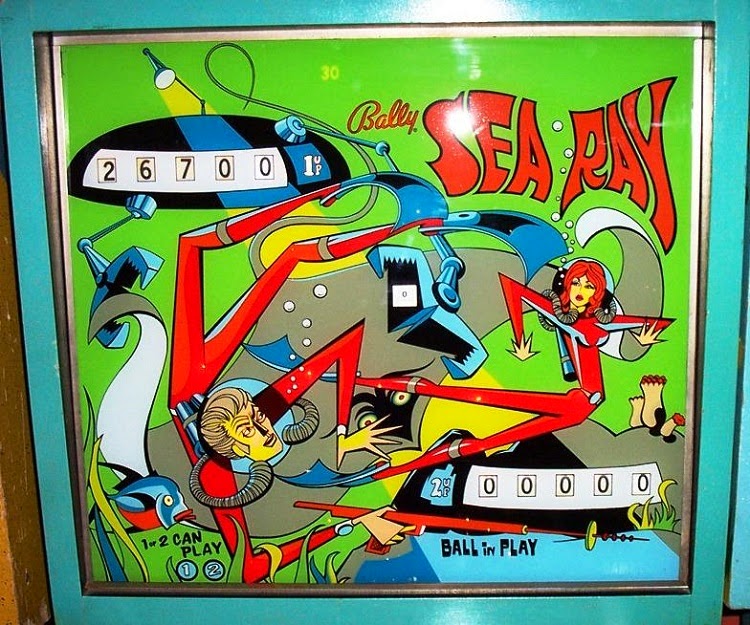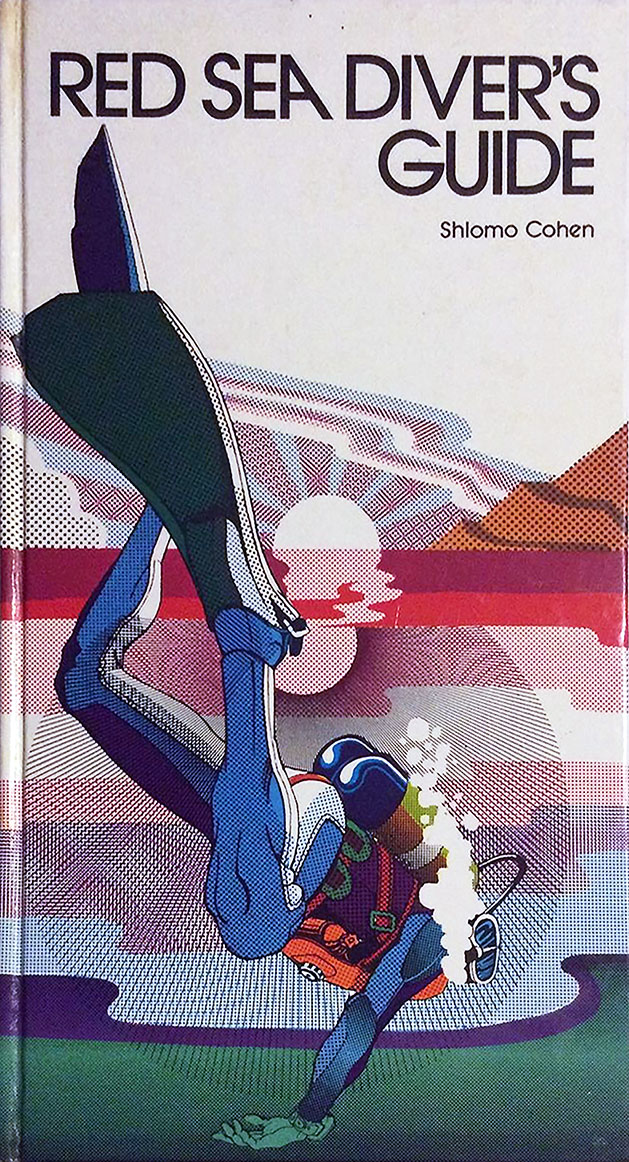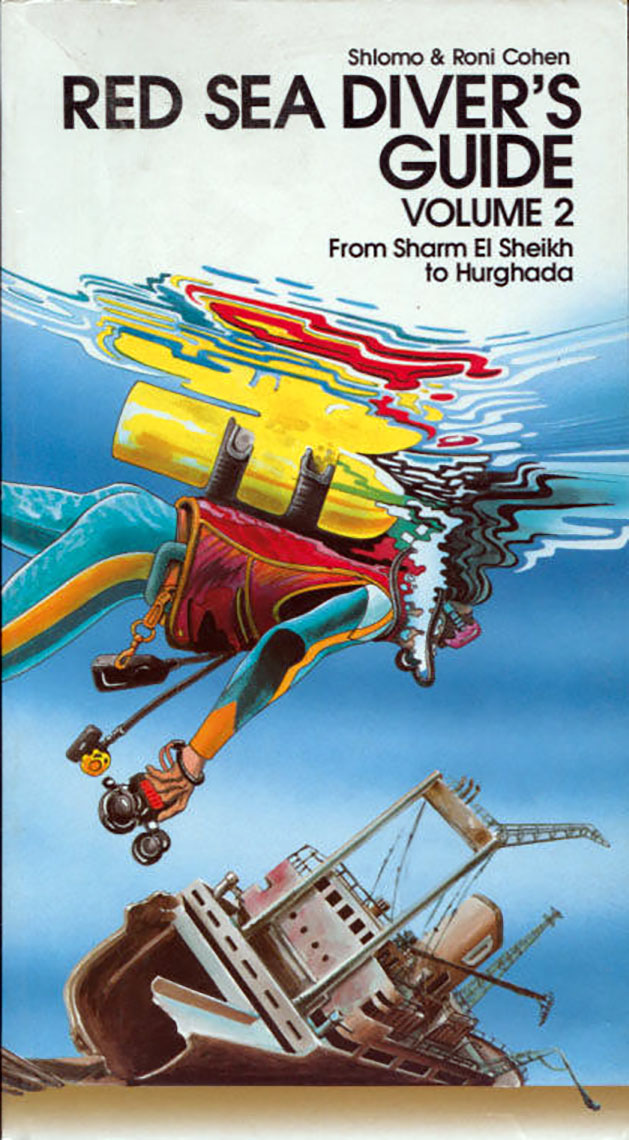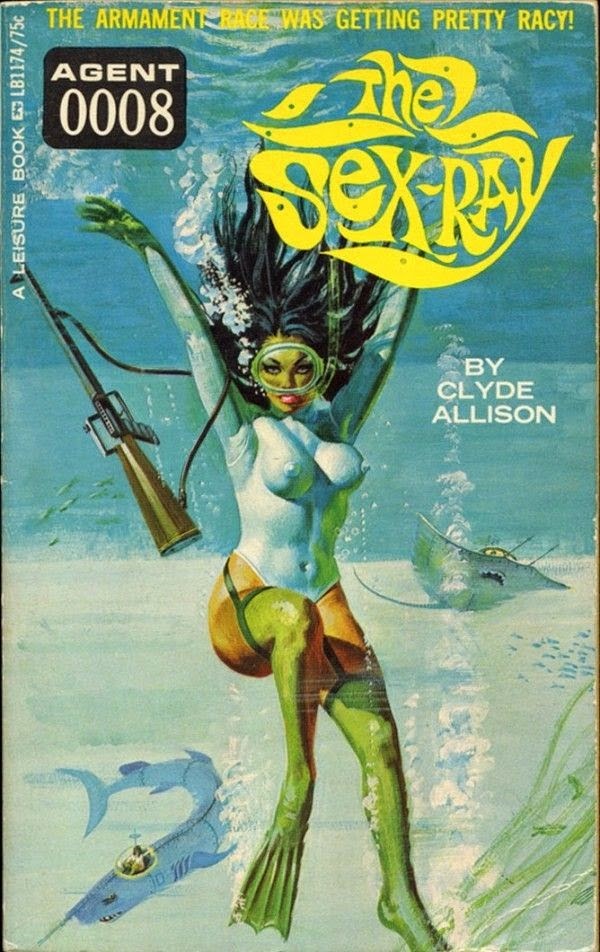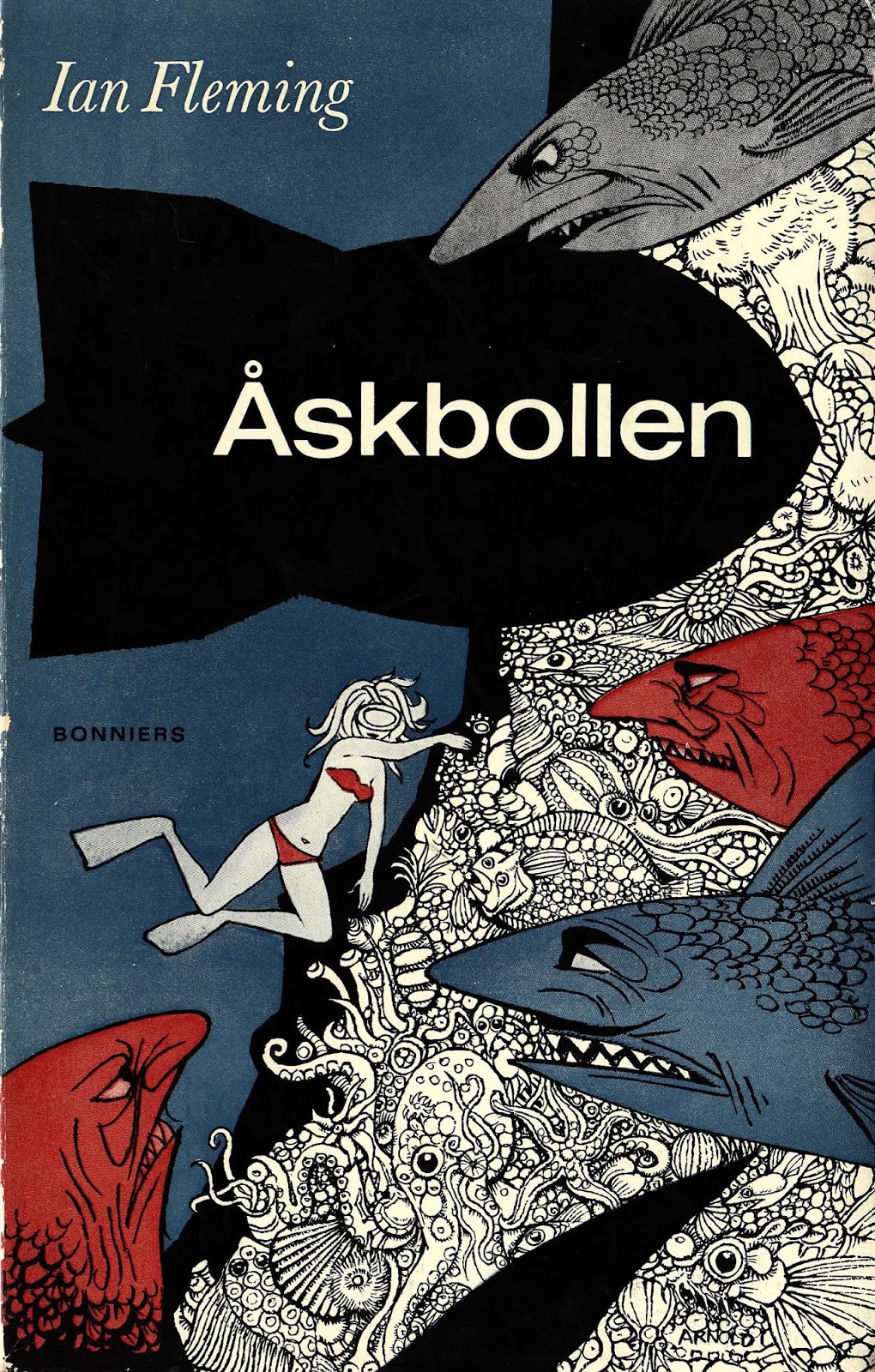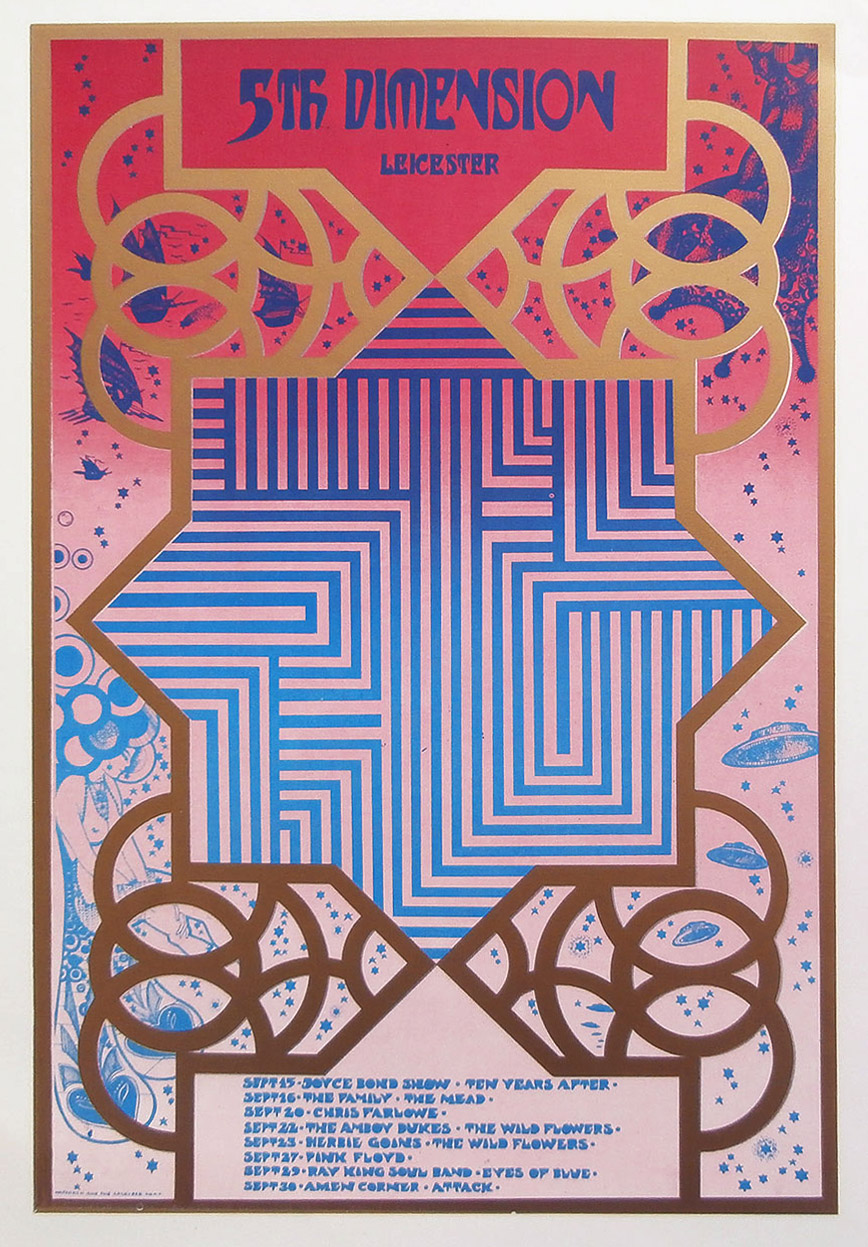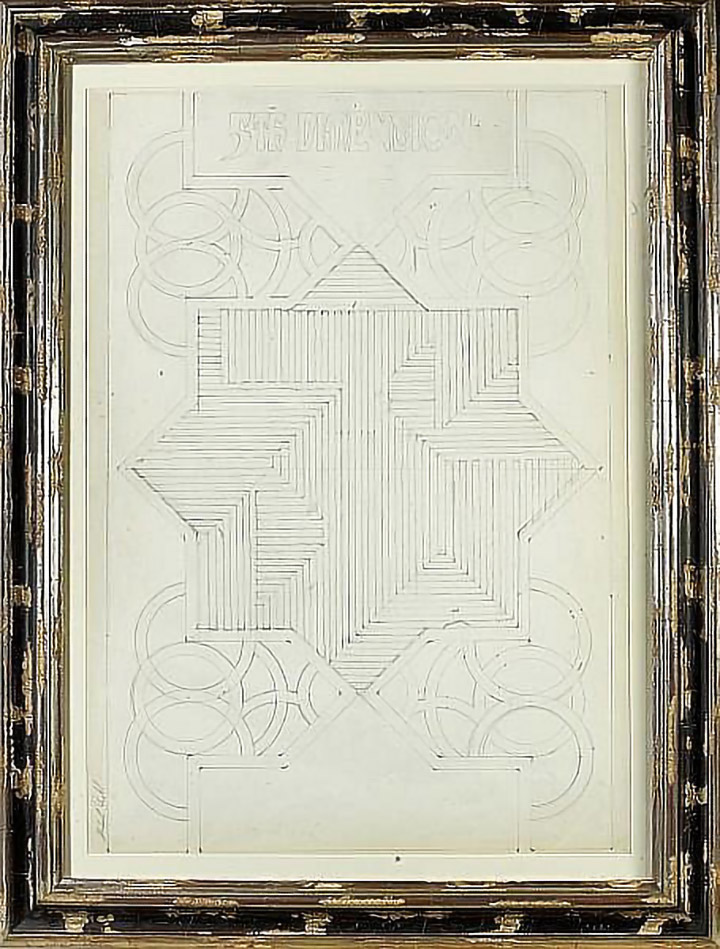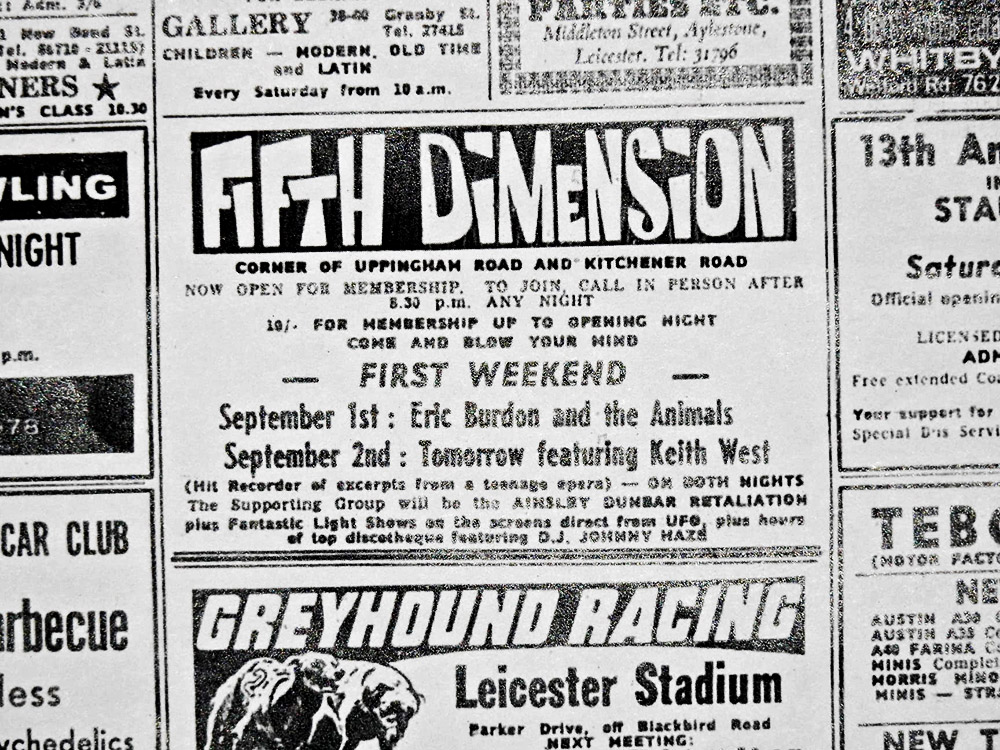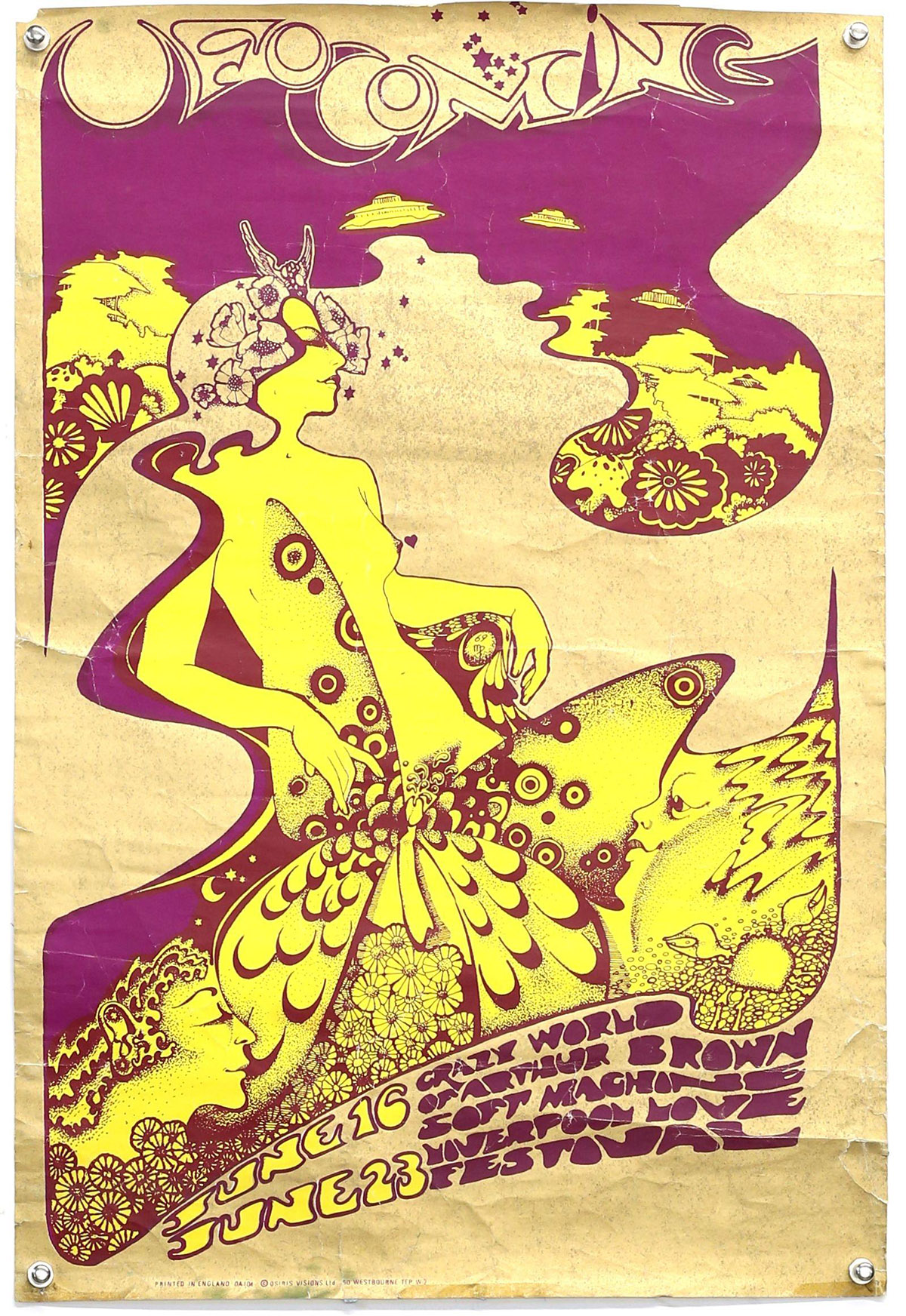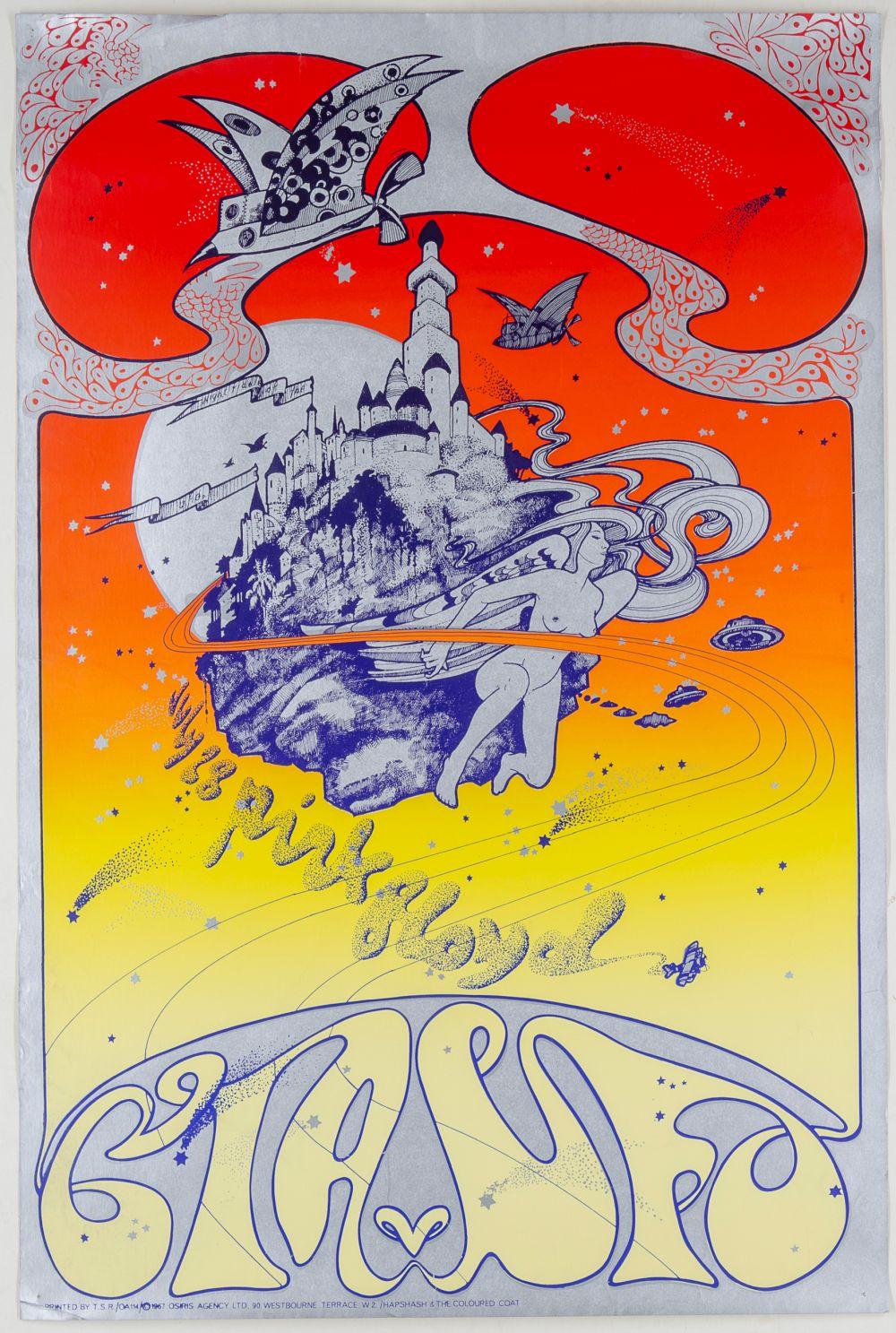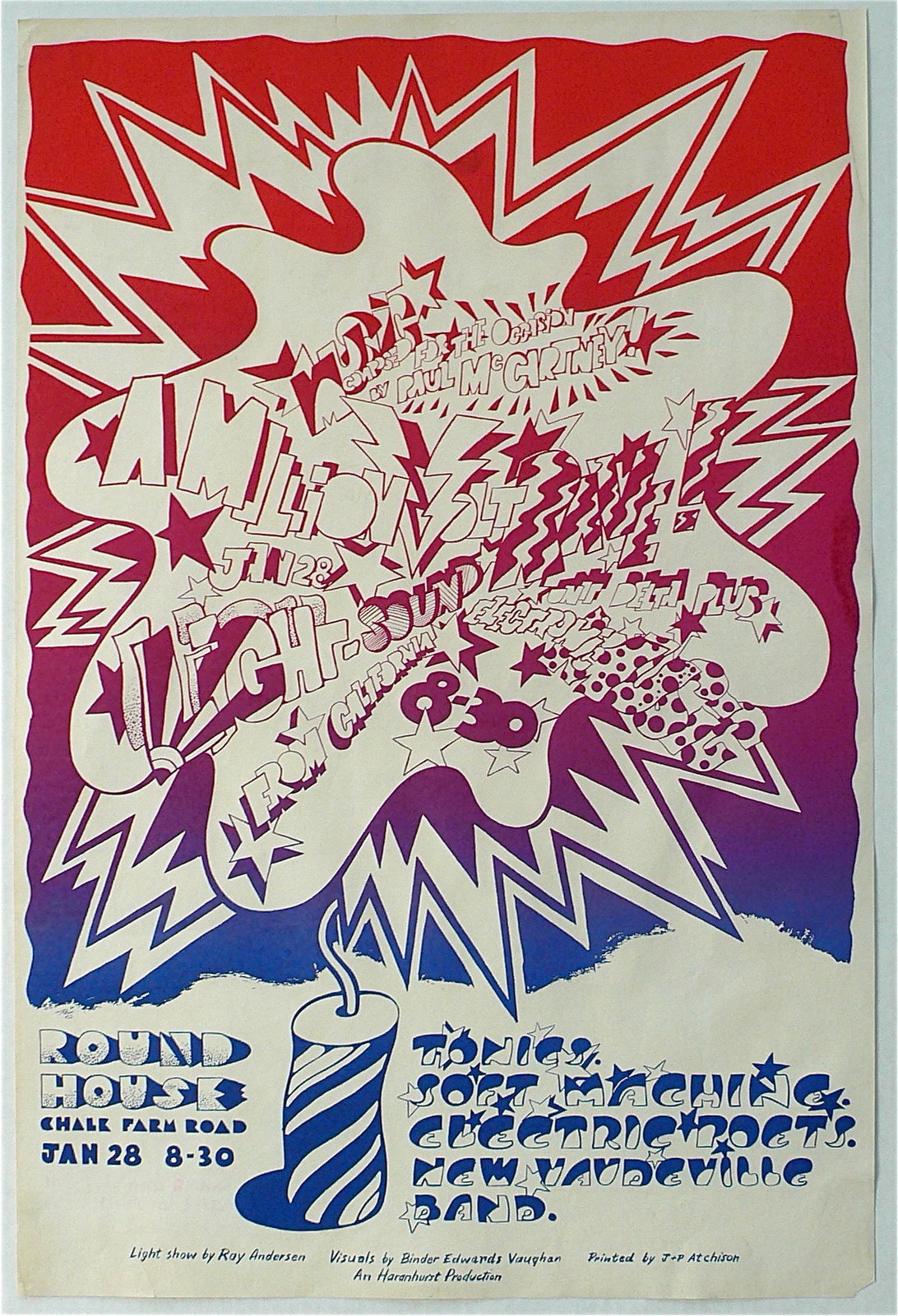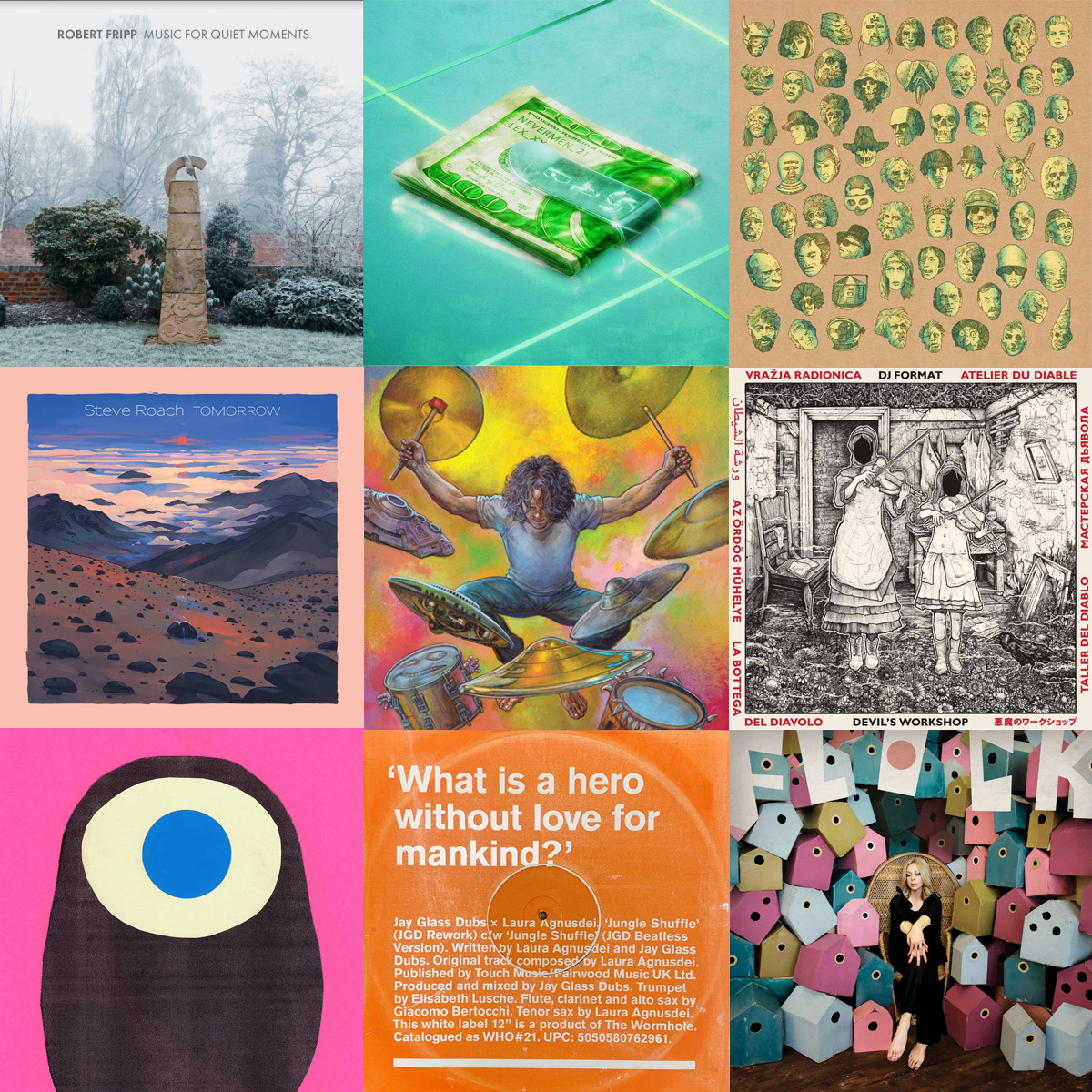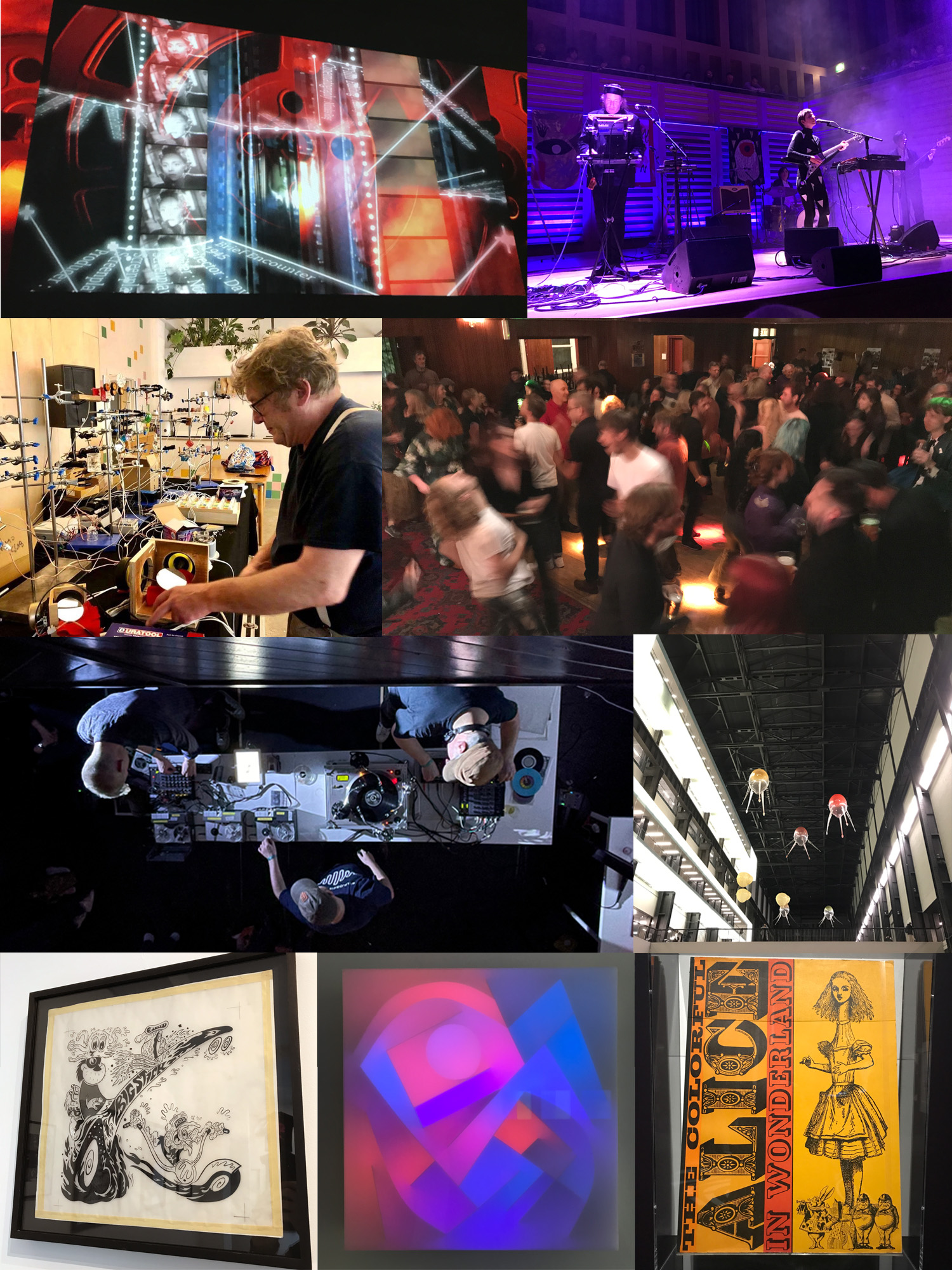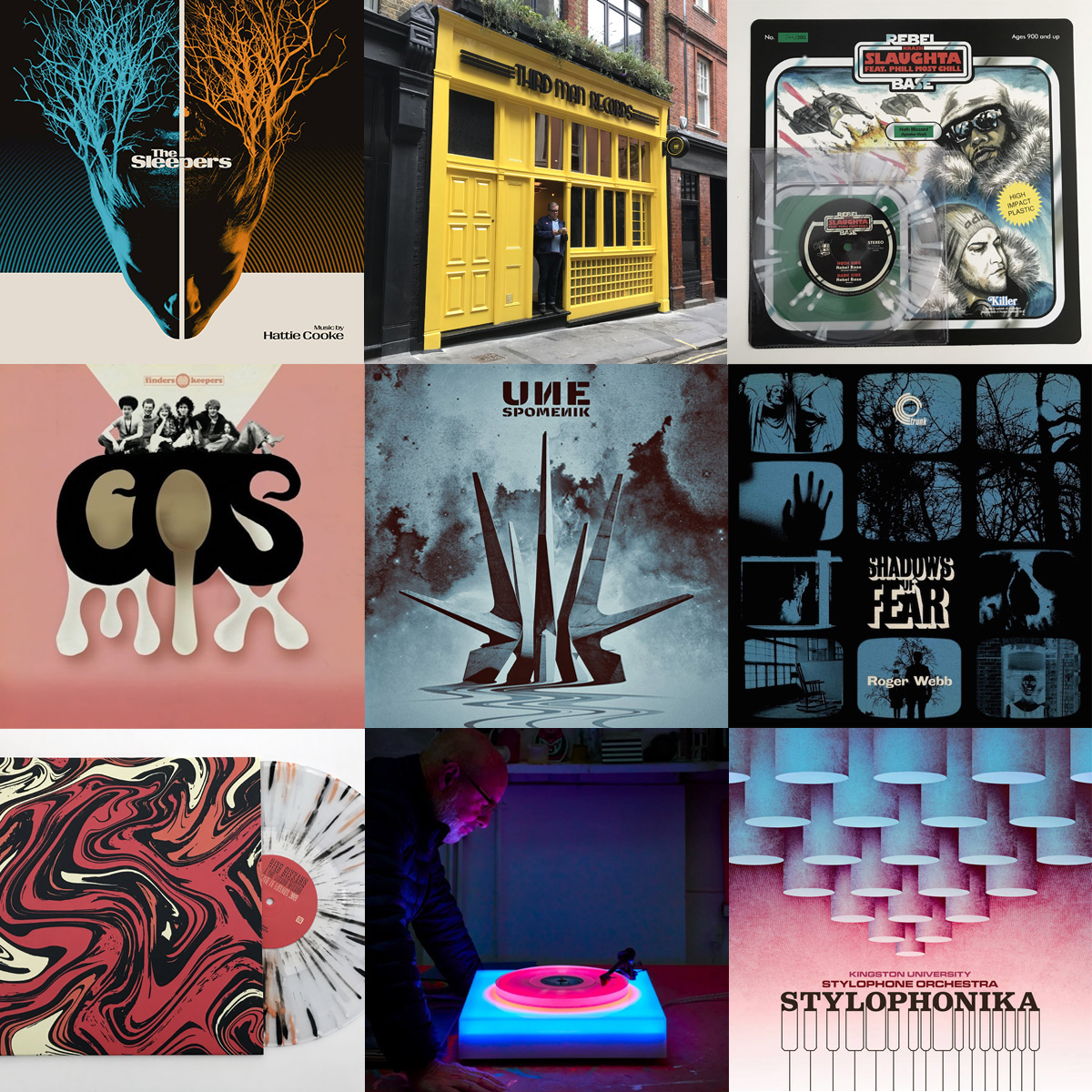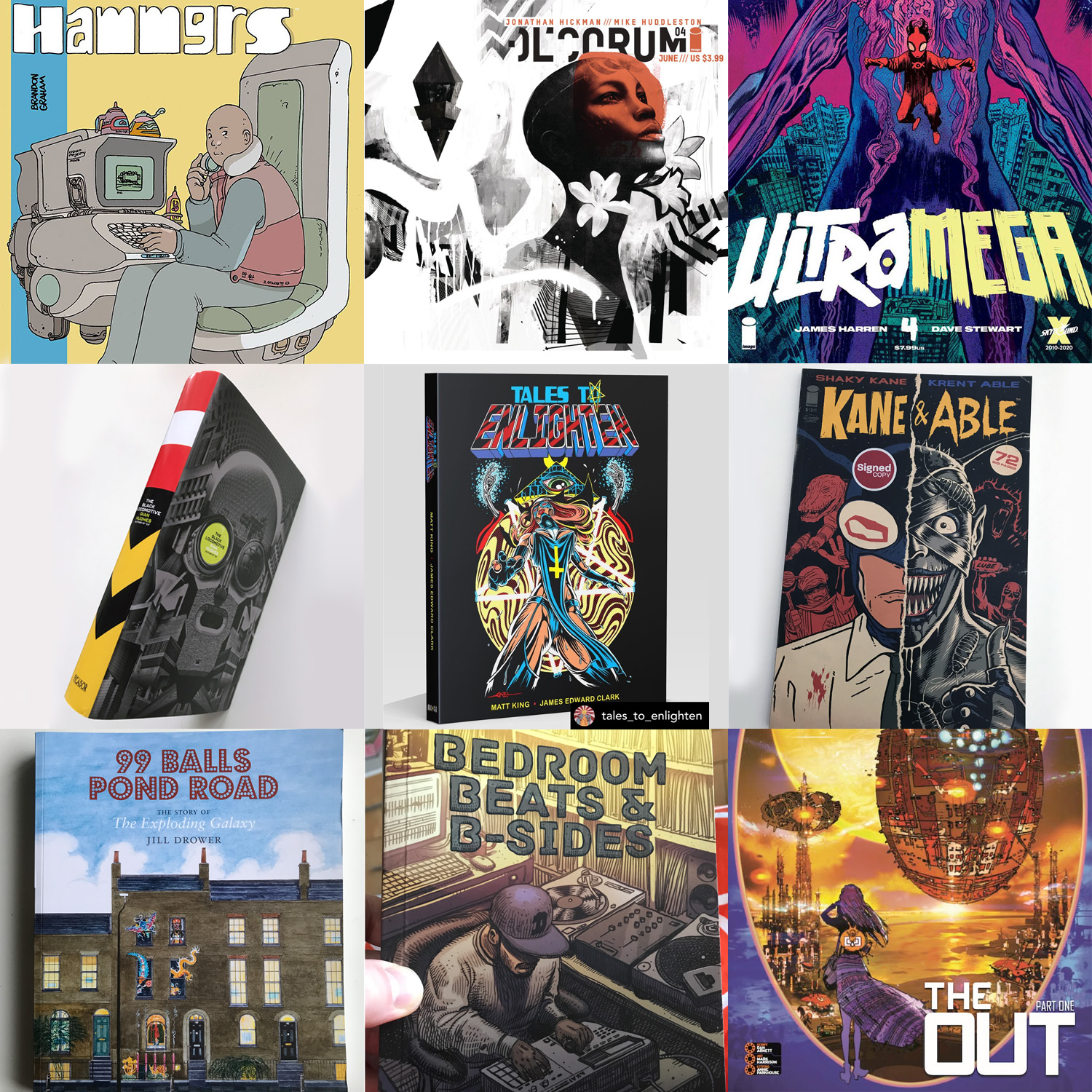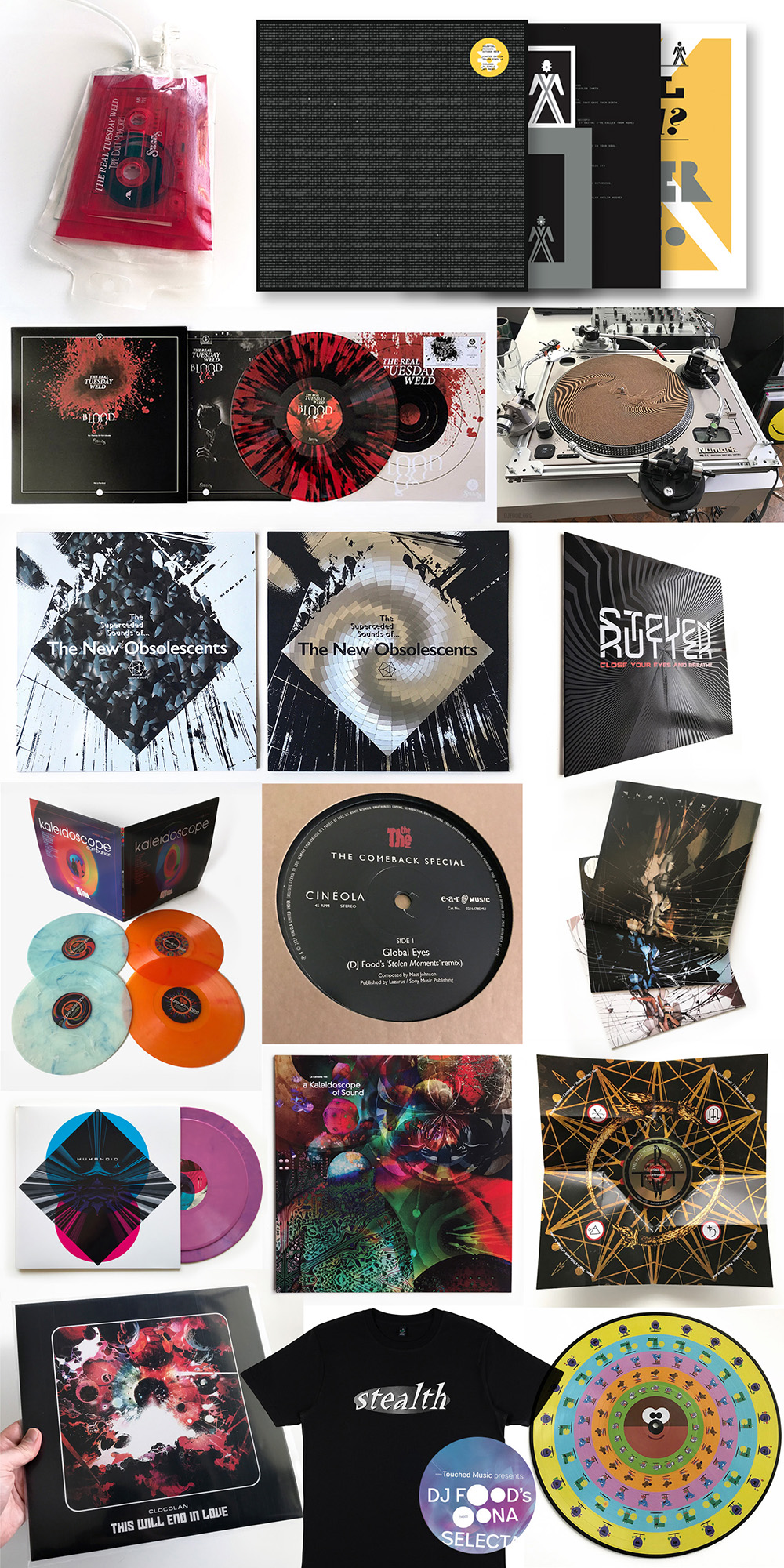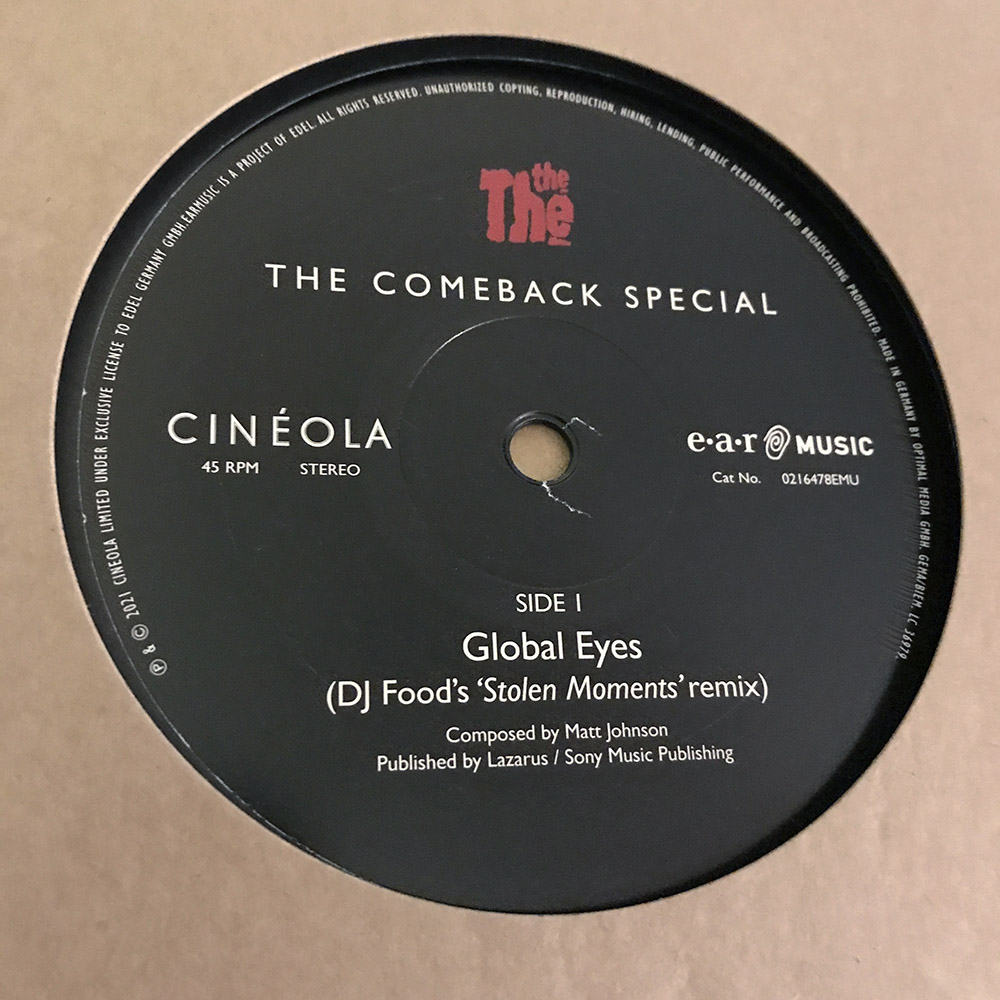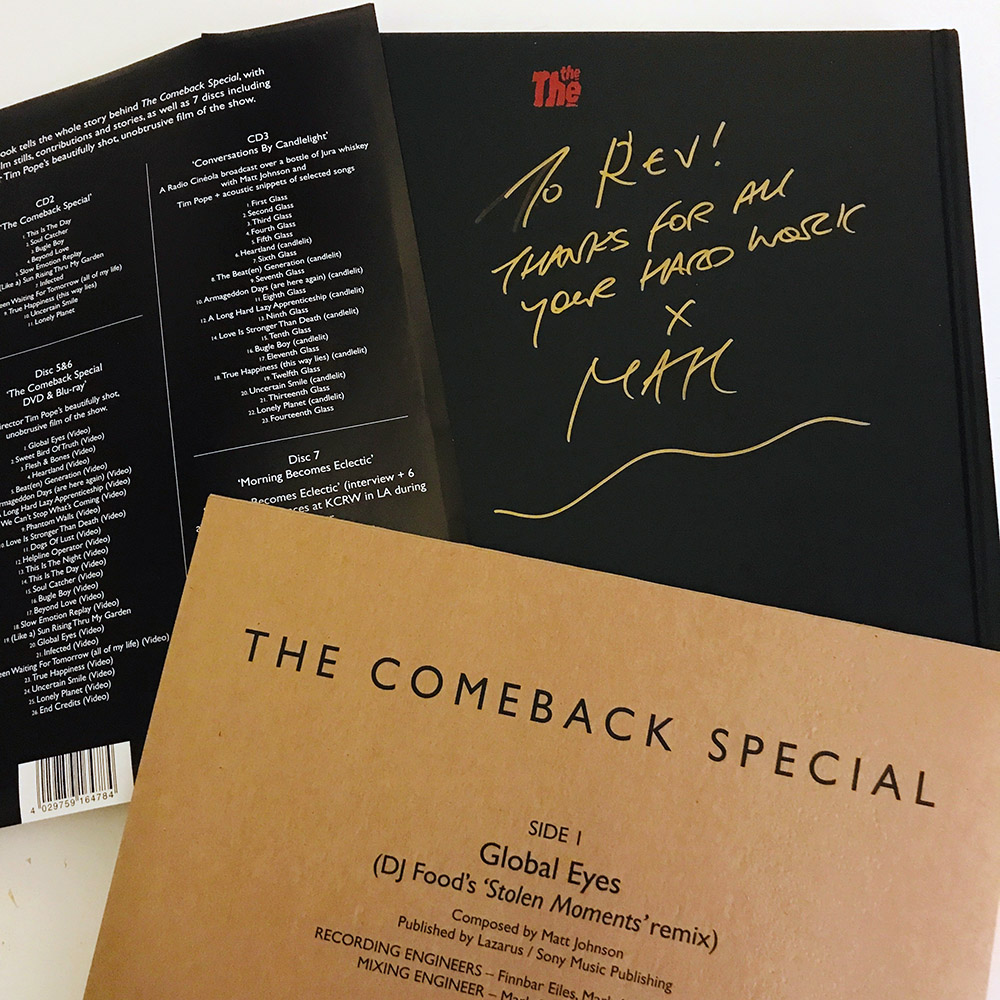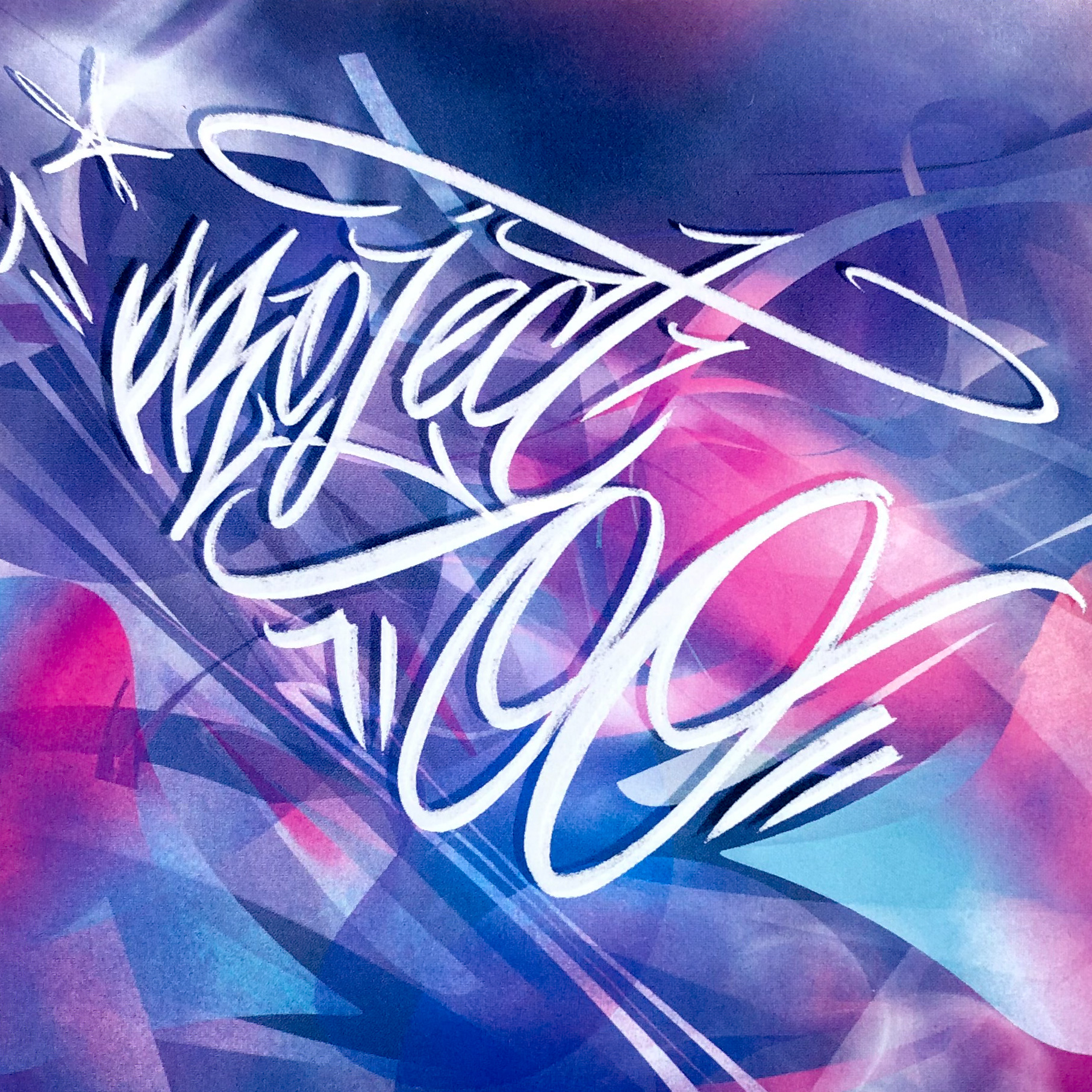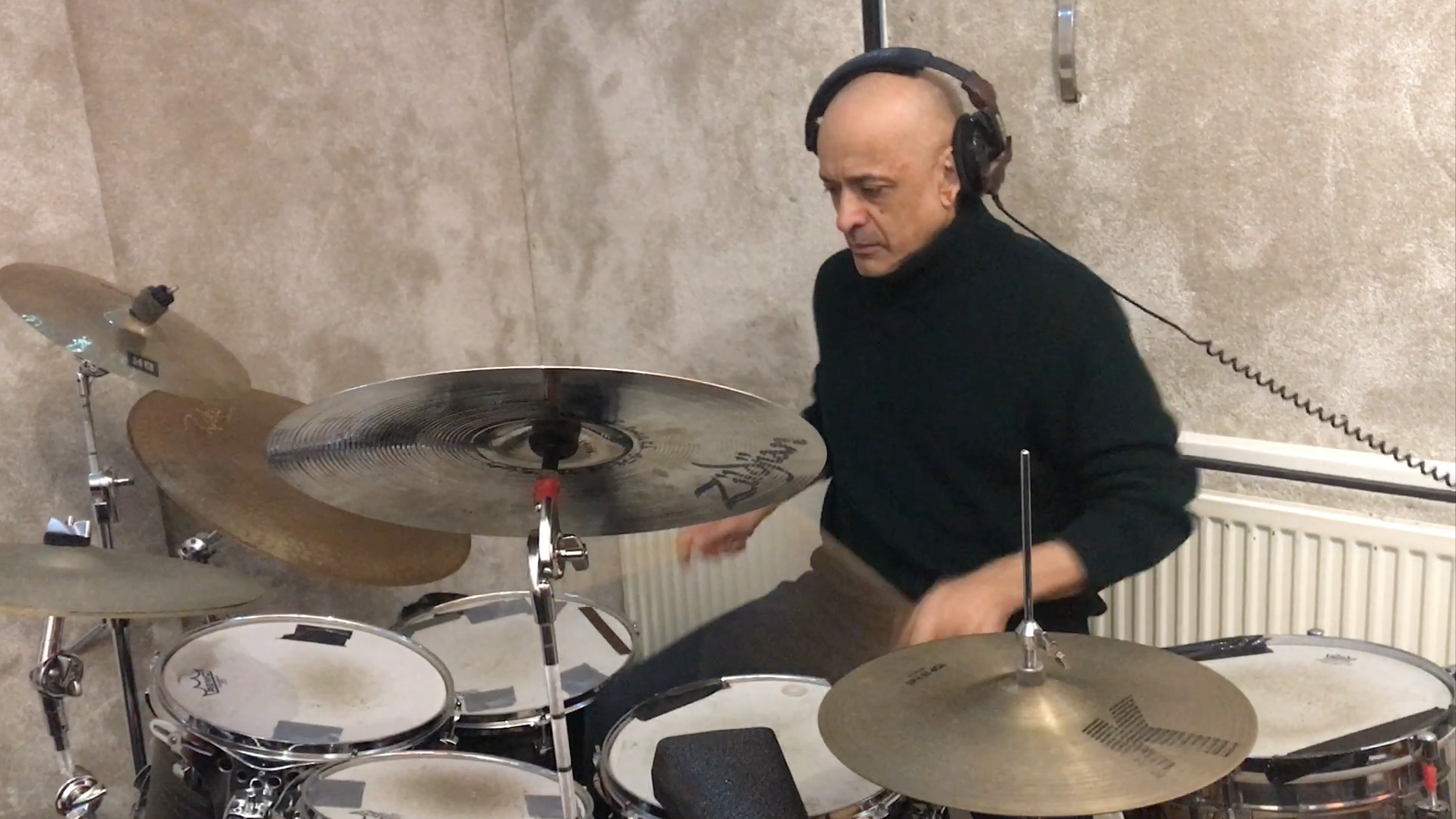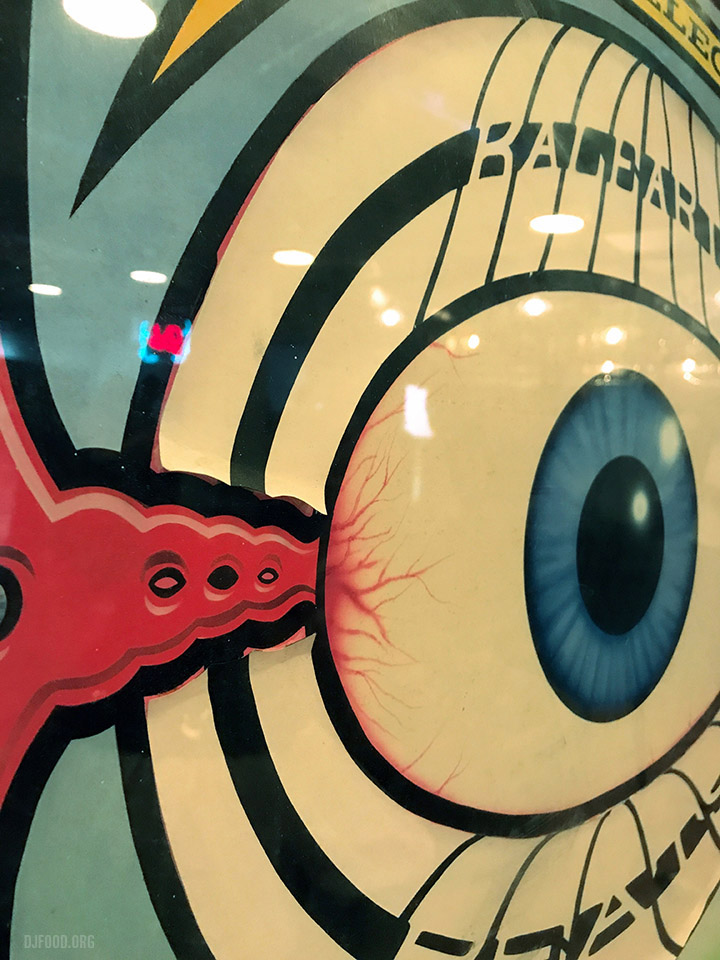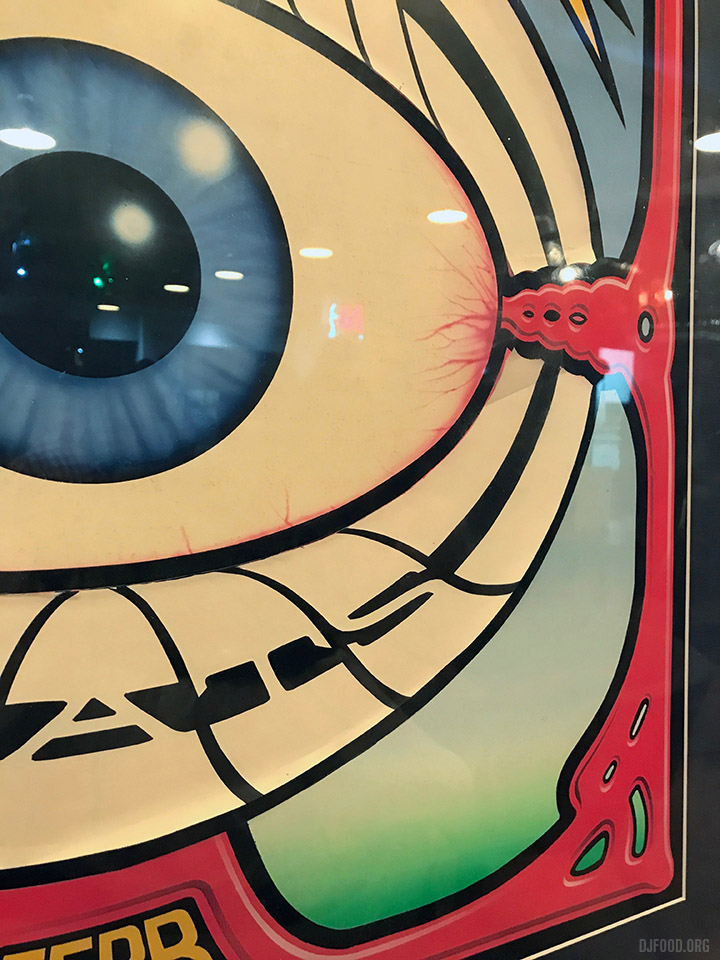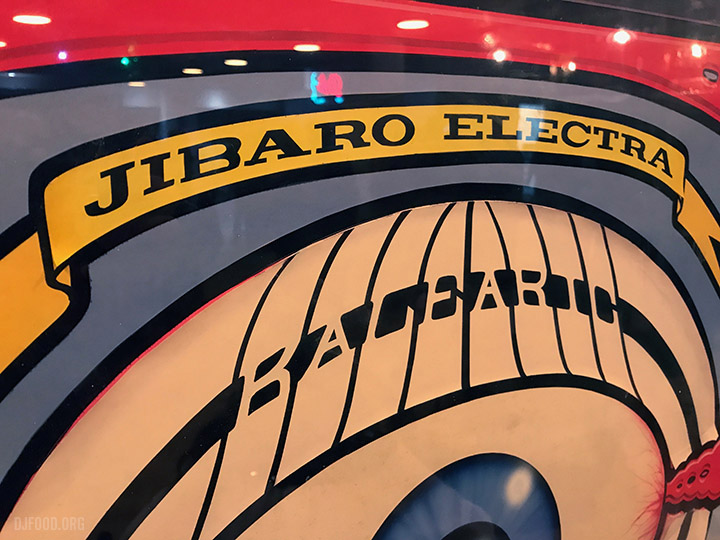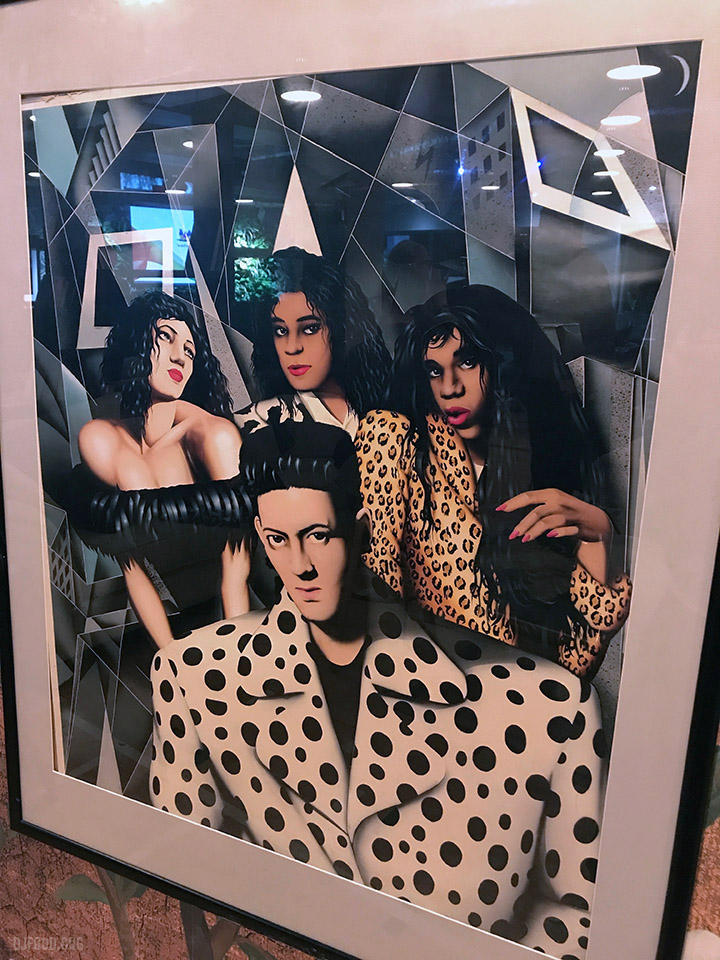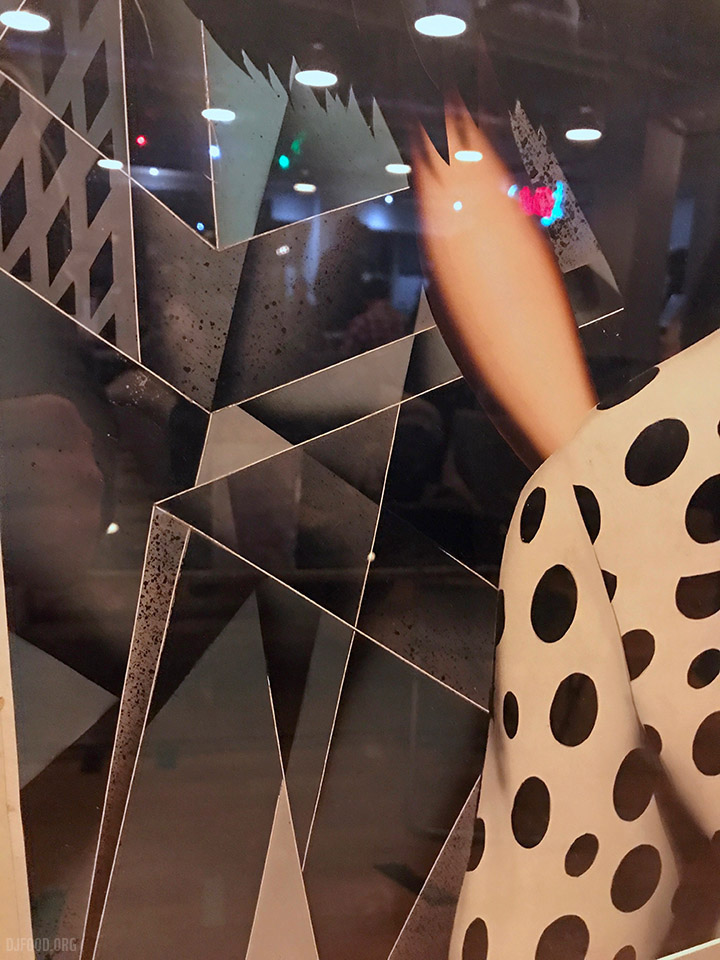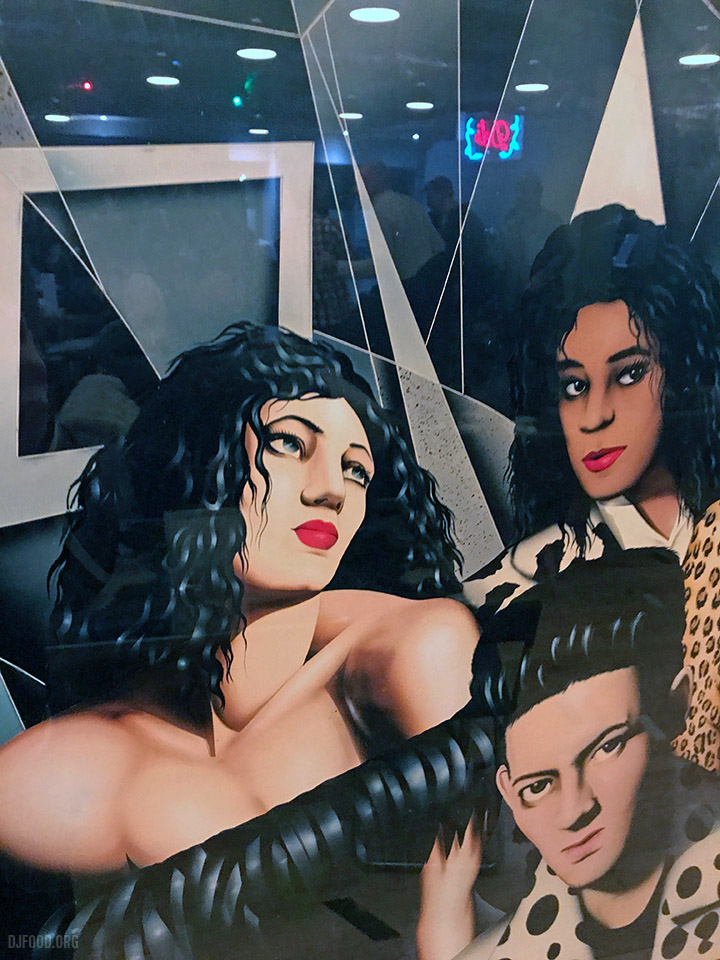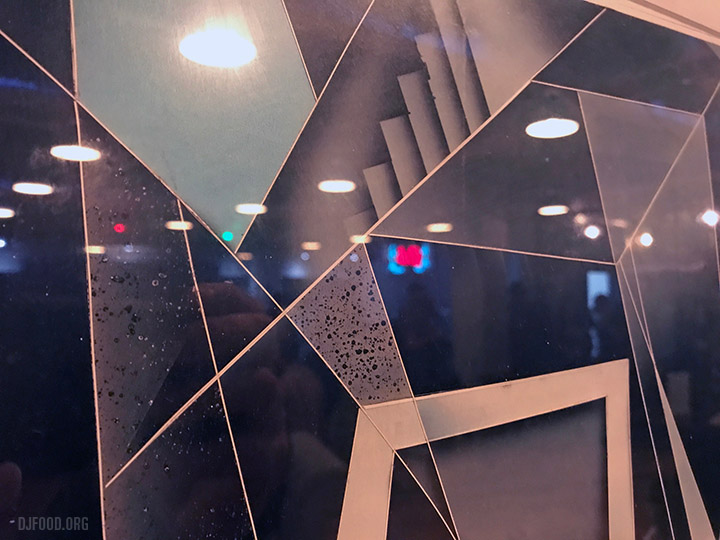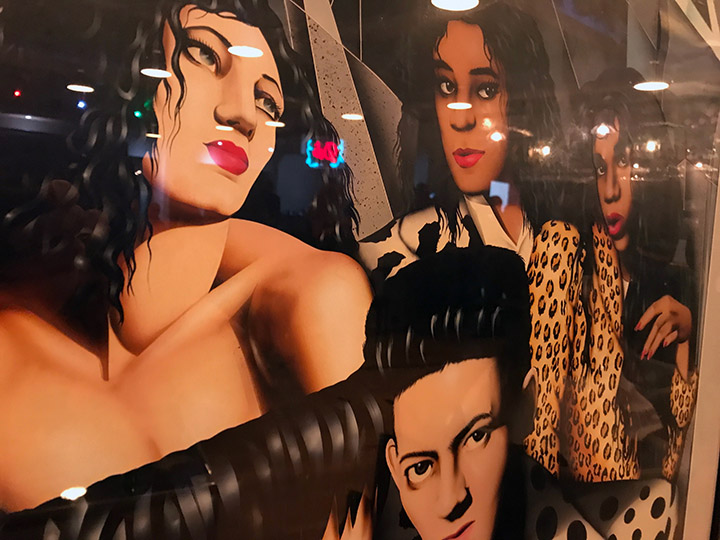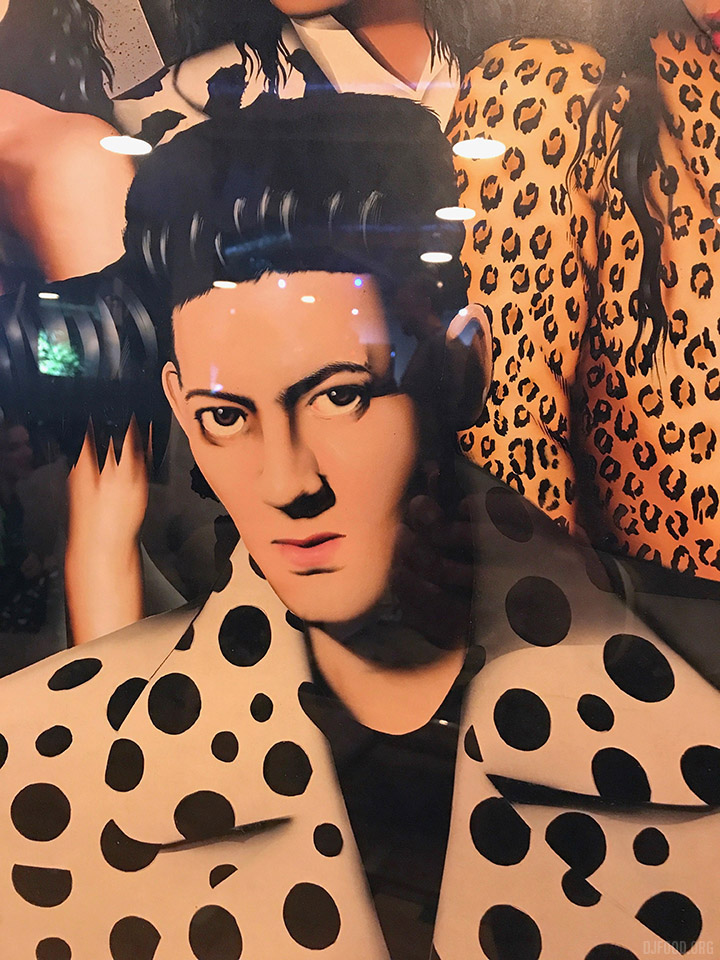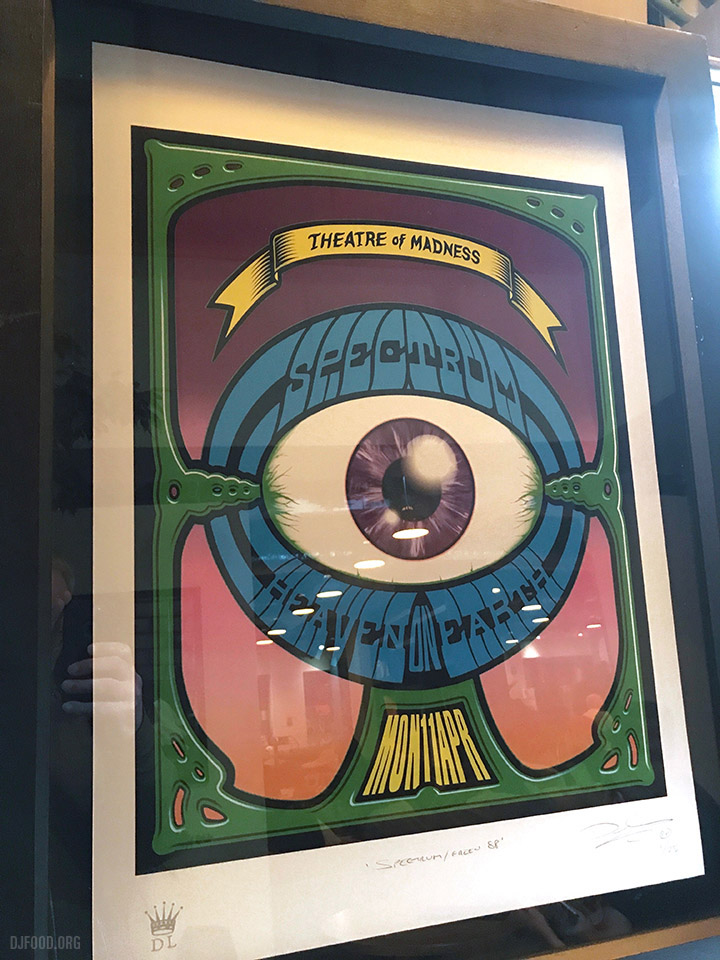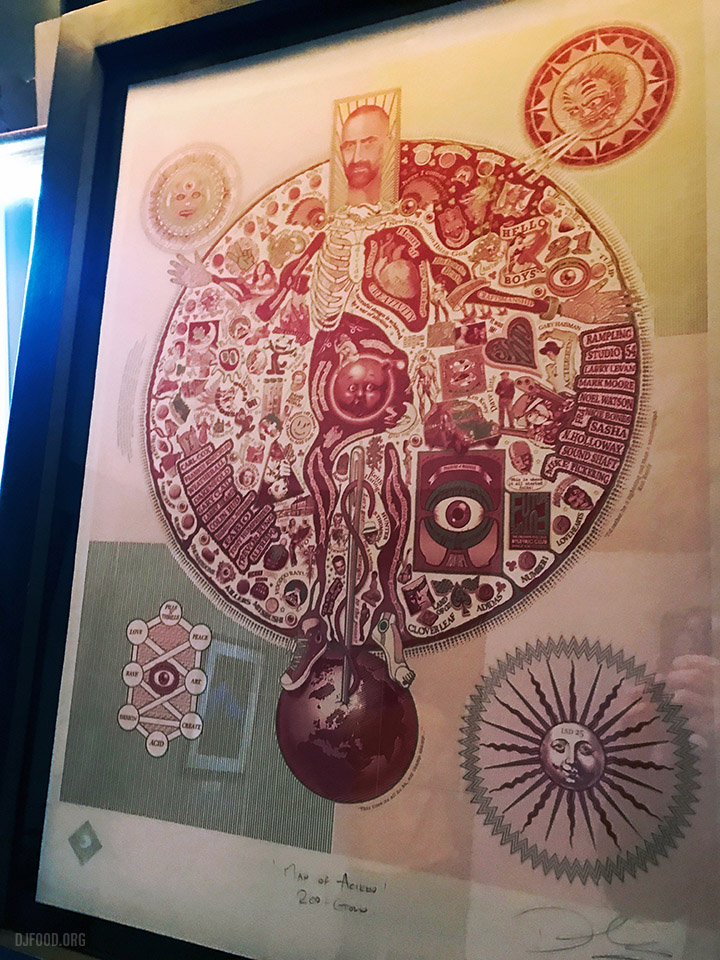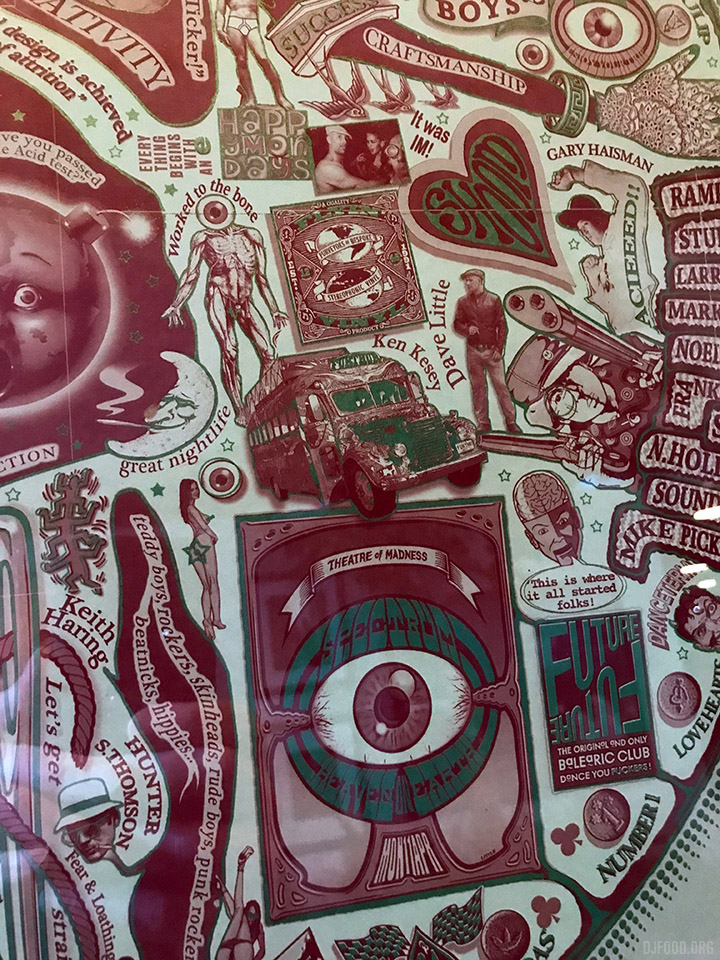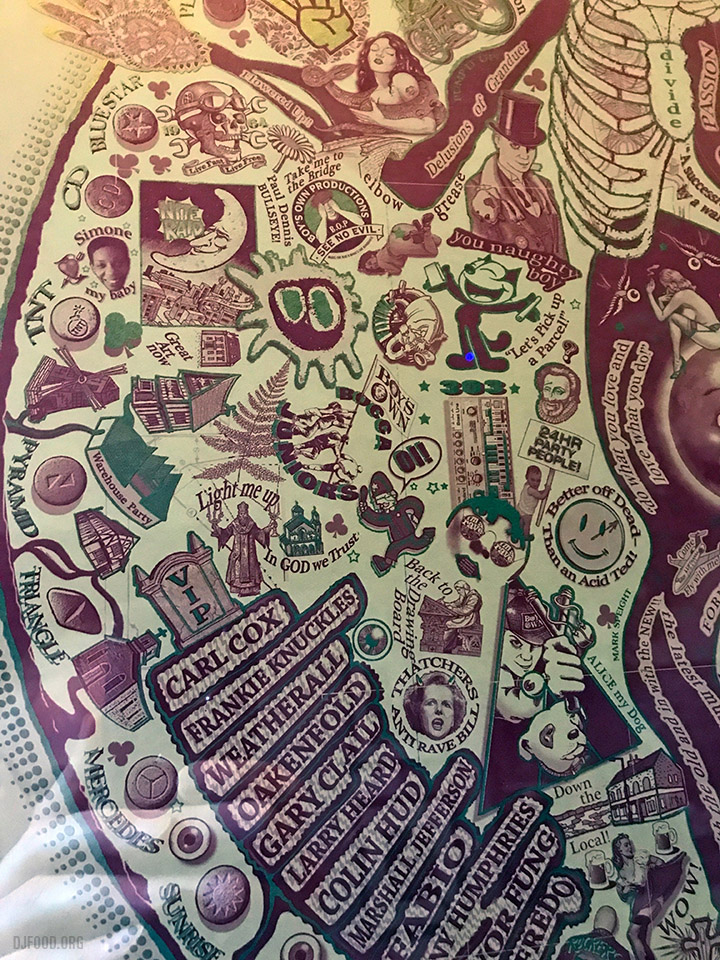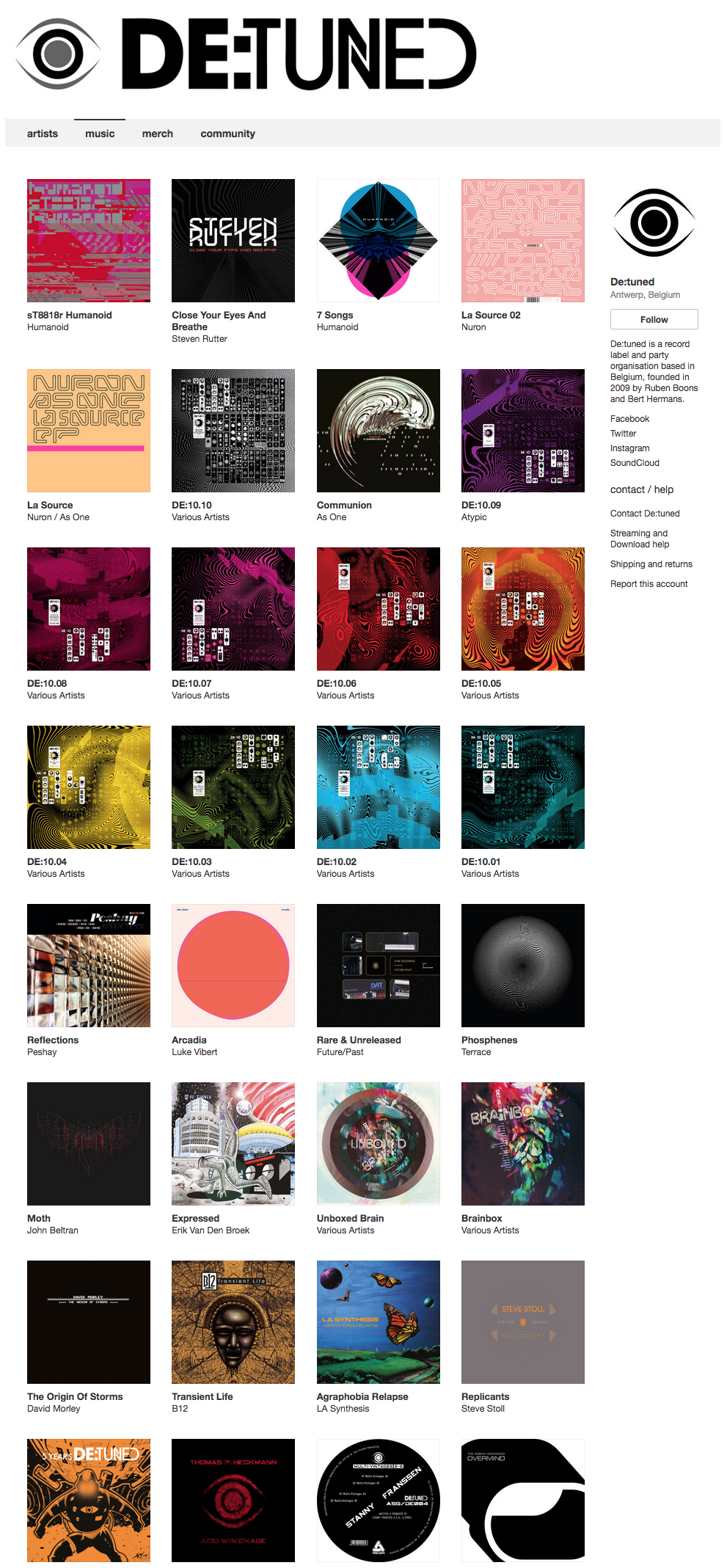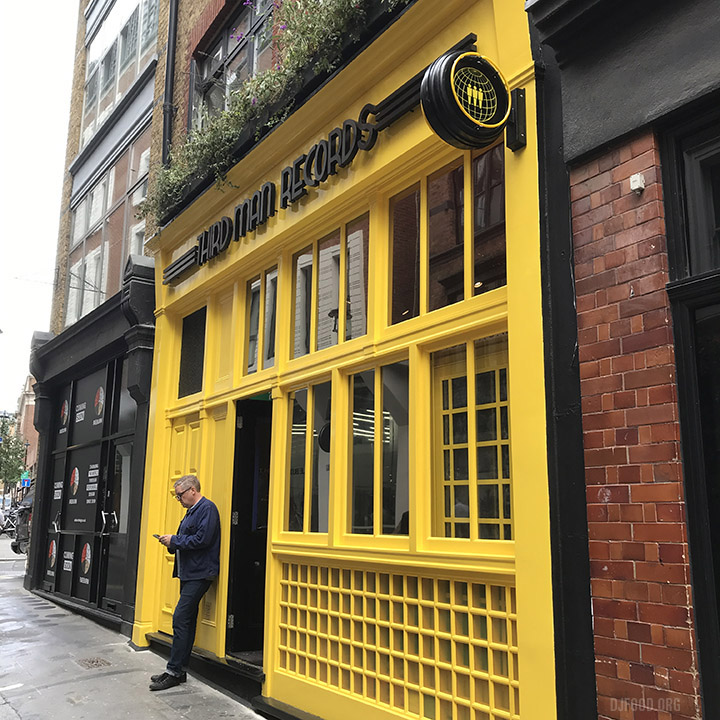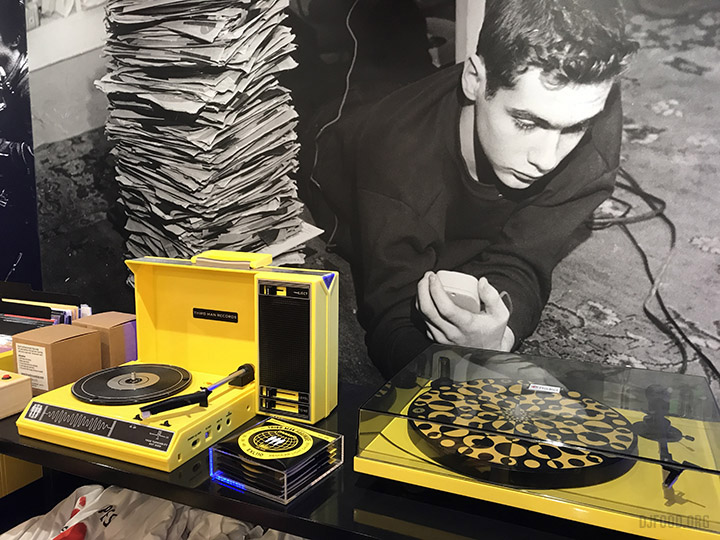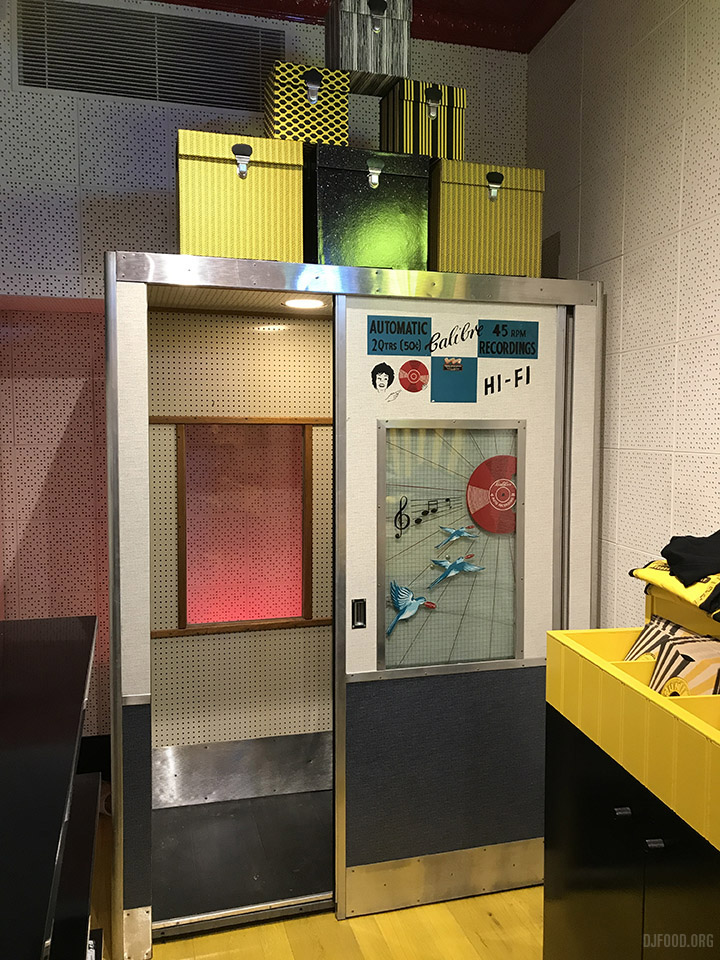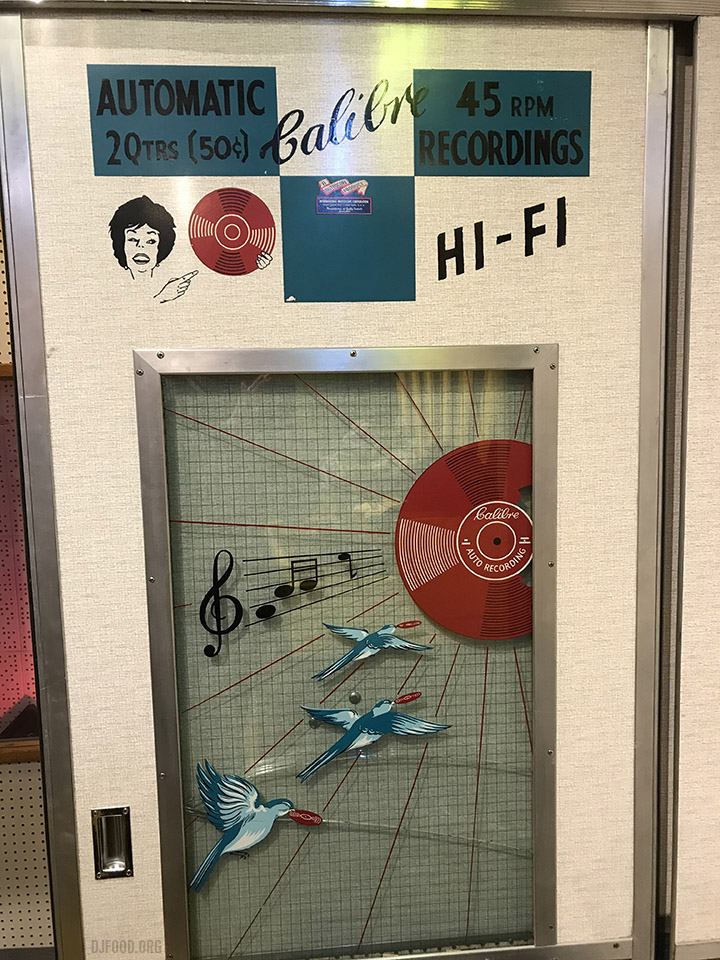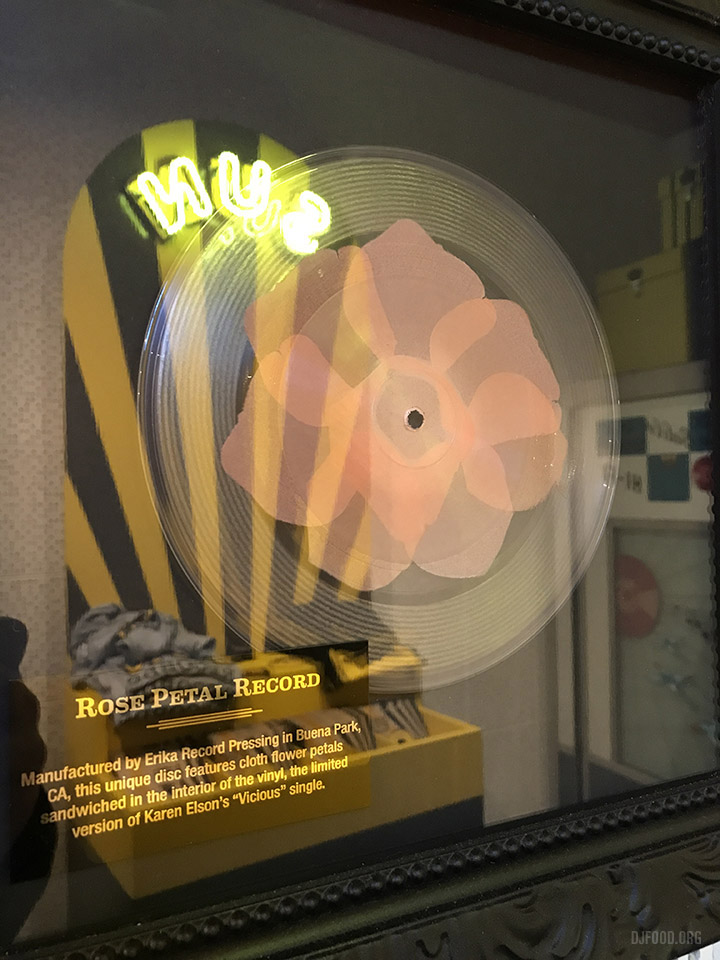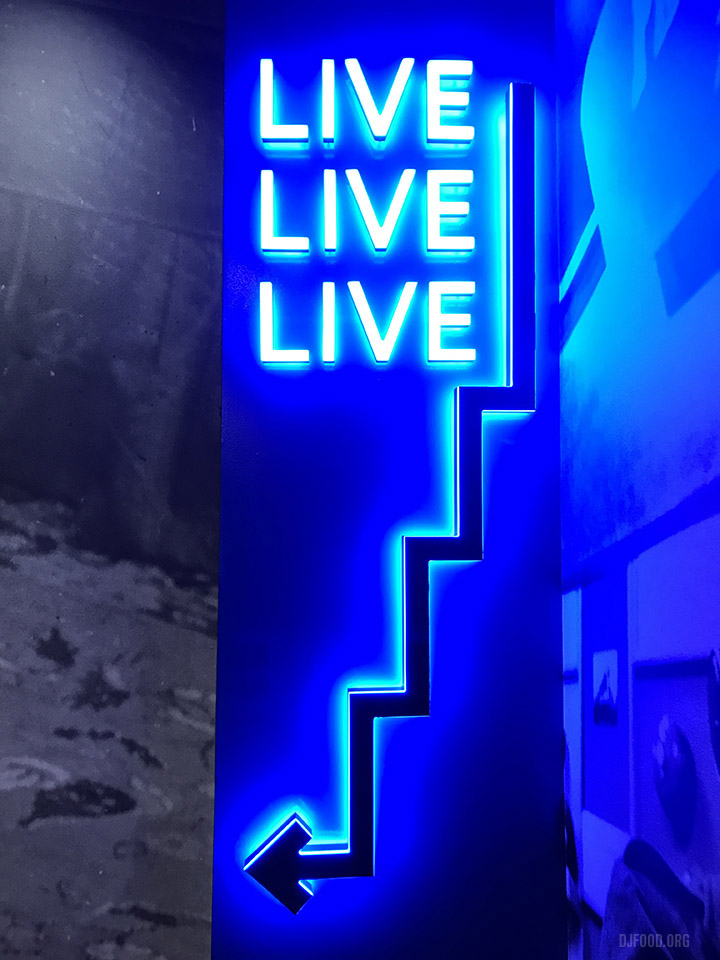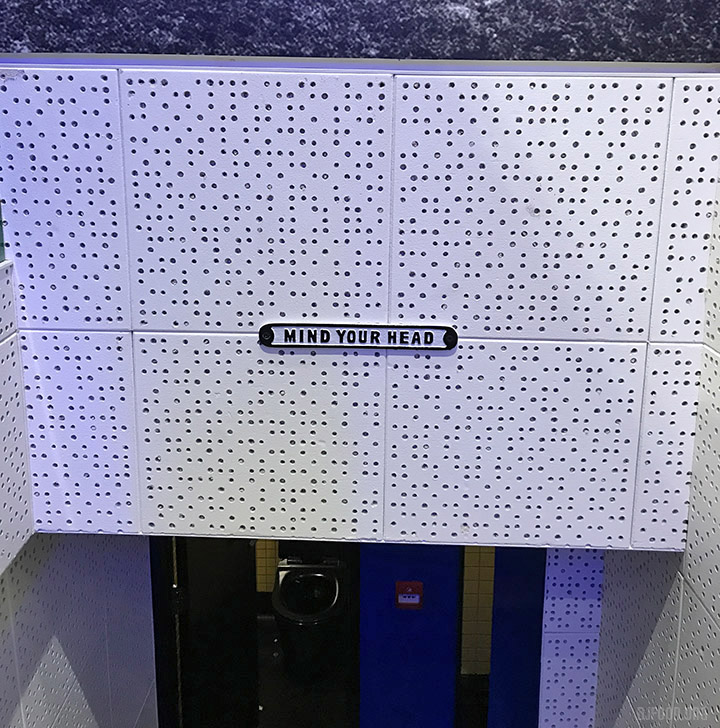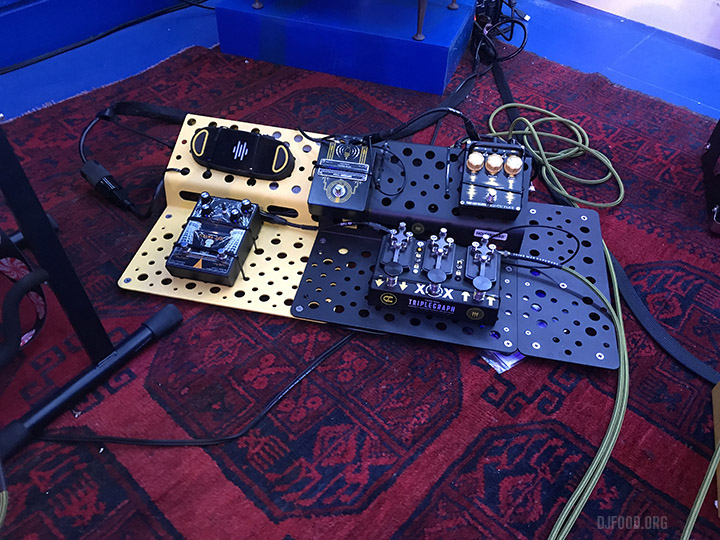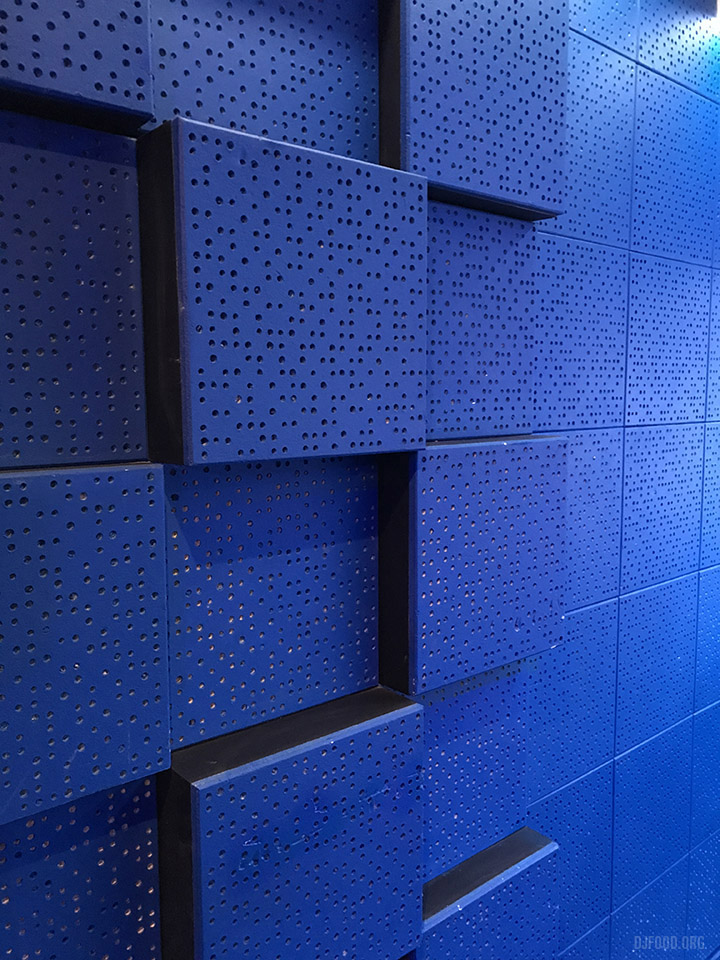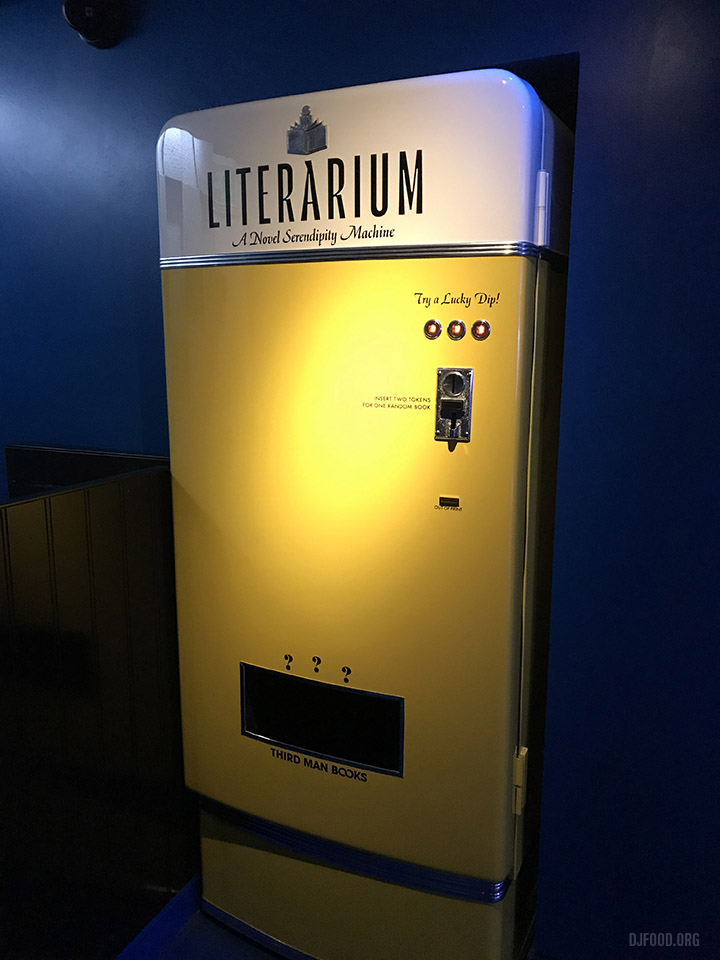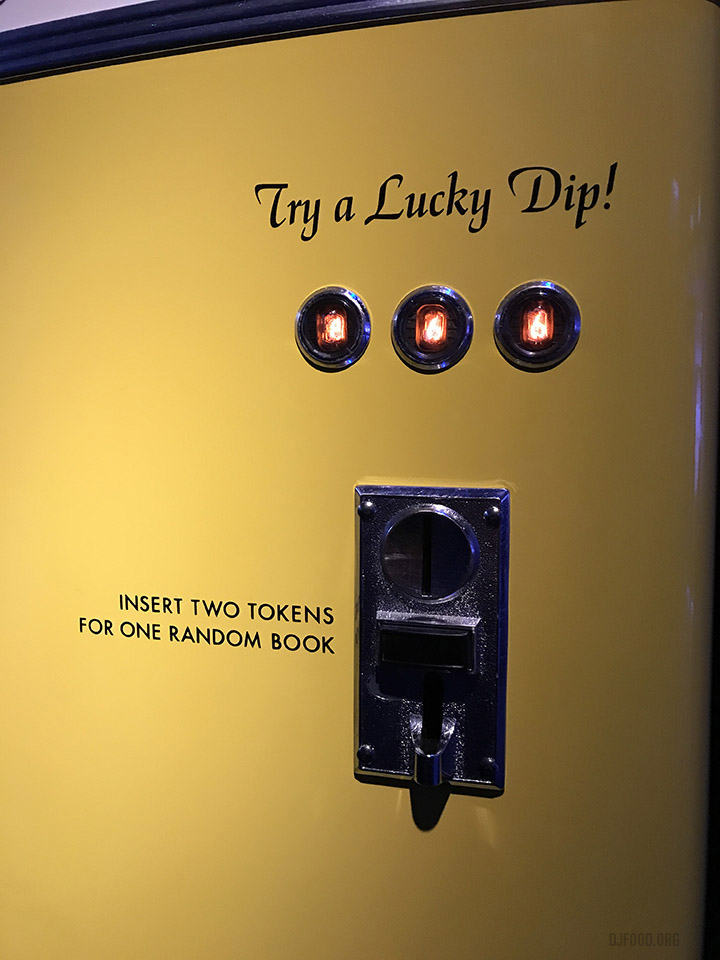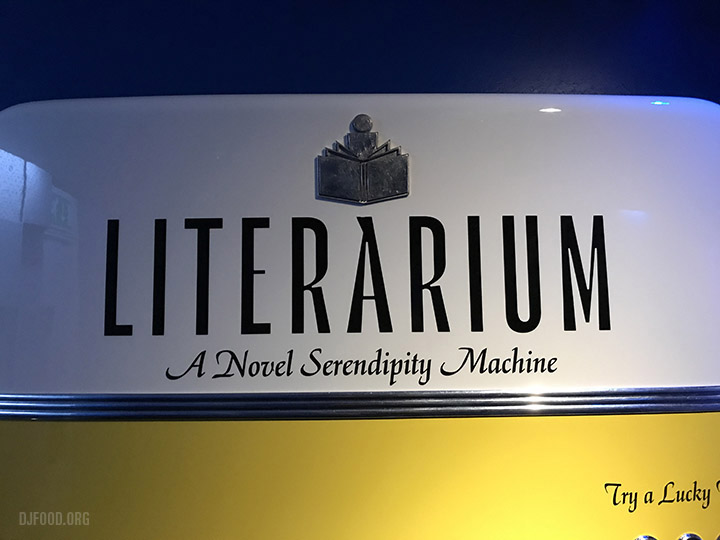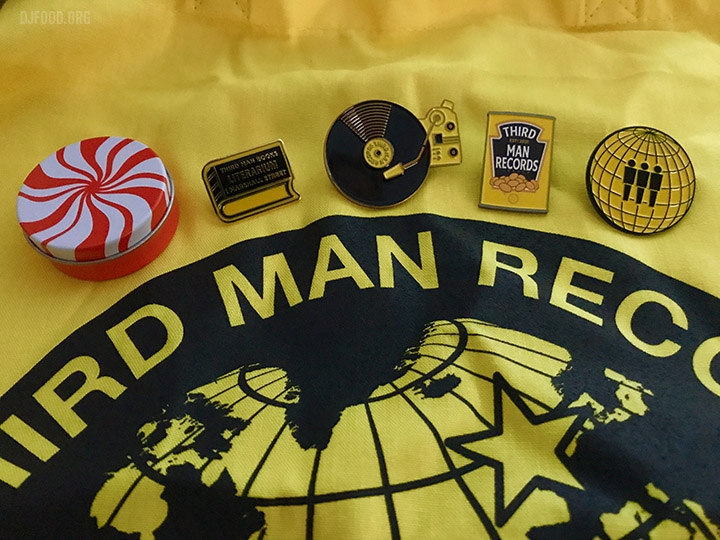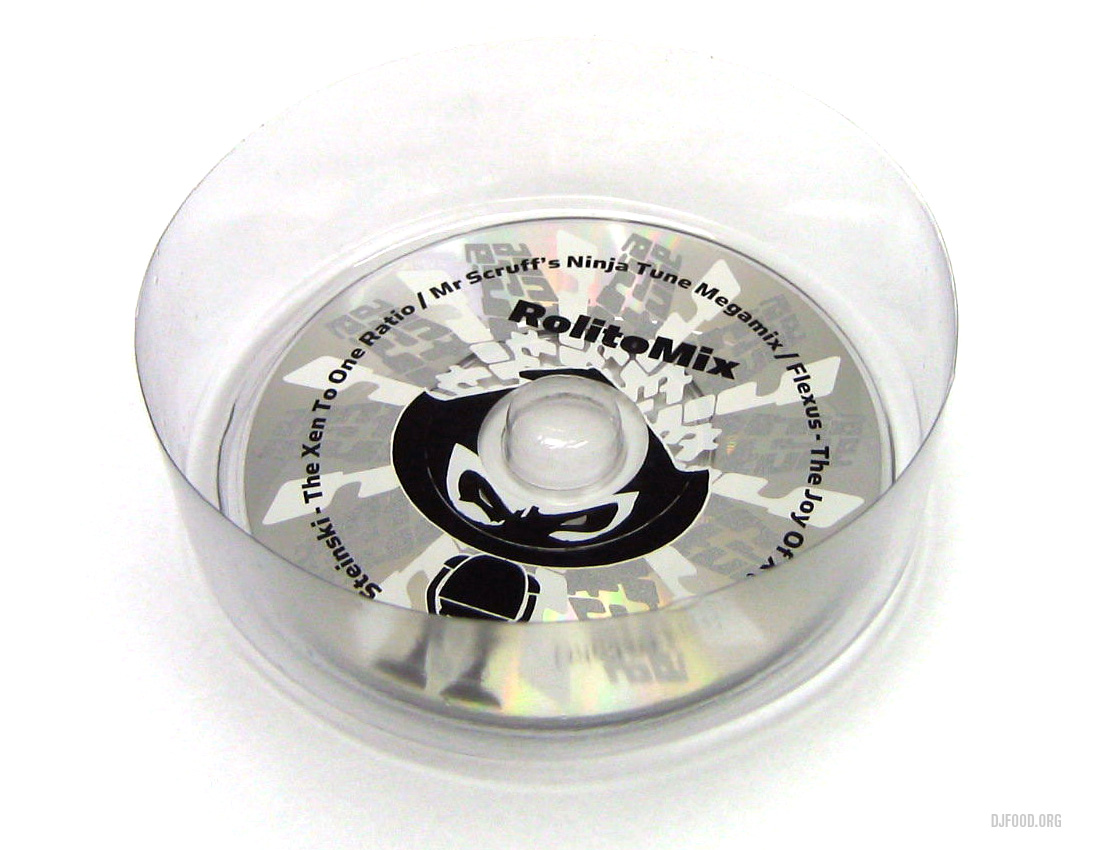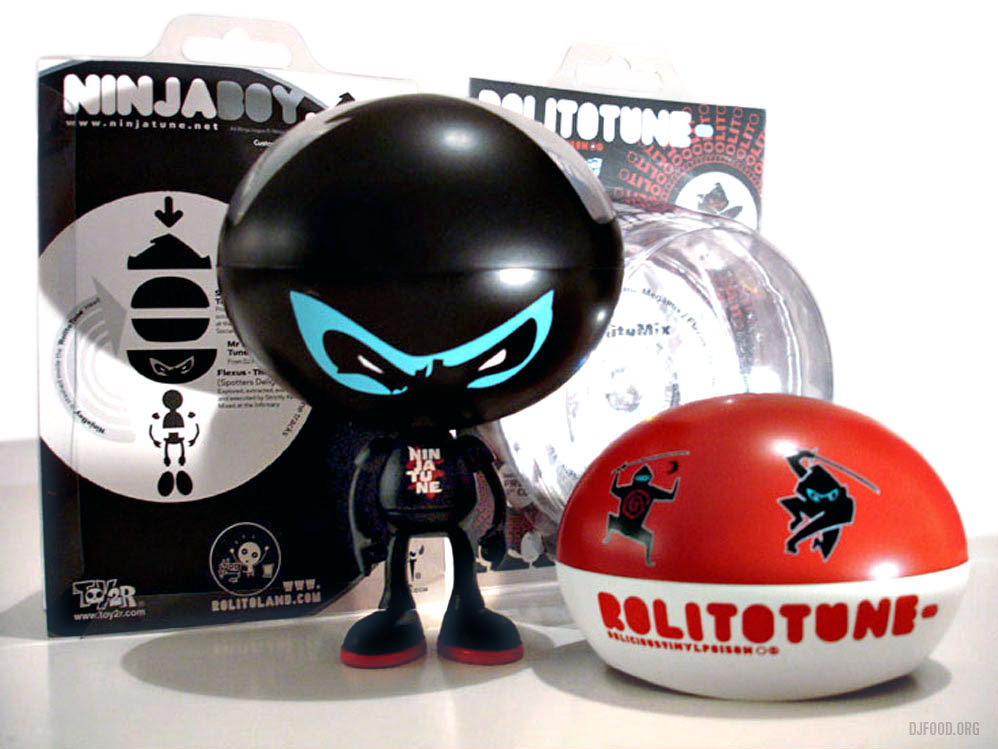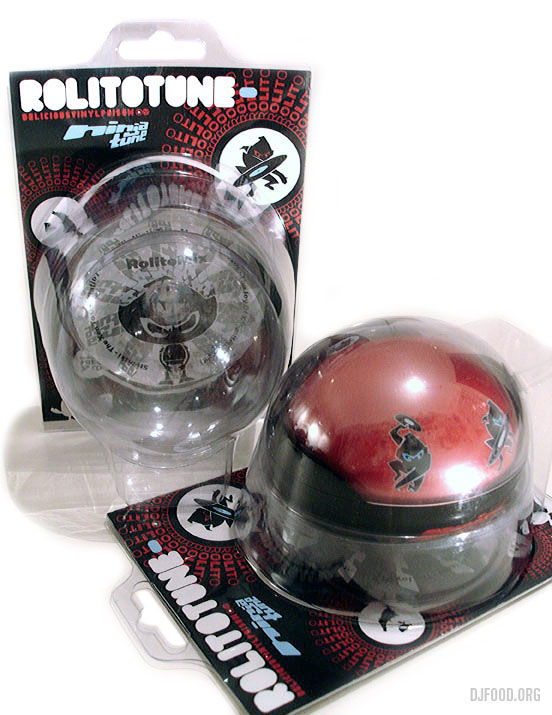After the Simboli Design Zodiac, the Funky Features Zodiac and the long Astrological door posters of Wespac, here’s the rest that took my fancy, picked up along the way but not fitting into a whole set that I can find.
Design
I’ve been doing some research for a current project and found the excellent website The Art of Diving along the way which provided all sorts of treats. I pulled a few choice examples of 70’s book art while I was there but give the site a visit as there is years worth to navigate.
The Fifth Dimension was a very short-lived club night in Leicester, it only lasted around two months by all accounts. I showcased plenty of acts in its short life though with an average of four gigs a week. It also had the distinction of having an original poster designed by Michael English of Hapshash & The Coloured Coat, printed in red, blue and gold as seen above. The original pencil line work for this was sold at auction many years back and a letter from Michael with it, signed and dated December 1999, explained the genesis and concept of the design.
”Normally, the structural design of our work was created on layout paper and then traced out onto the final artwork card. That layout was then invariably discarded as waste. However the 5th Dimension poster was so complex that it required a great deal more preparatory work. This meant the creation of a master drawing on cartridge paper whose more robust nature allowed us the freedom to erase and re-draw the various parts of the design until we were satisfied with it. That done, a final tracing was then made from it on layout paper which was then transferred to the card.
The complex maze like pattern that comprises the central theme of this poster was intended to give the impression of a window or doorway into a fifth dimension. The flickering effect of the colours together with the pattern creates a mesmerising experience that was supposed to draw the observer into another space. Under the influence of LSD, of course, the effect would have been much more dramatic”.
Below is a local paper listing for the opening night of the club, presumably before they had the poster above. By the end of October the night would be over.
Having already covered adverts for the UFO Club in a previous post I thought I’d try to match the posters up with the dates. The club started life at The Blarney Club in the basement of the Berkley Cinema at 31 Tottenham Court Road in December 1966. Founded by John ‘Hoppy’ Hopkins and Joe Boyd, the night was first billed as ‘UFO Presents Nite Tripper‘ because they couldn’t decide on a name, it came to be the former, pronounced, ‘You-Fo’ (Unlimited Freak Out). The woman on the first poster is Karen Astley, at the time Pete Townsend‘s girlfriend, her face painted by Michael English.
Listings taken from the UFO wiki page, I’ve tried to match posters to the dates but sometimes bands were announced but wouldn’t play as their fame grew and other commitments called. Most were done by Michael English and Nigel Waymouth who designed under the name Hapshash & The Coloured Coat.
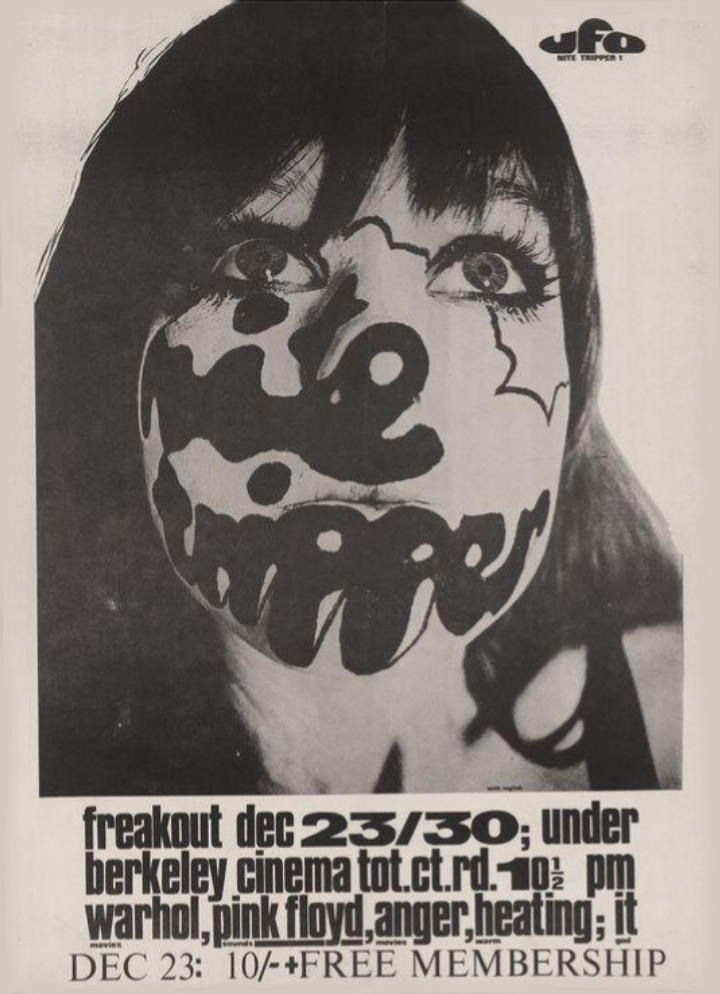
23/30 Dec: Nite Tripper under Gala Berkeley Cinema; Warhol movies; Soft Machine; Pink Floyd; Anger movies; Heating warm; IT god
Poster by Michael English
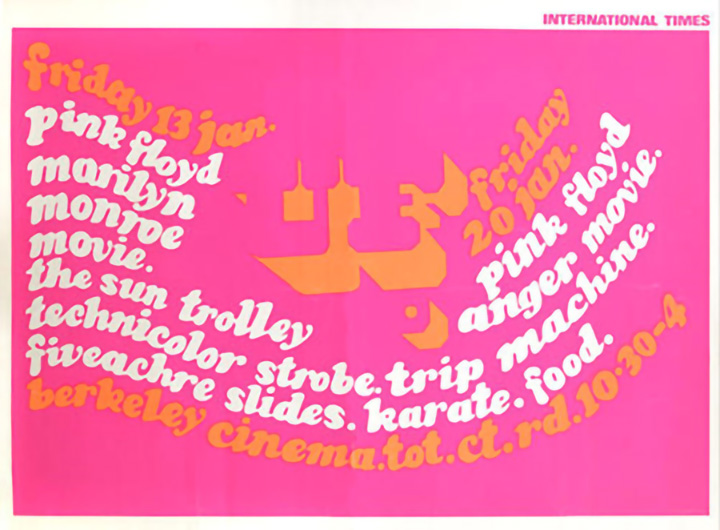
13 Jan: Pink Floyd; Marilyn Monroe movie; The Sun Trolley; Technicolor strobe; Five acre slides; Karate
20 Jan: Pink Floyd; Anger movie
Poster by Michael English
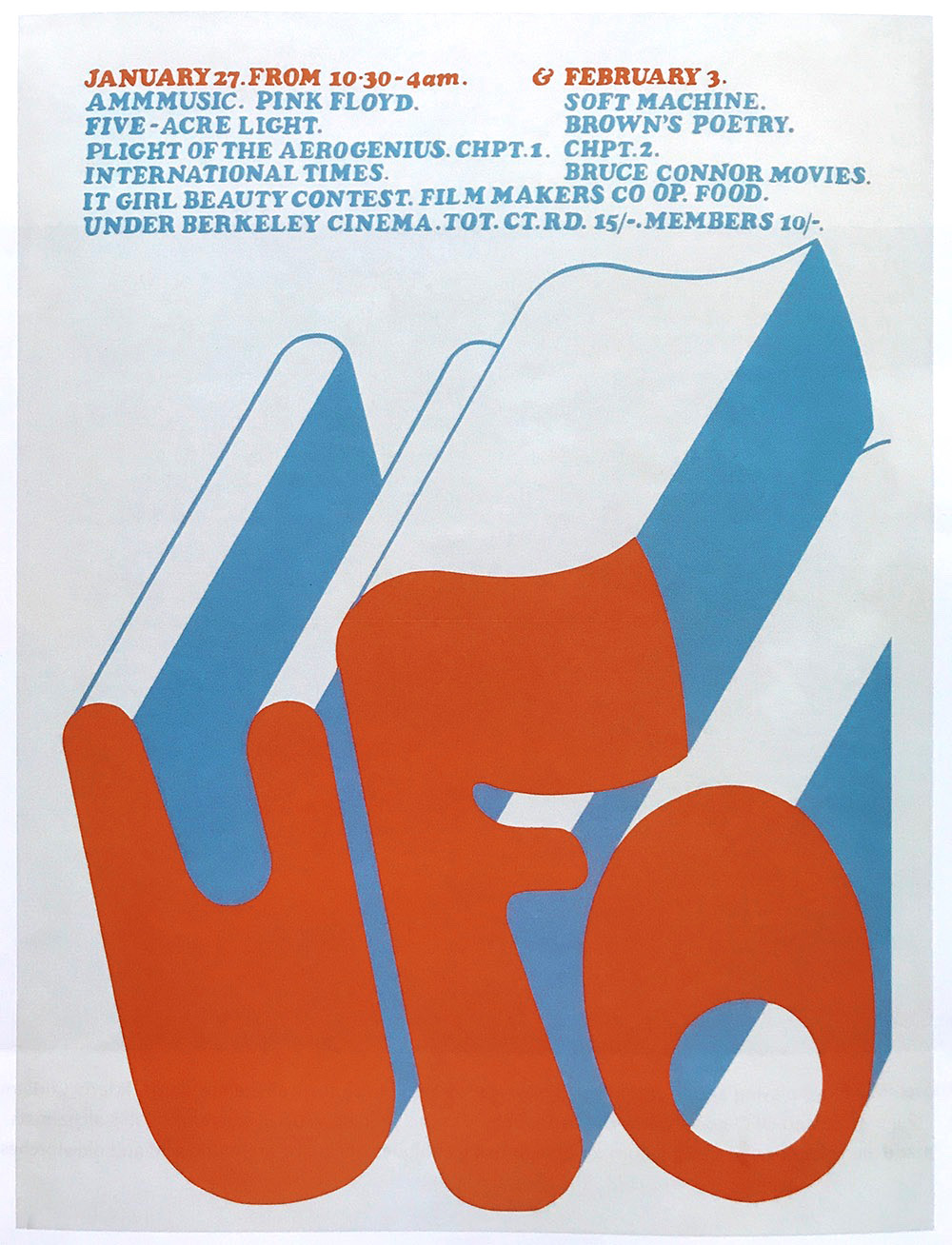
27 Jan: AMM Music; Pink Floyd; Five Acre Light; Flight of the Aerogenius Chpt 1; International Times; IT Girl Beauty Contest
3 Feb: Soft Machine; Brown’s Poetry; Flight of the Aerogenius Chpt 2; Bruce Connor Movies
Poster by Michael English
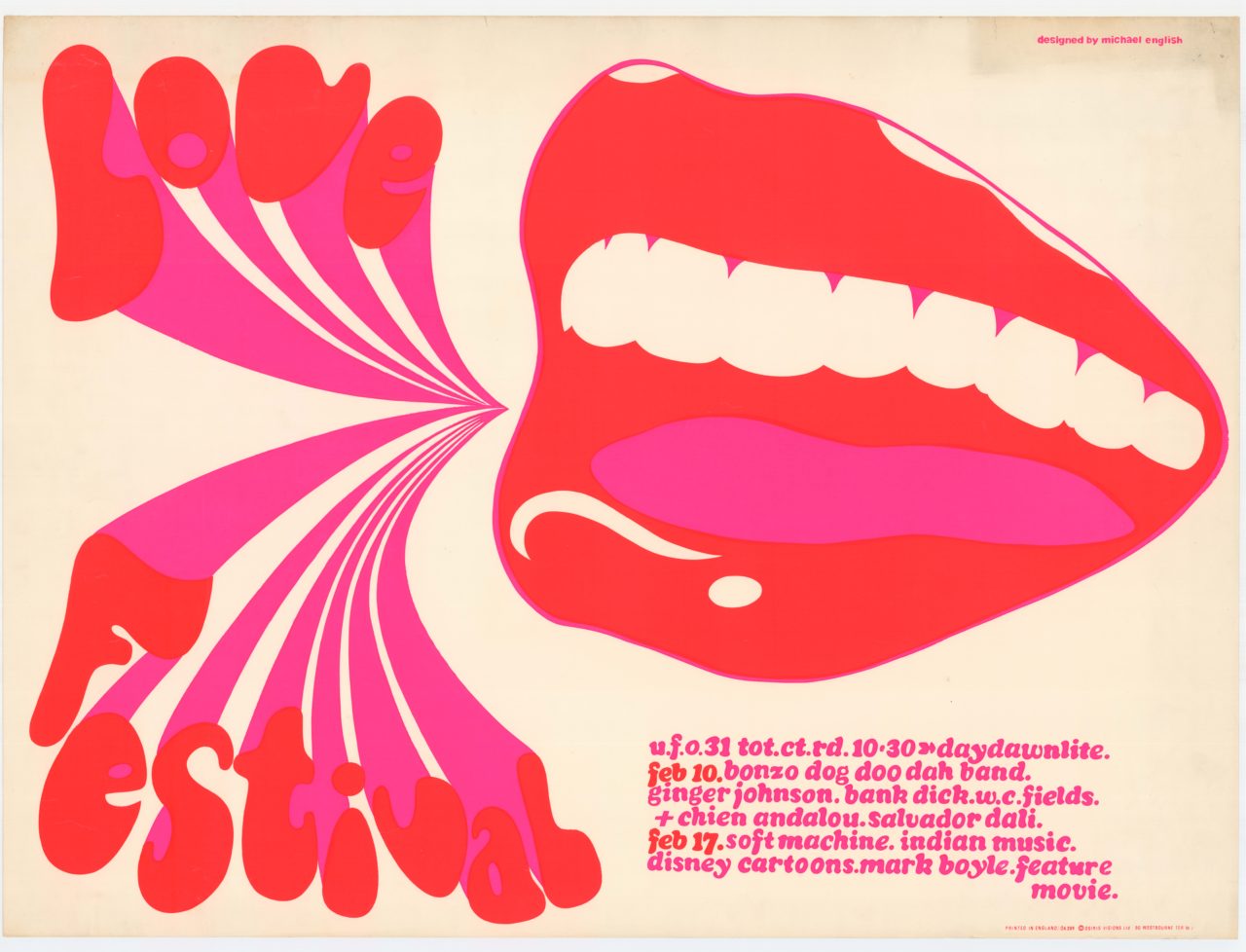
10 Feb: Bonzo Dog Doo Dah Band; Ginger Johnson African Drums; flix – Dali – Bunuel, WC Fields
17 Feb: Soft Machine; Indian Music; Disney Cartoons; Mark Boyle Projections; Feature Movie; ‘erogenius 3 + 4’
Poster by Michael English
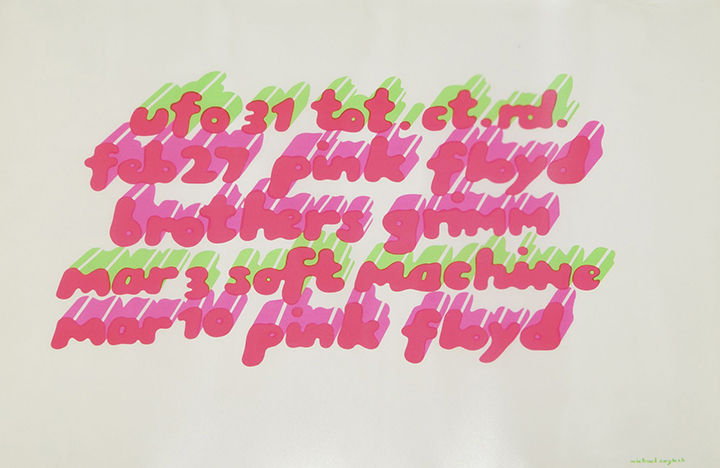
27 Feb: Pink Floyd; Brothers Grimm
3 Mar: Soft Machine; Pink Floyd
10 Mar: Pink Floyd
Poster by Michael English, below is English’s original artwork, notice there is a mistake with the date, it should have read Feb 24th
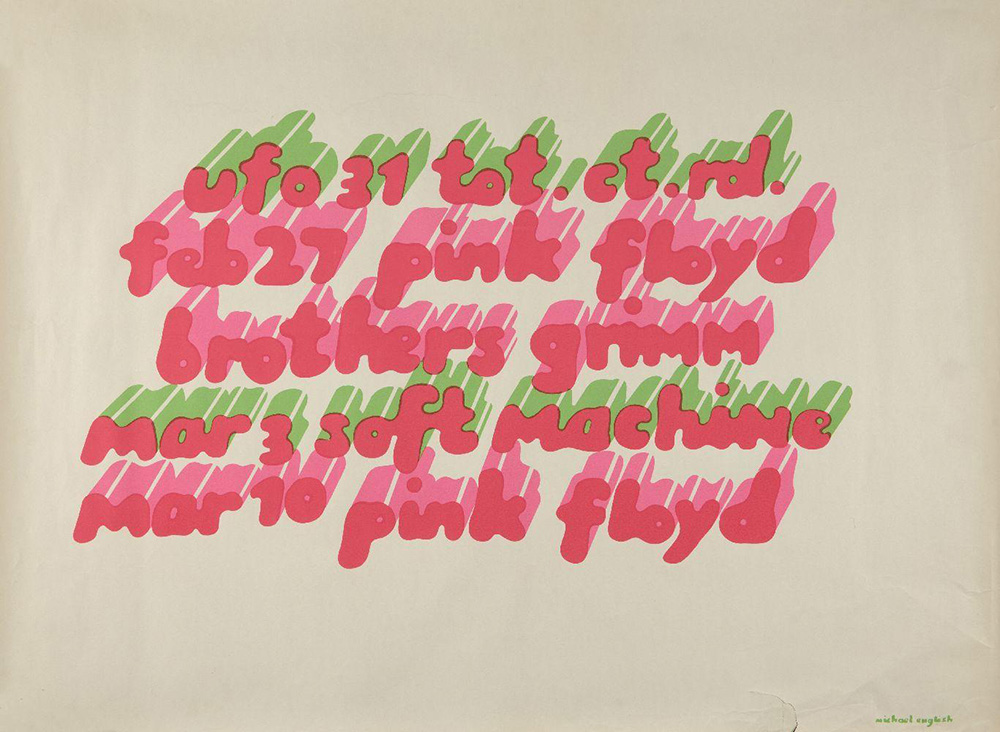
17 Mar: St Patrick’s day off – or ‘St Pattys – stay home’ as this flyer says
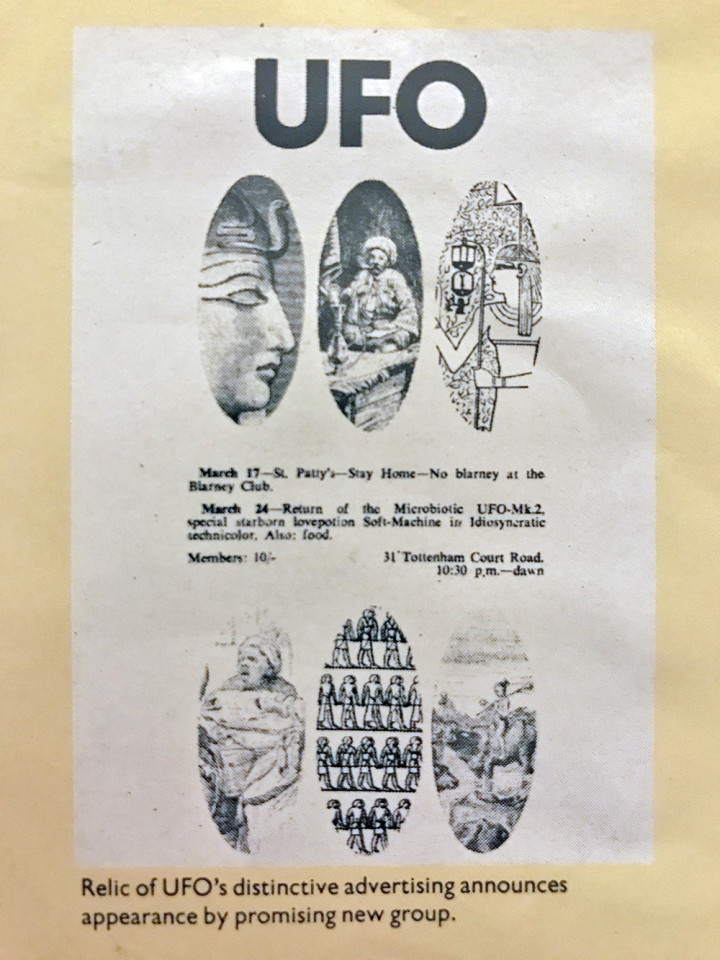
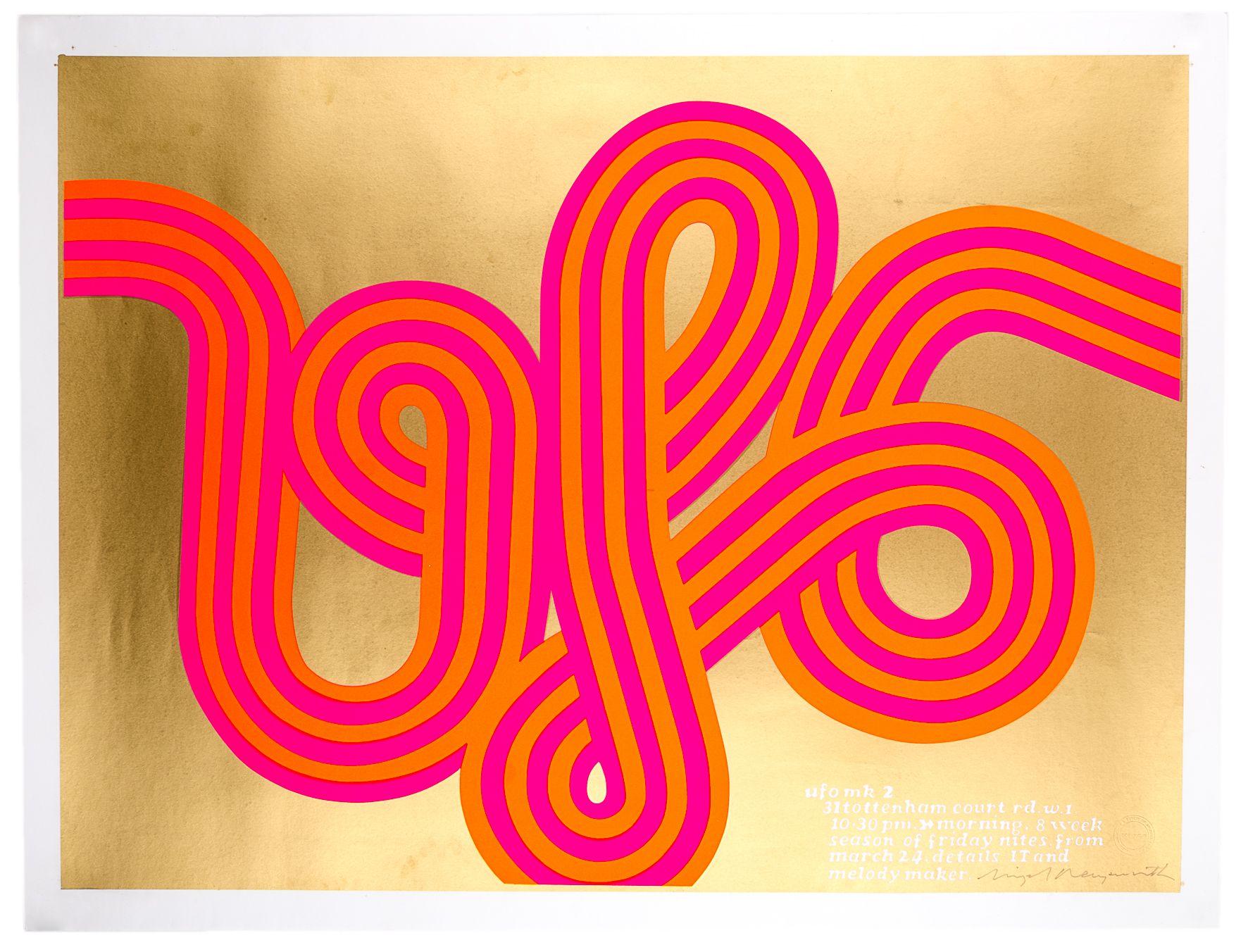
The classic ‘UFO Mk2’ by Hapshash & The Coloured Coat, this is the reprint, stamped and signed by Nigel Waymouth
24 Mar: Soft Machine
31 Mar: Crazy World of Arthur Brown; Pink Alberts; ‘spot the fuzz contest’
7 Apr: Soft Machine
14 Apr: Arthur Brown; Social Deviants; Special: the fuzz
21 Apr: Pink Floyd
28 Apr: Tomorrow; The Purple Gang
(29/30 Apr: The 14 Hour Technicolor Dream at the Alexandra Palace) – To be covered in a future post…
5 May: Soft Machine; Arthur Brown
12 May: The Graham Bond Organisation; Procol Harum
19 May: Tomorrow; Arthur Brown; The People Show
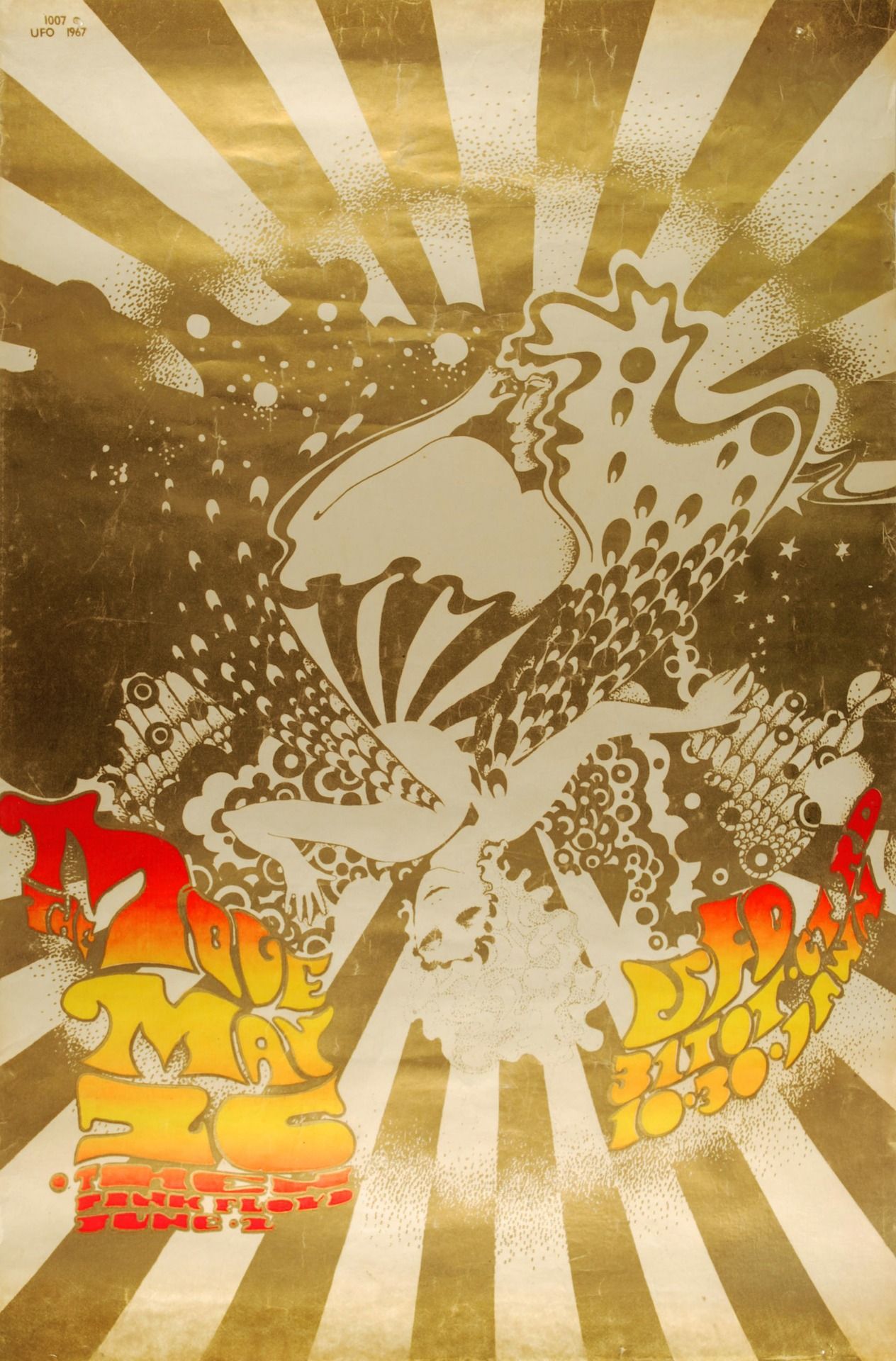
26 May: The Move, The Knack
2 Jun: Pink Floyd; Soft Machine; The Tales of Ollin dance group; Hydrogen Jukebox
Poster by Jacob And The Coloured Coat (Michael English & Nigel Waymouth)
9 Jun: Procol Harum; The Smoke
10 Jun: Pink Floyd
16 Jun: Crazy World of Arthur Brown; Soft Machine; The People Blues Band 4.30am
23 Jun: Liverpool Love Festival; The Trip
30 Jun: Tomorrow; The Knack; Dead Sea Fruit
7 Jul: Denny Laine; The Pretty Things
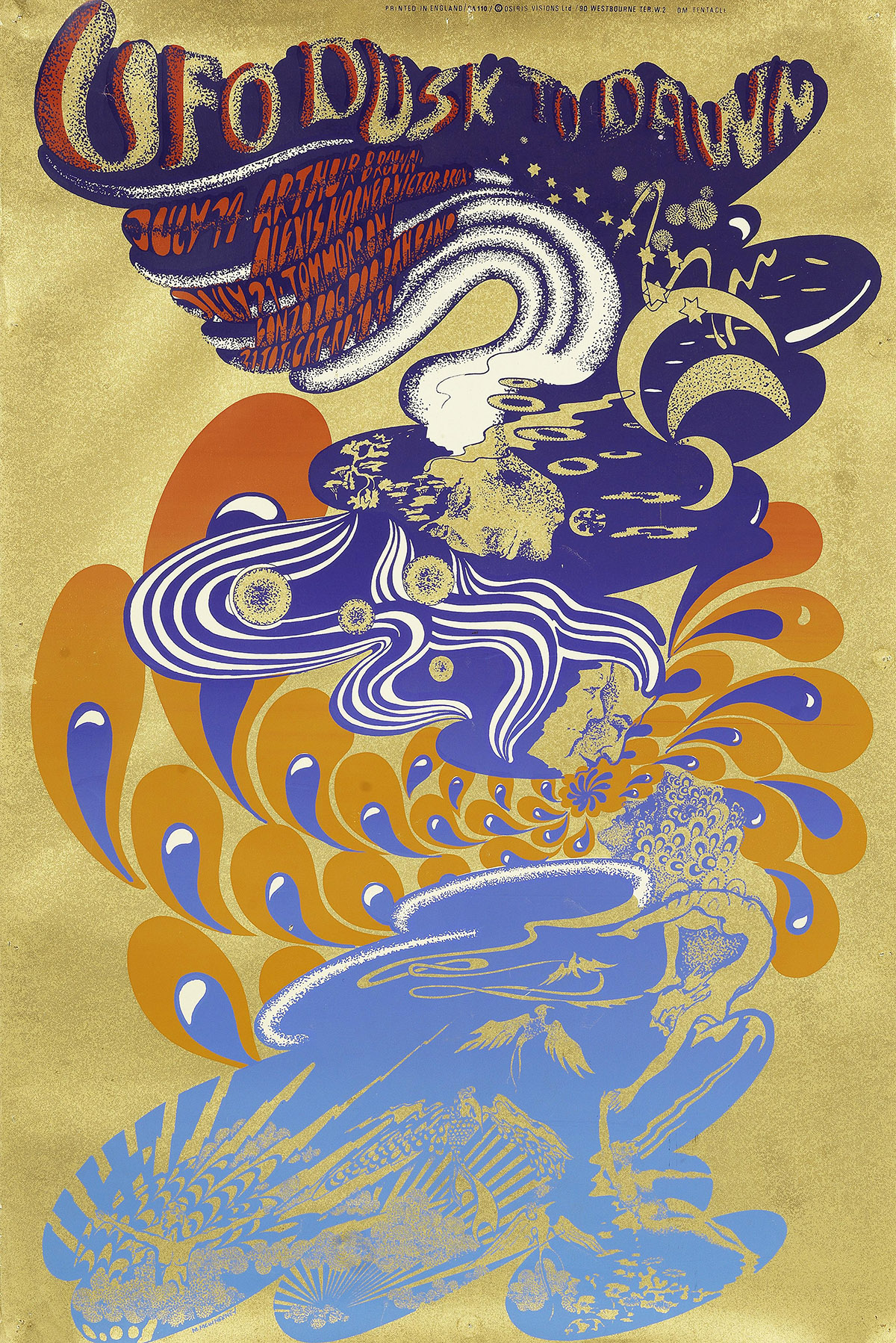
UPDATE: Rare colour variant via the High Meadows Vintage Posters amazing poster site, absolutely essential, give them a follow.
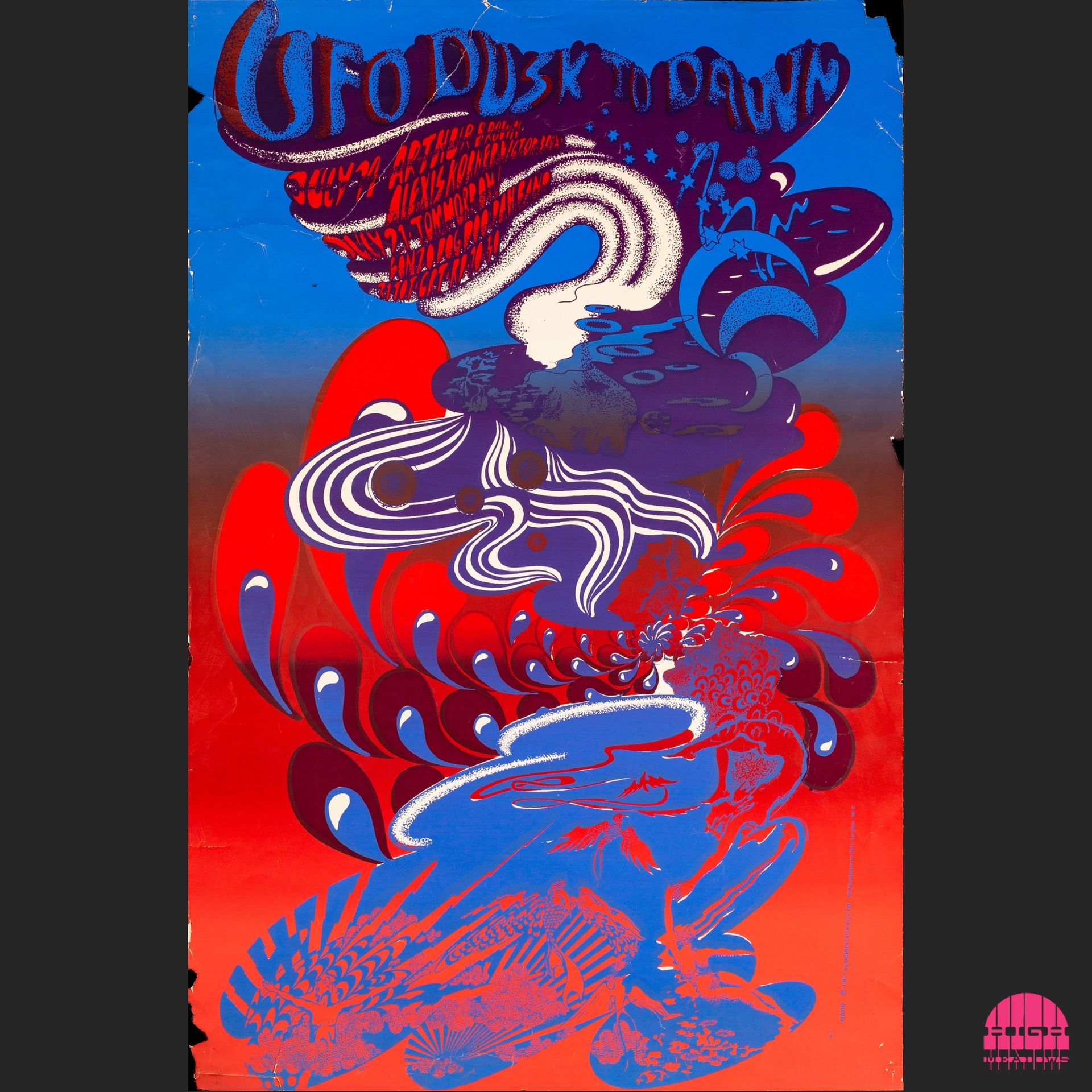
A more accurate line up on this new poster for the next two dates
14 Jul: Arthur Brown; Alexis Korner; Victor Brox
21 Jul: Tomorrow; Bonzo Dog Doo Dah Band
28 Jul: Pink Floyd; CIA v UFO; Fairport Convention; Shiva’s Children
After an article published in the News of the World on 30 July, the landlord told Joe Boyd the UFO could not continue at the Blarney and Boyd decided to use the larger Roundhouse venue.
4 Aug: Eric Burdon & The New Animals; Family; The Hydrogen Juke Box
11 Aug: Tomorrow
18 Aug: Arthur Brown; The Incredible String Band
1/2 Sep: UFO Festival: Pink Floyd; Soft Machine; The Move; Arthur Brown; Tomorrow; Denny Laine
8 Sep: Eric Burdon & The New Animals; Aynsley Dunbar
15 Sep: Soft Machine; Family
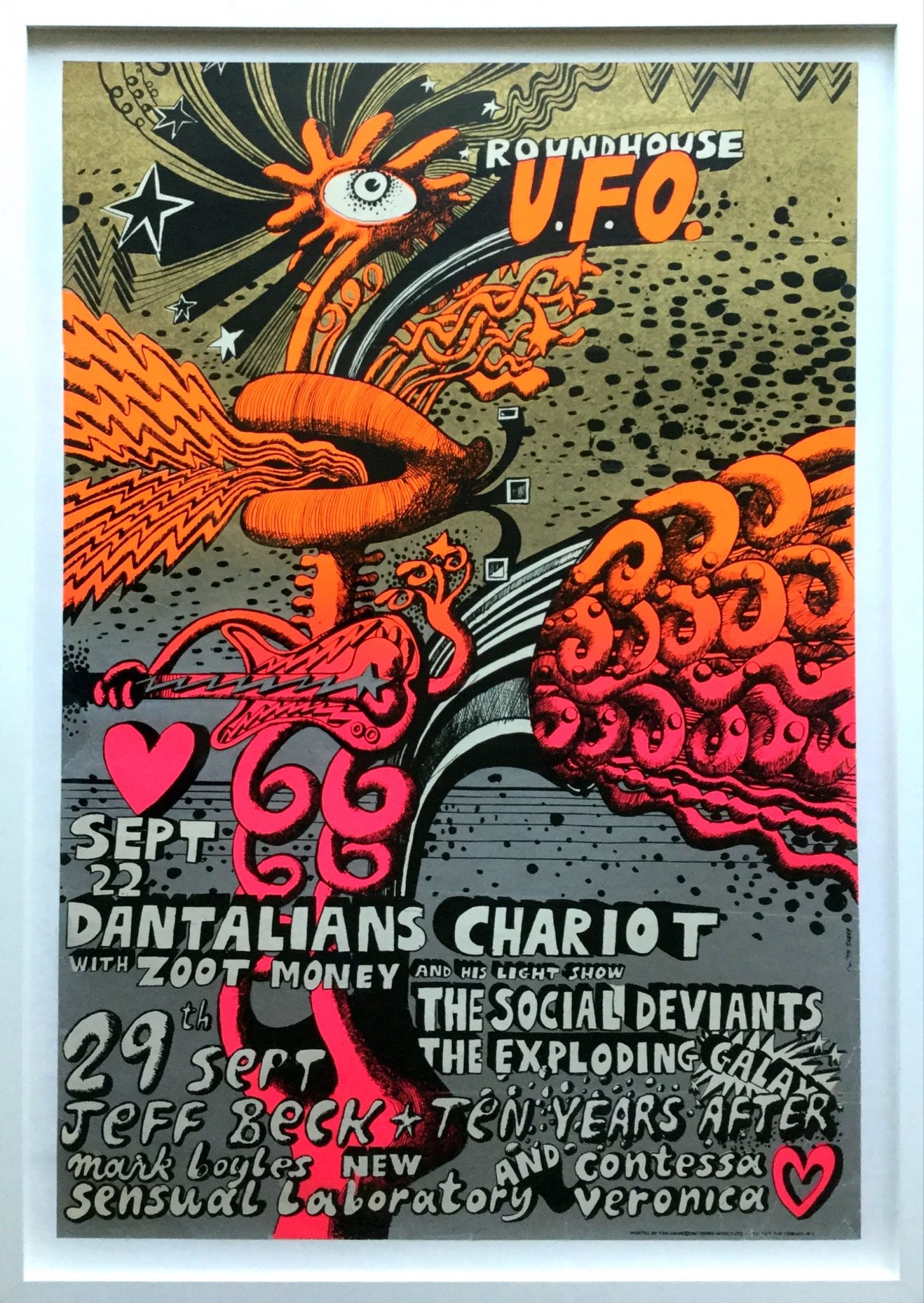
This fantastic Martin Sharp poster sadly heralded the end of the UFO’s run at the Roundhouse.
22 Sep: Dantalian’s Chariot w/ Zoot Money & His Light Show; The Social Deviants; The Exploding Galaxy
29 Sep: Jeff Beck; Ten Years After; Mark Boyle’s New Sensual Laboratory; Contessa Veronica
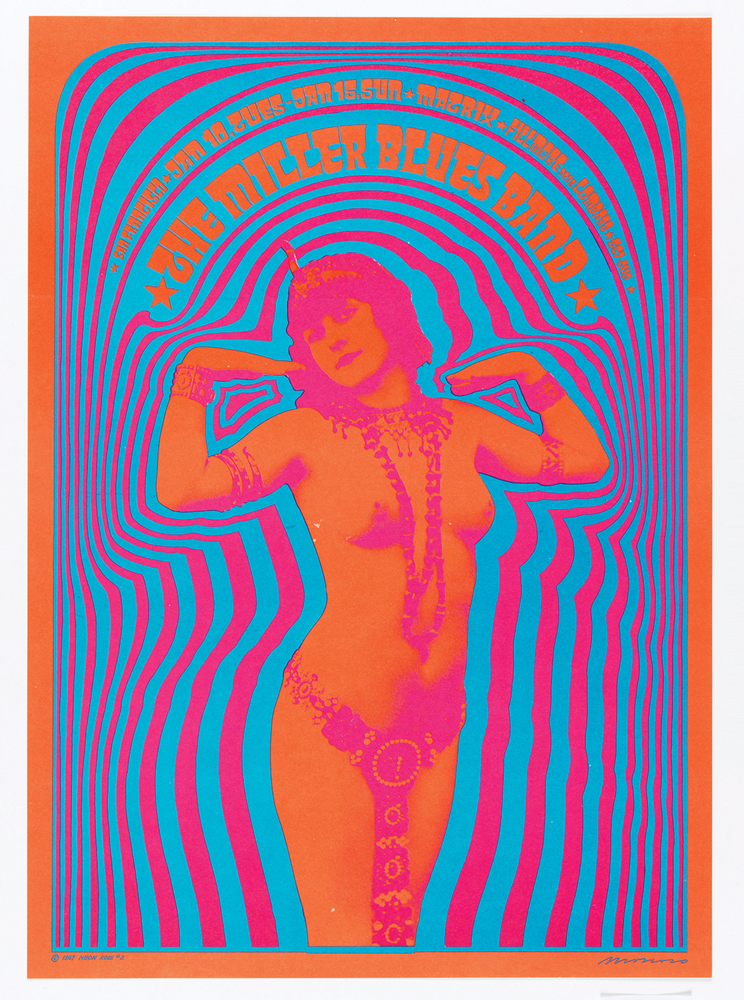
Photo: Matt Flynn © Smithsonian Institution
‘Poster From The Past’ – #2 in the Neon Rose series by the legendary Victor Moscoso – plus original artwork below. 55 years ago today.
![]()
The Million Volt Light & Sound Rave was put on at The Roundhouse over two separate days in early 1967 by the Binder Edwards Vaughan / BEV design partnership of Douglas Binder, Dudley Edwards and David Vaughan.
Sometimes also known as the Carnival of Light Rave, it most famously featured the airing of ‘Carnival of Light’, Paul McCartney’s mythical 14 minute musique concrete piece, specially made for the occasion with the participation of the other three Beatles. Vaughan had painted a piano for McCartney the year before and asked if he would be up for contributing something whilst delivering it. It was played a number of times during the two events and hasn’t been officially released since. Less heralded was a performance of tape music by Unit Delta Plus, the trio of Delia Derbyshire, Brian Hodgson and Peter Zinovieff although it’s unknown if they were there in person to play it or if it was just playback. Also on the bill, Tonics, Soft Machine and Electric Poets which consisted of Soft Machine‘s Daevid Allen and Robert Wyatt with Gilli Smyth and Early Fuggle on welding kit (according to a clipping from International Times). Allen and Smyth of course went on to form Gong. The poster and flyer above and below I’m presuming were done by BEV although I can’t find any confirmation of this anywhere, if anyone knows please leave a comment.
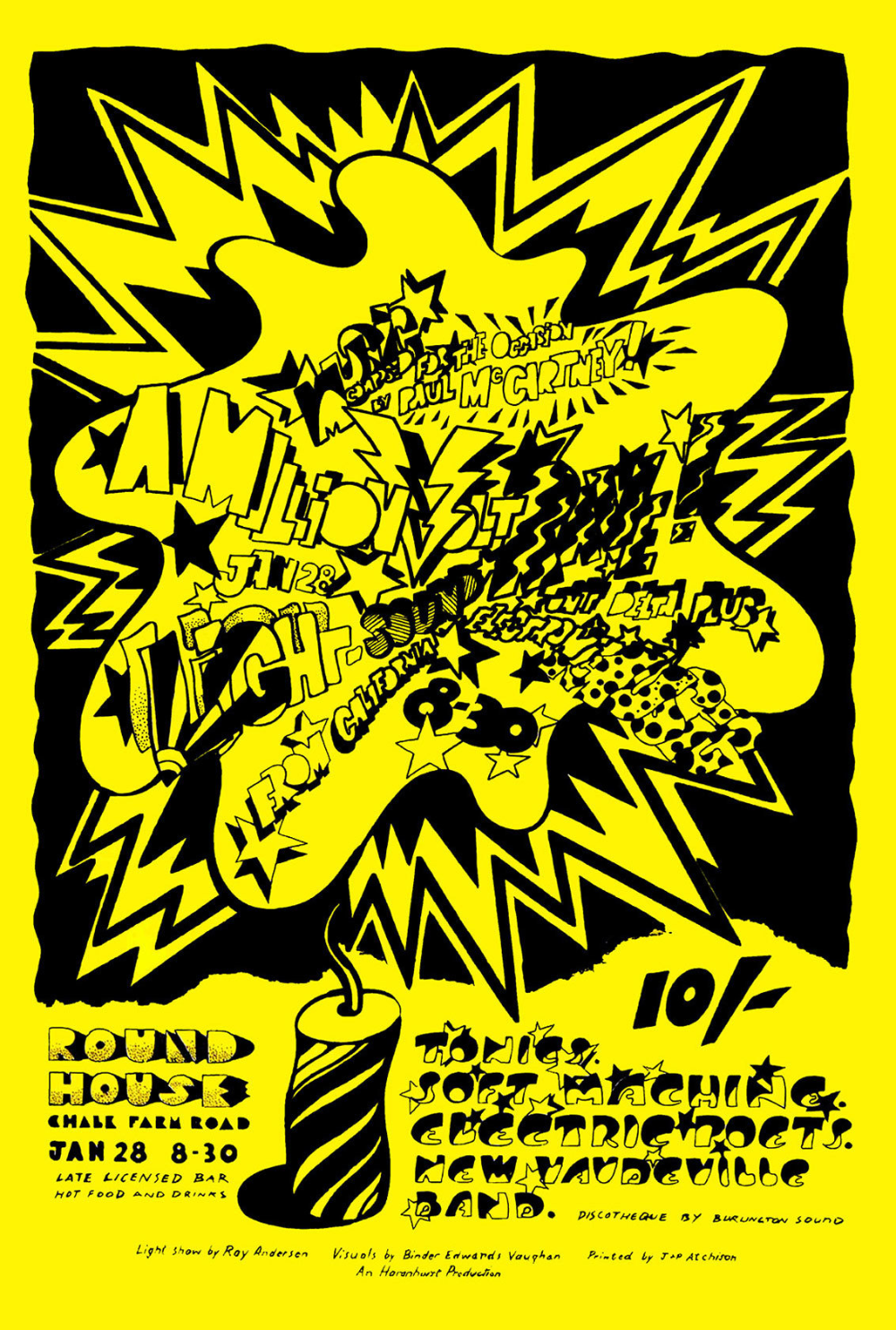
Above, A Million Volt Rave flyer for the first event, these also exist on white, below, detail from BEV headed stationary that was found dumped in a skip outside a mill in Manchester, 1999. The collection of papers included sketches for McCartney’s piano and a list of BEV commissions was found by builder Andy Clynes, more info and photos here. This design has also been found printed on silver paper as a poster (see below) and may be an early draft (I’m speculating here).
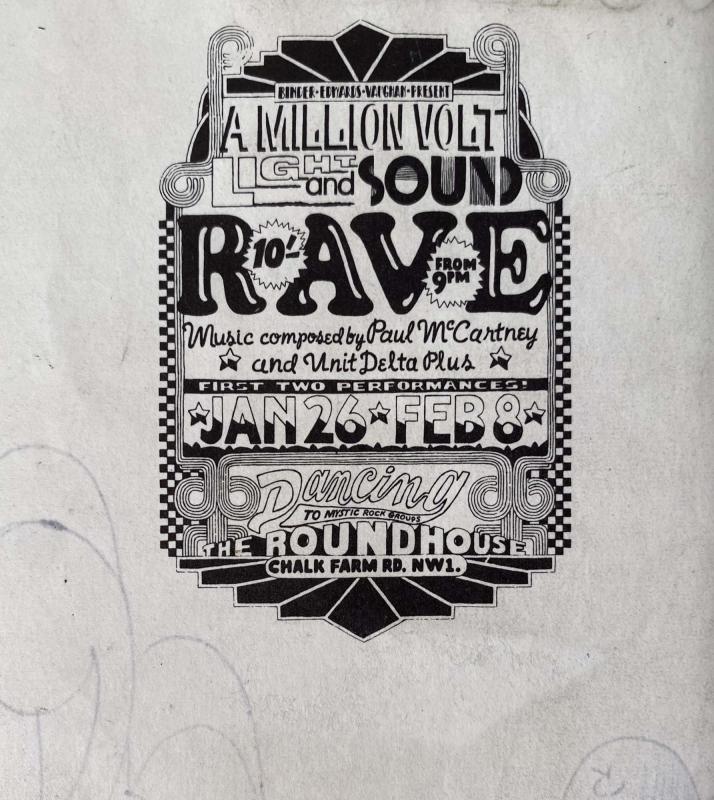
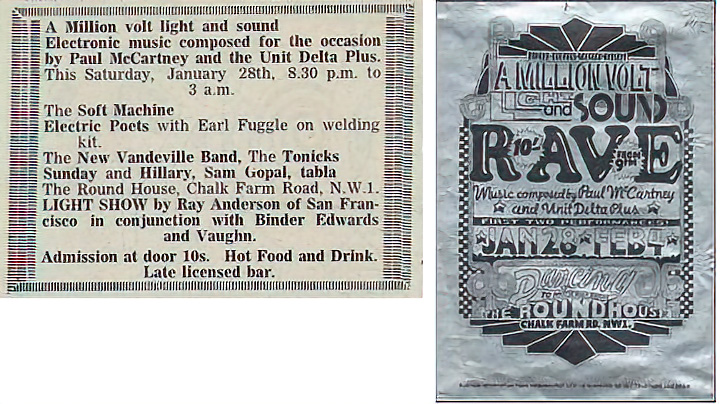 Here’s Dudley Edwards talking about the event, he reveals that an unknown Jimi Hendrix was also on the bill.
Here’s Dudley Edwards talking about the event, he reveals that an unknown Jimi Hendrix was also on the bill.
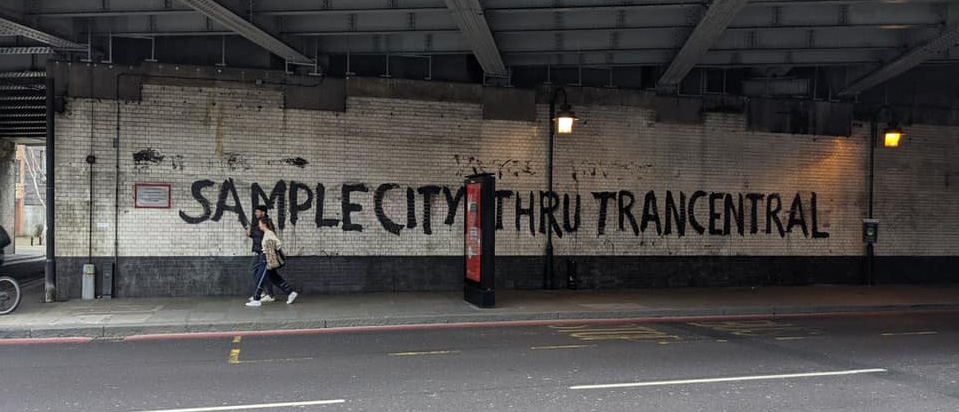 After ending on a bummer in the final hours of 2020 as MF Doom‘s death emerged on social media, we awoke to the news on January 1st of The KLF re-entering the music industry via Spotify and YouTube with remastered material in the form of the first of five compilations. By Jan 6th though any hopes of a better year were dashed, despite the historic swing for the Democrats in the Senate and Congress, with the scenes at Capitol Hill and 1k daily deaths reported in the UK. No surprises on Trump‘s acquittal after the second impeachment hearing in February either.
After ending on a bummer in the final hours of 2020 as MF Doom‘s death emerged on social media, we awoke to the news on January 1st of The KLF re-entering the music industry via Spotify and YouTube with remastered material in the form of the first of five compilations. By Jan 6th though any hopes of a better year were dashed, despite the historic swing for the Democrats in the Senate and Congress, with the scenes at Capitol Hill and 1k daily deaths reported in the UK. No surprises on Trump‘s acquittal after the second impeachment hearing in February either.
Surprise of the year was that the UK’s vaccination programme rolled out fast and with few hitches – amazing what can happen when you don’t pump billions into untested private companies and instead let a trusted national institution handle it. I won’t go on, it was pretty much downhill from there and some of those promised KLF albums are still yet to emerge.
Anyway, as is usual on Dec 31st, here are some favourites from the last 12 months in no particular order. There’s been an avalanche of amazing music and art again this year, some coming out of the lockdown months, let’s hope it continues and the virus eases up in 2022. Please check out and support these artists if you like their work, Bandcamp is an excellent way to put a large chunk of money straight in musicians and label’s pockets and buying a print, T-shirt or piece of merch at a gig really helps too. Even a share or piece of positive feedback on someone’s post can give them a boost to know that people are watching or listening out there and they’re not shouting into the void.
Music:
Concretism – The Concretism Archive Vol.1 LP (CiS Subs Library)
Steve Roach – Tomorrow LP (Behind The Sky)
Snow Palms – Land Waves LP (Village Green)
Jane Weaver – Flock LP (Fire Records)
Stereolab – Switched On vol.4 LP (Warp/Duophonic)
Robert Fripp – Music for Quiet Moments (DGM)
DJ Format – Devil’s Workshop LP
Trevor Jackson – Underdog 1993-1998 radio mix (NTS)
The Hauntologists – Tales From The Scary Magic Field 7″ (Bandcamp)
Various Artists – BLE-EP 12″ (Yellow Machines)
King Gizzard & The Lizard Wizard – Butterfly 3000 LP (Flightless)
CAVS – CAVS 12″ (PHC)
Various Artists – Infected Machinery EP 12″ (Downfall Recordings)
The Nevermen – Treat ‘Em Right (Boards of Canada remix) DL (Lex)
Vanishing Twin – Ookii Gekkou LP (Fire Records)
Jay Glass Dubs – Jungle Shuffle 12″ (The Wormhole)
Brian Eno – The Lighthouse (Sonos HD)
Regal Worm – The Hideous Goblink LP (Quatermass)
Ternion Sound – Dovetail (Kursa remix) 12″ (Next Level)
Podcasts:
Chris Atkins – A Bit of a Stretch (Apple podcasts)
The Alexei Sayle Podcast
Martyn Ware – Electronically Yours
Ed Piskor / Jim Rugg – Cartoonist Kayfabe (YouTube)
Stephen Coates – The Bureau of Lost Culture
We Buy Records (Apple podcasts)
Matt Black – Pirate TV (Twitch/FB/YouTube)
The Bunker/Culture Bunker (Acast)
The Adam Buxton Podcast (Acast)
Gigs / Events:
Vanishing Twin – Pensiero Magico live stream Jan 20th
Alice In Wonderland @ The V&A Museum, London
Savage Pencil @ OrbitalSpace, London
Eno @ Paul Stolper Gallery, London
The Light Surgeons ‘Atemporal’ @ Iklectik, London
Funki Porcini @ Common Ground, Coventry
The The’s Comeback Special premier @ Troxy Cinema, London
Jonny Trunk’s Groovy Record Fayre @ Mildmay Club, London
Vanishing Twin @ Kings Place, London
Levitation Festival, @ Flowergate Hall, Whitby
People Like Us – Gone, Gone Beyond @The Pit Theatre, Barbican, London
Pye Corner Audio @ State 51, London
Anicka Yi – Aerobes @ Tate Modern, London
Design / Packaging:
Hattie Cooke – The Sleepers LP (Spun Out of Control) by Eric Adrian Lee
King Gizzard & The Lizard Wizard – live bootlegs series LP (Fuzz Club)
Krashslaughter feat. Phil Most Chill – Rebel Base 7″
Sync 24 – Inside The Microbeat LP (Cultivated Electronics) by Will Barras
Une – Spomenik LP (Spun Out Of Control) by Eric Adrian Lee
Cos – Mix LP (Finders Keepers) by Andy Votel
Castles In Space Subscription Library series LPs (Castles In Space) by Nick Taylor + more
The Third Man Records shop in Soho, London
Pepe Deluxe – The Phantom Cabinet vol.1 LP (Catskills) by Vilunki/James Spectrum
Thundercat – The Golden Age of Apocalypse 10th anniversary edition (Brainfeeder)
The Zen Delay (Ninja Tune / Erica Synths)
Roger Webb – Shadows of Fear 7″ (Trunk) by Julian House
Kingston University Stylophone Orchestra – Stylophonika (Spun Out Of Control) by Eric Adrian Lee
Brian Eno’s turntable
Books / Magazines / Comics:
Rain Like Hammers – Brandon Graham (Image)
Breaking Open The Head – Daniel Pinchbeck
Bedroom Beats & B-Sides – Laurent Fintoni (Velocity Press)
Decorum – Jonathan Hickman & Mike Huddleston (Image)
Ultramega – James Harren (Skybound/Image)
Anatomie Narrative – Samplerman
The Black Locomotive – Rian Hughes (Picador)
Cruisin’ with the Hound – Spain Rodriguez (Fantagraphics)
Kane & Able – Shaky Kane & Krent Able (Image)
Tales To Enlighten – Matt King & James Edward Clark (Kickstarter)
The Out – Dan Abnett & Mark Harrison (2000AD)
Electronic Sound magazine
99 Balls Pond Road – Julie Drower (Scrudge Books)
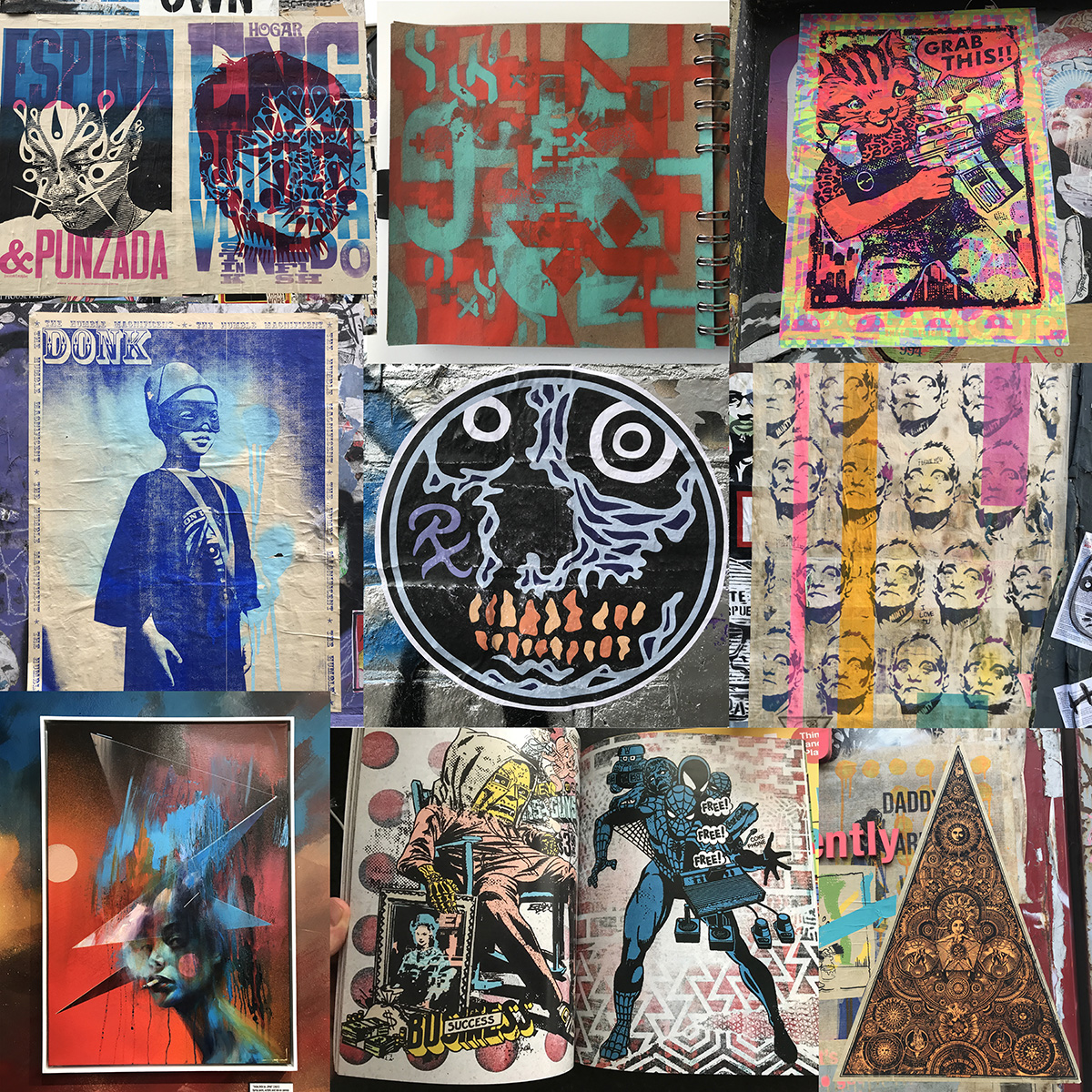
Artists:
Savant
RX Skulls
Pablo Fiasco
Donk
ZombieSqueegee
Karoline Rerrie
.EPOD
FiftySevenDesign
Minty
Stinkfish
Perspicereartist
Tamar Cohen
Hoxxoh
Lovepusher
Artyom Trakhanov
Prentler
Soda
Smitheone
Raymond Lemstra
Film /TV:
Bathtubs Over Broadway (Netflix)
Wandavision (Disney+)
Dead Pixels (Ch 4)
Grayson’s Art Club (Ch 4)
Sisters With Transistors – Lisa Rovener (BFI)
Loki (Disney+)
What We Do In The Shadows Season 3 (BBC2)
Martha: A Picture Story (Projector Films)
Records – Alan Zweig (TVO)
Big Mouth (Adult Swim)
The Book of Boba Fett (Disney+)
Another year over and what have I done?
A second mix of religious rock for Megatrip‘s ‘Tales To Enlighten’ comic kickstarter
Stuck 300 foil covers to 300 LP sleeves for The New Obsolescents album on Castles In Space which ended up selling out in 25 minutes and went for a repress.
Finally finished the design and packaging for The Real Tuesday Weld‘s ‘Blood’ and ‘Tape Dust Memories’ releases, the first in a trilogy as Stephen Coates winds up his recording project.
Released the Celestial Mechanic LP on Utter with music by Saron Hughes and myself and design by Rian Hughes
Appeared on the Big Mouth, We Buy Records, Sleevenote‘s Under The Covers, KTMusic Online and Bureau of Lost Culture podcasts, had guest mixes featured on the Jonny Cuba & Friends and 45 Live shows
Released the Kaleidoscope/Companion reissue 4xLP on Ninja Tune subsidiary Ahead Of Our Time
Designed the Lo Recordings’ 100th edition library album for a limited edition lathe cut LP
Started the Openmindesign Instagram account for current designs and archive ephemera
Continued the DJ Food Mixcloud Select weekly upload series
Saw designs for Steven Rutter, Amon Tobin, Clocolan and Humanoid released on De:tuned, Ninja Tune, FSOL Digital and Castles In Space
Written the forward for a book about light show picture wheels for Four Corners Books
Remixed The The’s ‘Global Eyes’ for The Comeback Special live box set
Designed a Janko Nilovic & Yeti On the Pads 7″ sleeve
Collaborated with Imeus Designs on a second book of Forgotten Graphics Command LP sleeves
Edited hours worth of Pirate TV audio visual broadcasts for Matt Black
Remodelled my Quadraphon turntable for live performance
Oversaw the repressed New Obsolescents LP with screen printed black prism board
Contributed the singles column to MU magazine each issue
Designed a Hey Duggee zoetrope LP for the BBC
Designed a 25th anniversary Stealth T-shirt for 1 of 100
Mixed a preview CD of Touched Music‘s ‘Project OO’ – ‘DJ Food’s Oona Selecta’
Designed a 3rd fold out Xmas card, ‘Solstice Songs‘ for The Real Tuesday Weld
Finished my Cineolascape mix for The The, due for release in 2022
RIP: Phil Spector, Larry King, Ricky Powell, Double K (PUTS), S. Clay Wilson, Chick Corea, Victor G. Ambrus, Frank Thorne, Lou Ottens, Orbital Comics, Malcolm Cecil, Shock G, James Prigoff, Captain Rock, Ken Garland, Eric Carle, Gift of Gab, Peter Zinovieff, Jon Hassell, Peter Rehberg, Chuck Close, Charlie Watts, Lee Scratch Perry, Sir Clive Sinclair, Richard H. Kirk, Alan Hawkshaw, Orbital Comics, Lionel Blair, Andrew Barker, Mick Rock, Alvin Lucier, Robbie Shakespear, Chris Achilleos, Michael Nesmith, Richard Rogers, Desmond Tutu, Janice Long,
New Year’s resolution: Use less black in my work
Looking forward to:
The return of Saga comic
The Soundcarriers‘ new album, ‘Wilds’
King Gizzard remix album
A mixer to complete my Quadraphon set up
Collaborations…
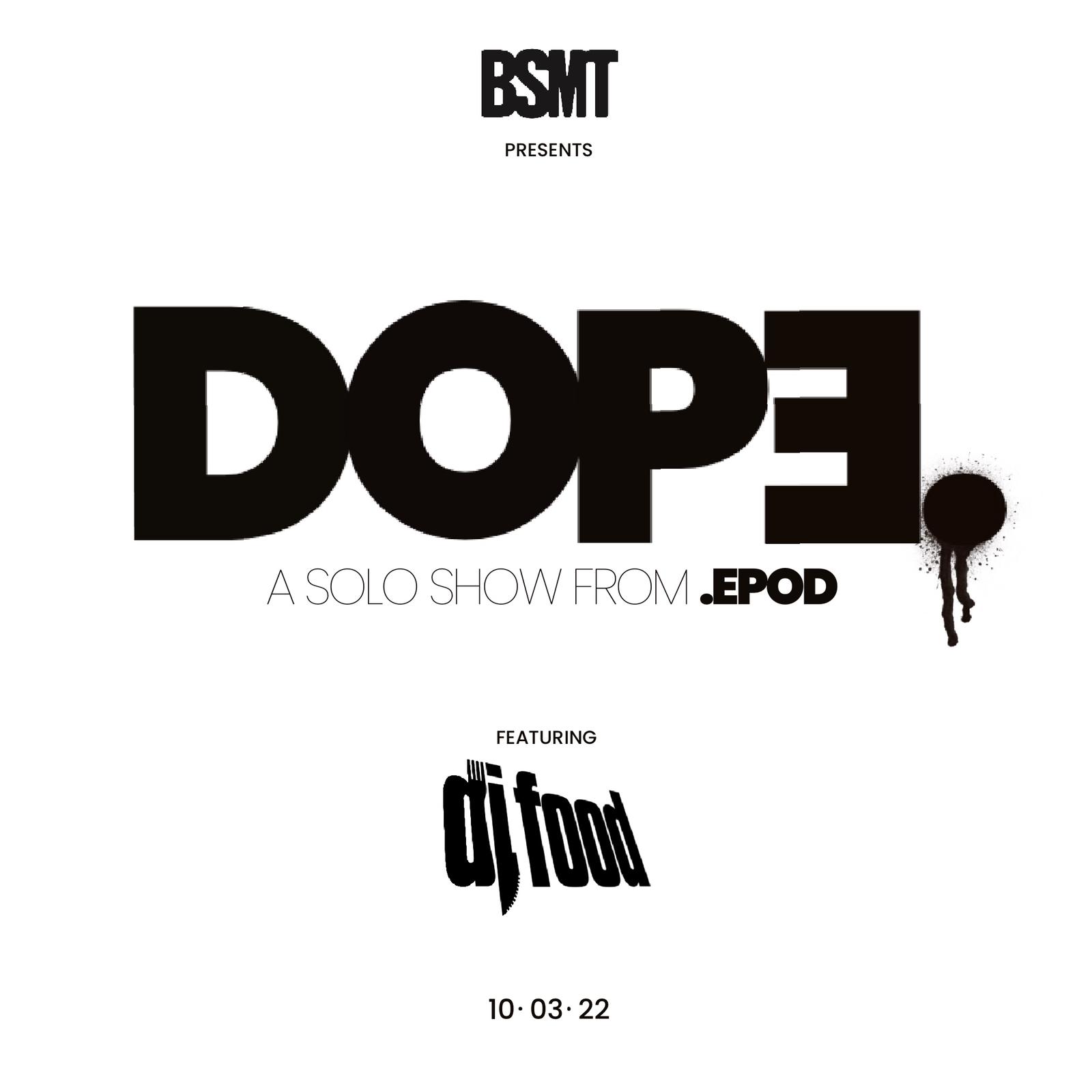
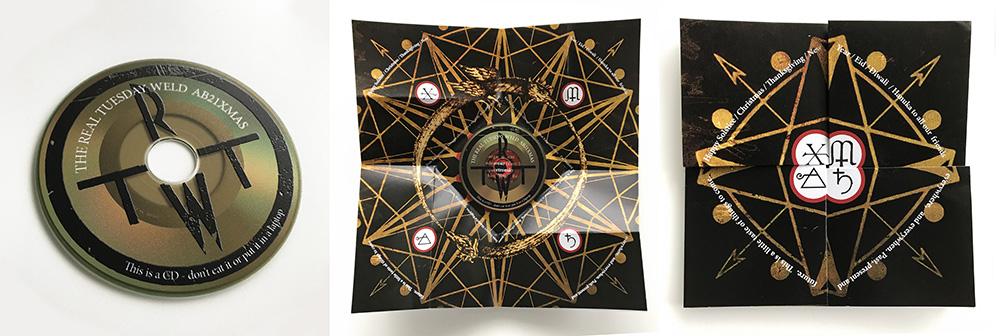 Monday: Photographed The Real Tuesday Weld‘s annual 3″ CD Xmas card I’d designed which then went on sale online. Buy here
Monday: Photographed The Real Tuesday Weld‘s annual 3″ CD Xmas card I’d designed which then went on sale online. Buy here
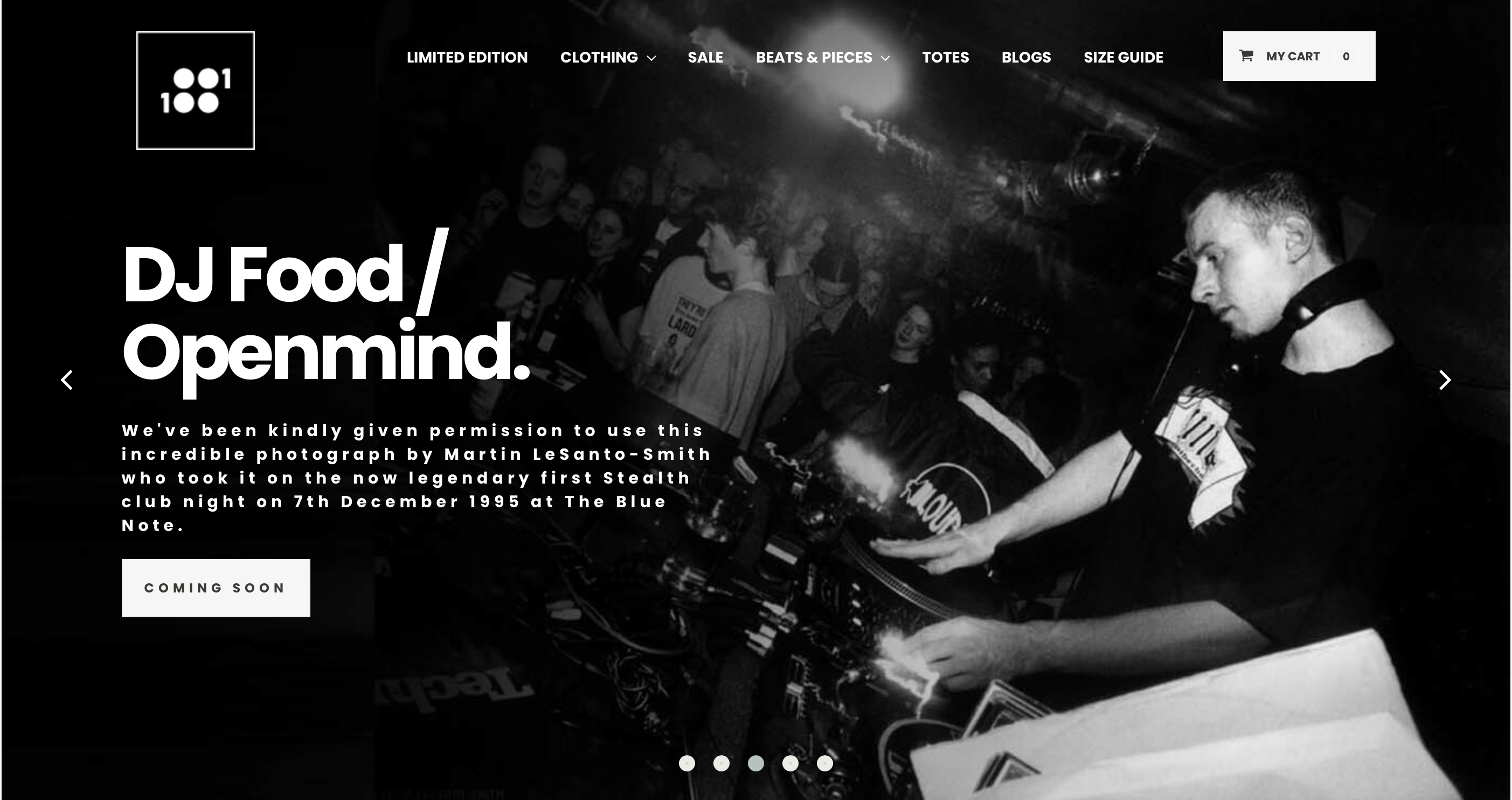 Tuesday: 1 of 100 shirts / DJ Food/Openmind collab went on sale, 100 shirts with the Stealth club logo. 26 years to the day of the first Ninja Tune club night called Stealth, mini commemorative flyer swing ticket to round it off.
Tuesday: 1 of 100 shirts / DJ Food/Openmind collab went on sale, 100 shirts with the Stealth club logo. 26 years to the day of the first Ninja Tune club night called Stealth, mini commemorative flyer swing ticket to round it off.
Recorded a ton of jams on my Quadrophon turntable and found the recording of PC and my set at The Blue Note from the same night all those years ago…
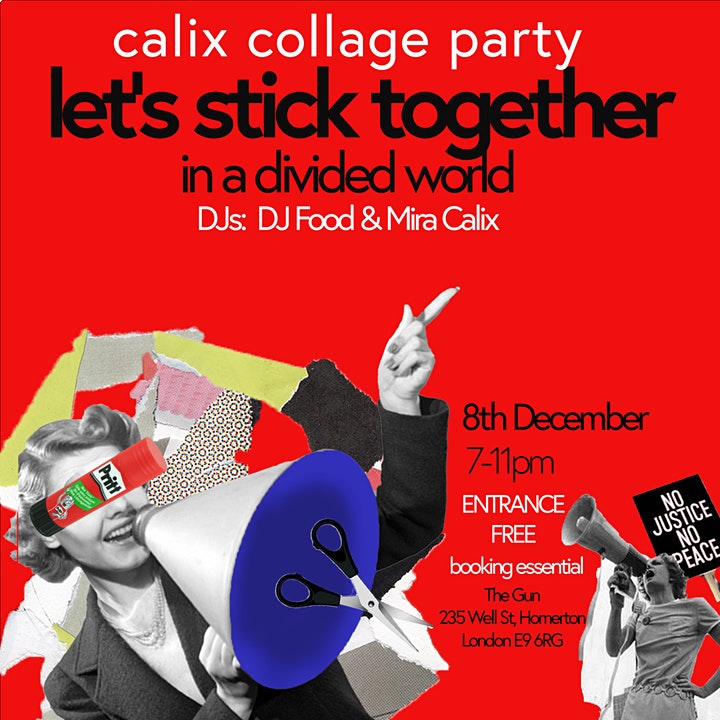

Wednesday: Fine tuning a 7,500 word intro to a book about light show picture wheels I’m doing with Four Corners Books, for publication next year, months of research and interviews distilled into a huge piece.
DJed at the Let’s Stick Together night with Mira Calix at The Gun pub in Hackney, people came and made collages all evening while we played, the best will go into Mira’s next collage zine, out next year.
Got home at 11pm, started editing turntable jams for Saturday…
Thursday: Working in Studio Cineola with Matt Johnson of The The, finishing off my CineolaScape mix for release on his label next year. This is a distillation of my opening sets for their live comeback tour, playing Matt’s music from across his 40 year career. We’re doing final mixdowns and edits. Also finally got a copy of the Comeback Special deluxe set with my exclusive remix on the bonus 10″ vinyl.
Friday: More of the same and then off home to see the Touched Music‘s Project OO go live with a virtual release party online at 7.30pm and the release of a 58 track, 5xCD compilation in aid of 7 yr old Oona Dooks who needs special treatments to walk. Also available is a 74 min mix CD I made to promote the project featuring many tracks from it. Amazing response as both sold out in hours.
News that Electronic Sound magazine had both the DJ Food Kaleidoscope/Companion reissue and The New Obsolescents‘ album in their end of year list and a two page photo of us performing at the Levitation festival. Delightfully modelled here by fellow Obsolescent Robin The Fog at the Book & Record Bar in West Norwood.
Saturday: Jamming with original Antz/Bow Wow Wow drummer Dave Barbarossa in a West London studio with tracks made on my four-armed Quadraphon turntable, making exploratory music for a possible collaboration.
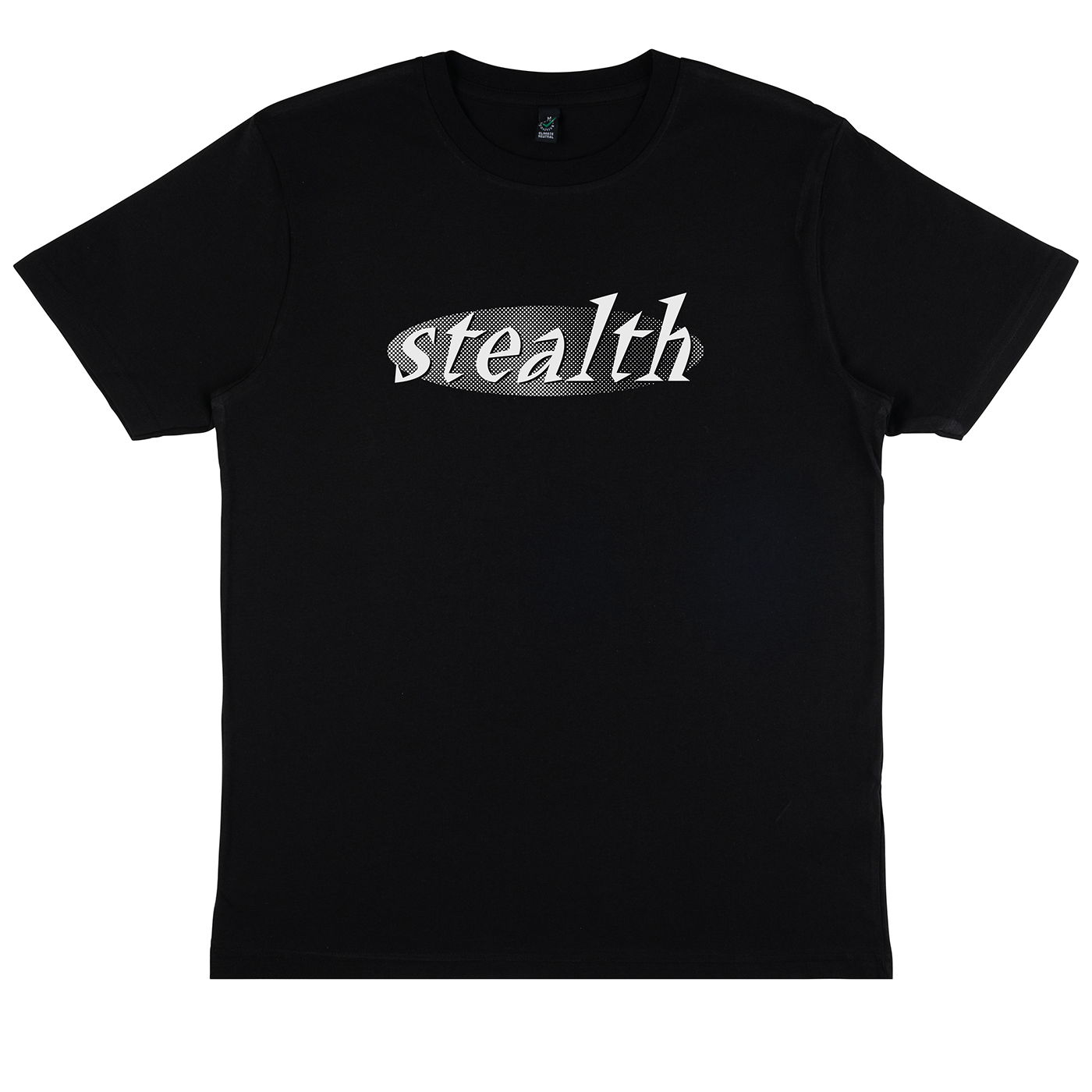
There are two anniversaries happening next week, one related to Ninja Tune and one to 1 of 100.
I’ve collaborated with the latter for these exclusive shirts, you know the drill with these, 100 pieces only, no reprints, colours will be split between Black and Ecru, depending on orders.
Sign up for drop details at weare1of100.co.uk/t-shirts/
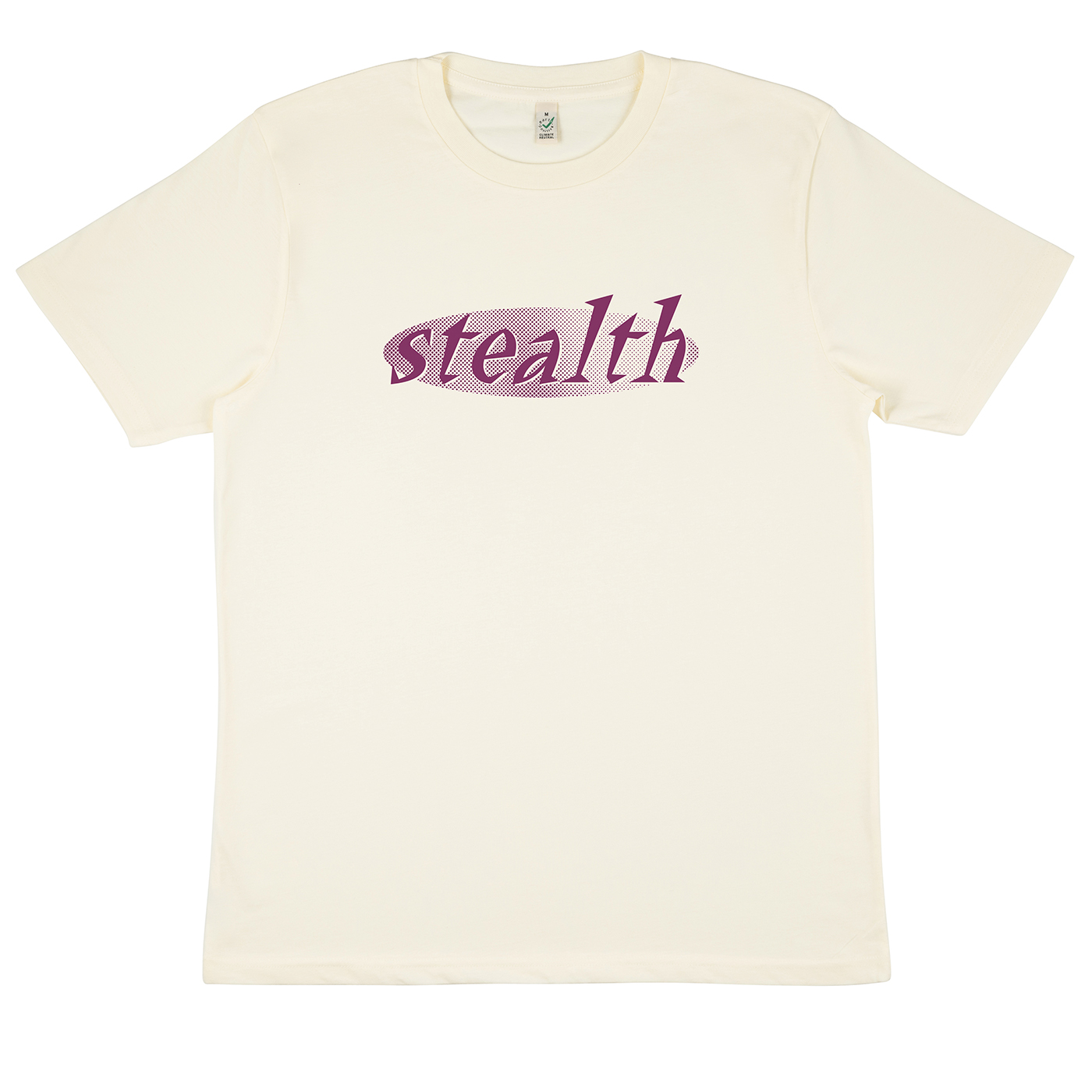
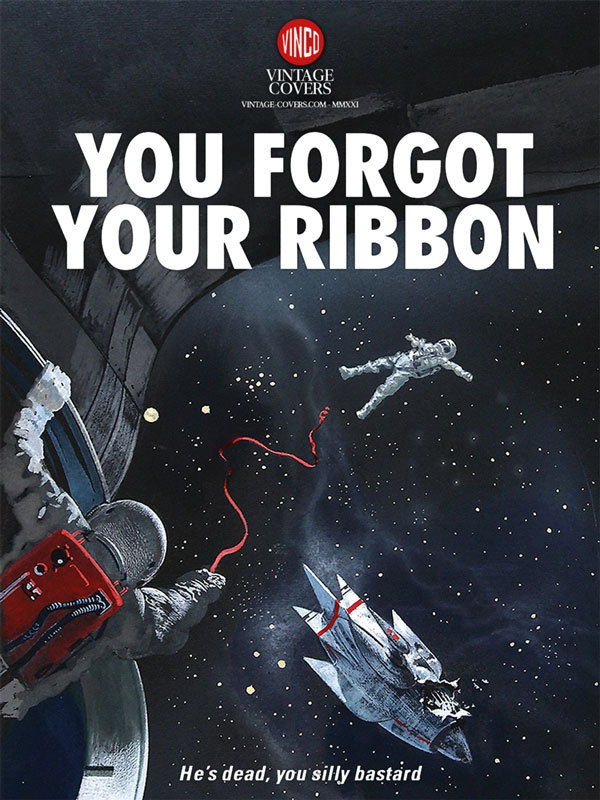
Old but new to me, these made me laugh, many more here at https://vintage-covers.com/
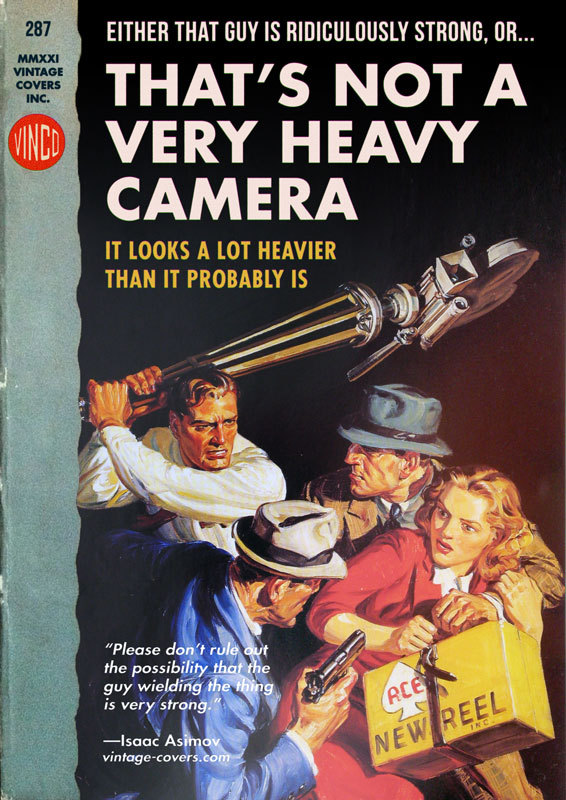
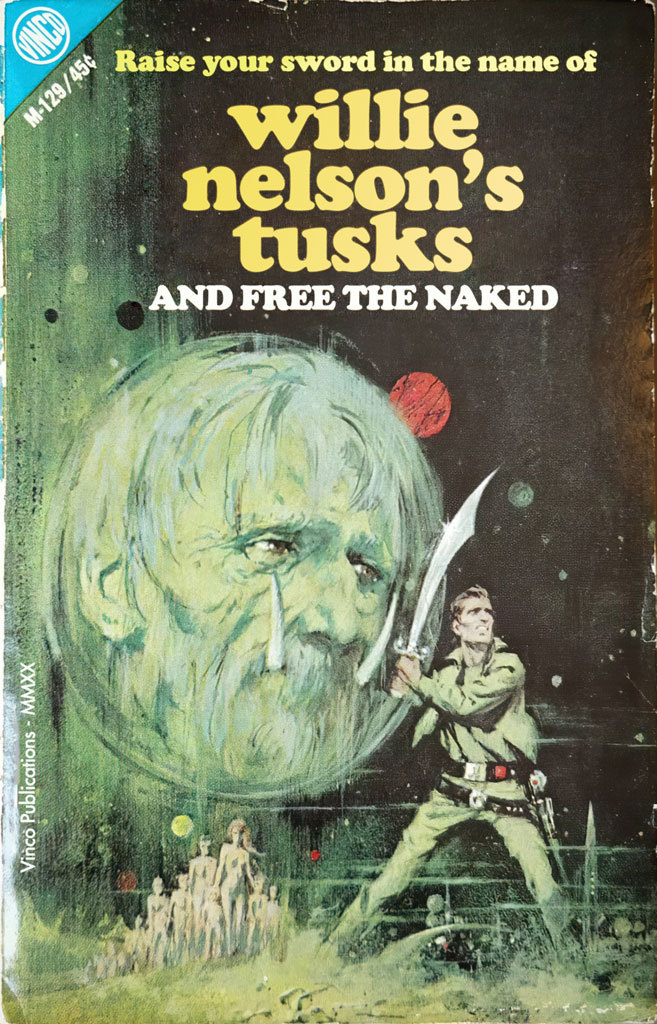
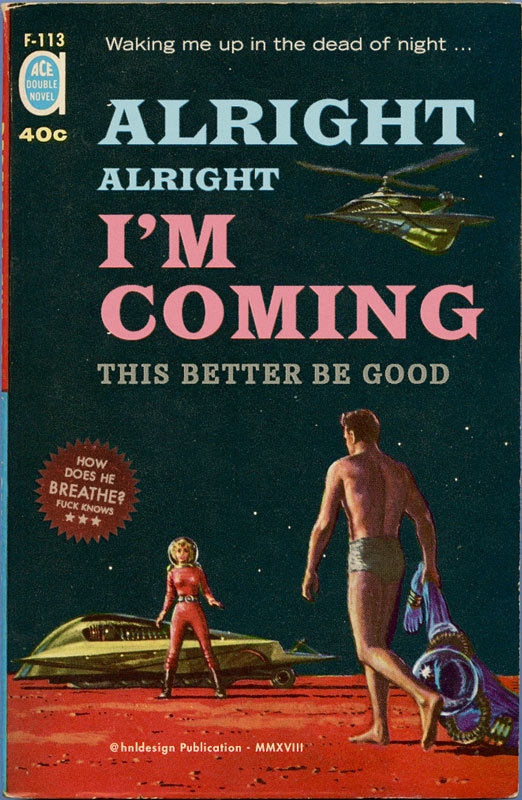
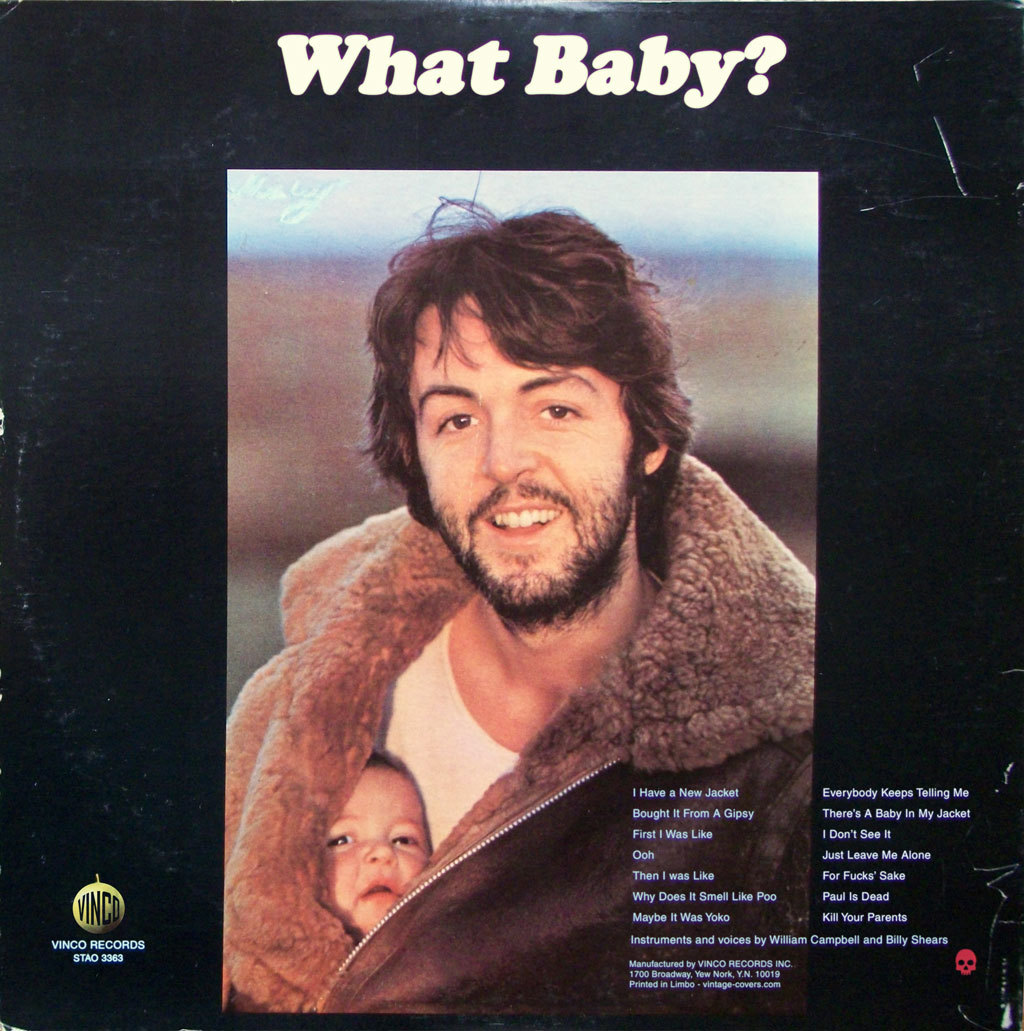
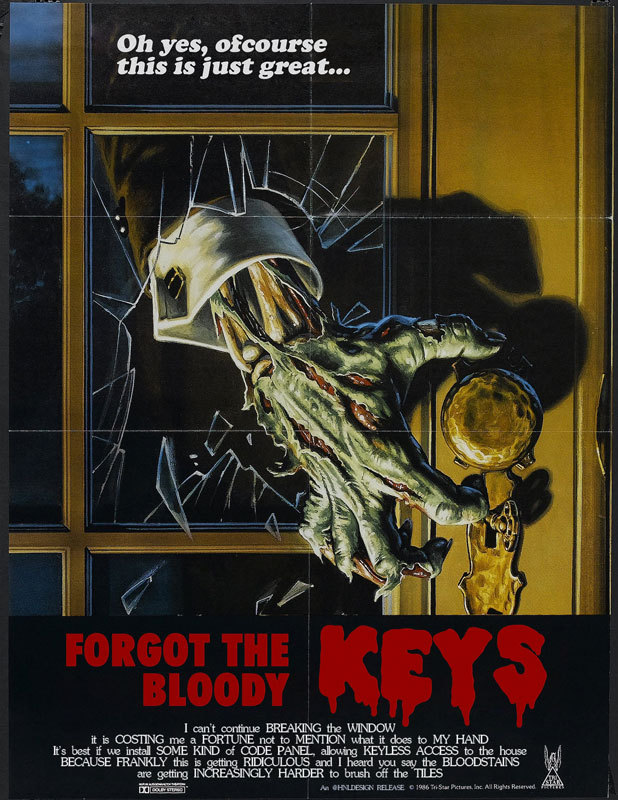
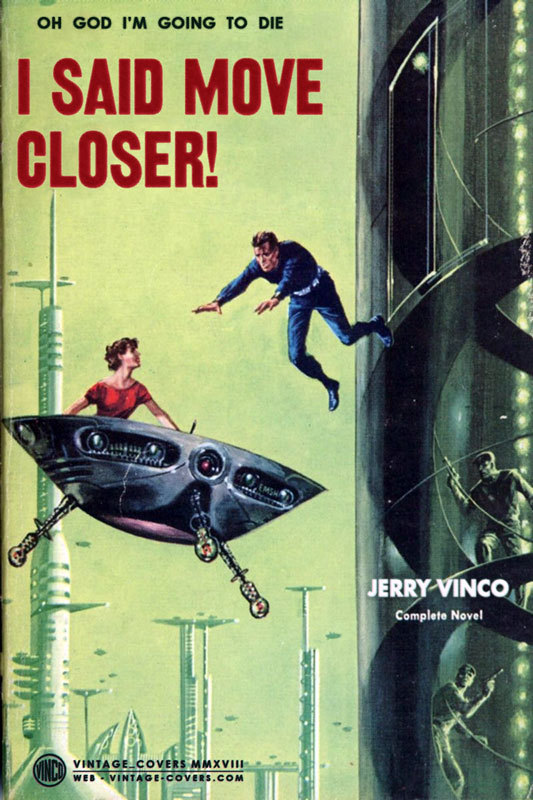
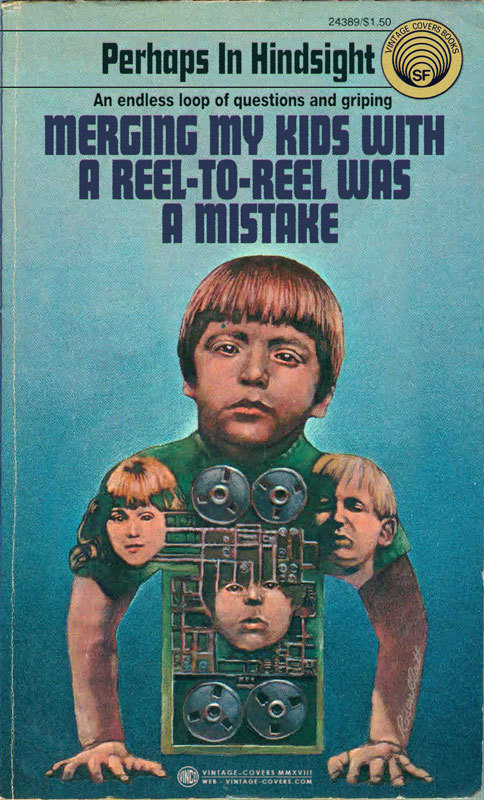
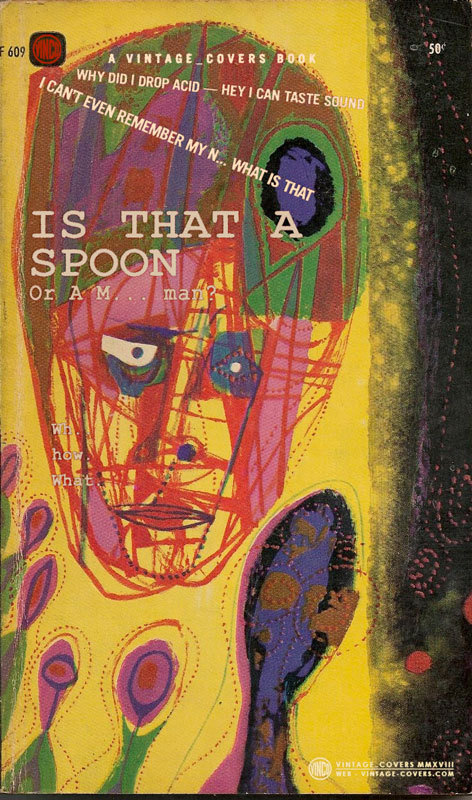
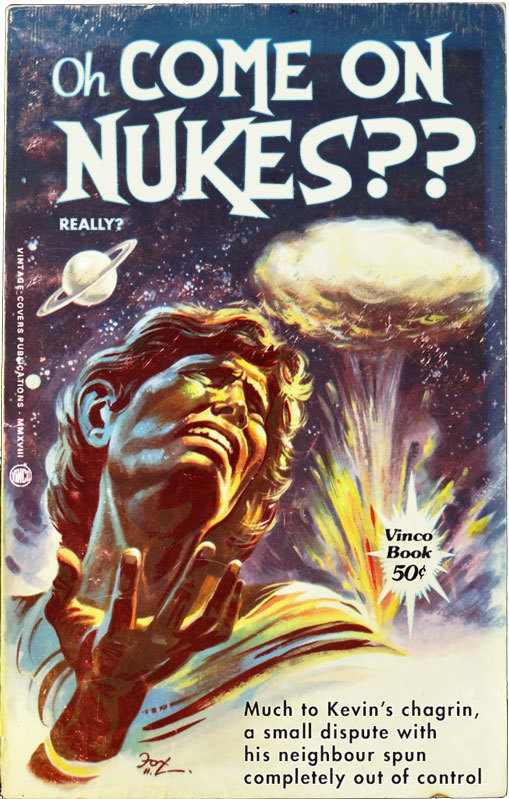
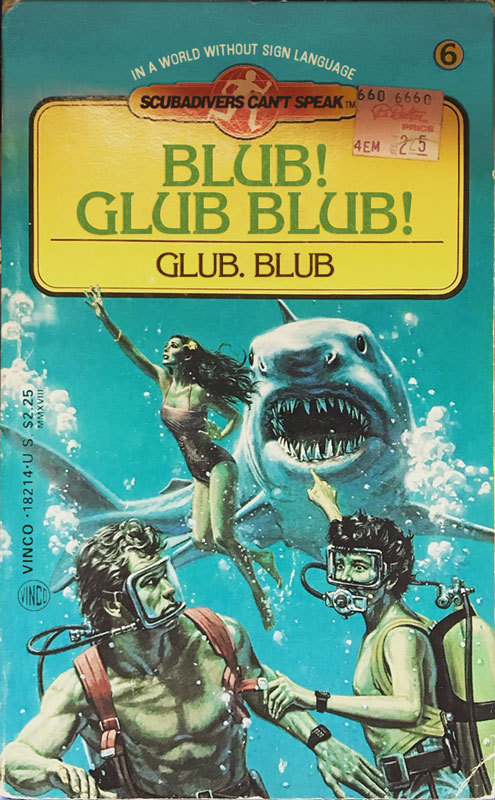
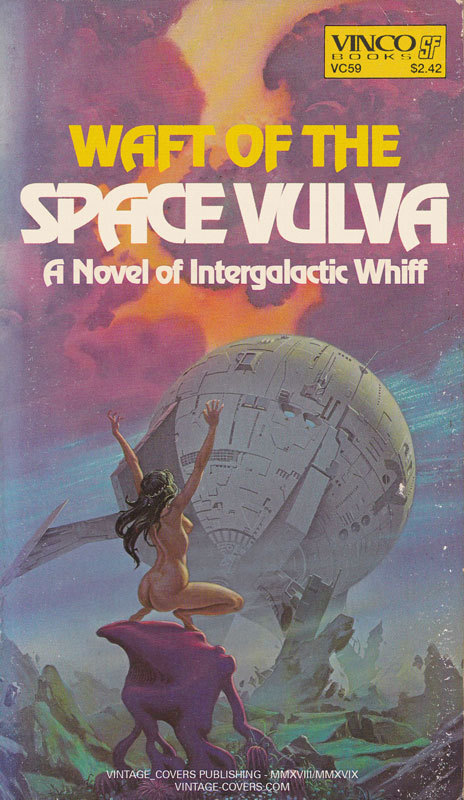
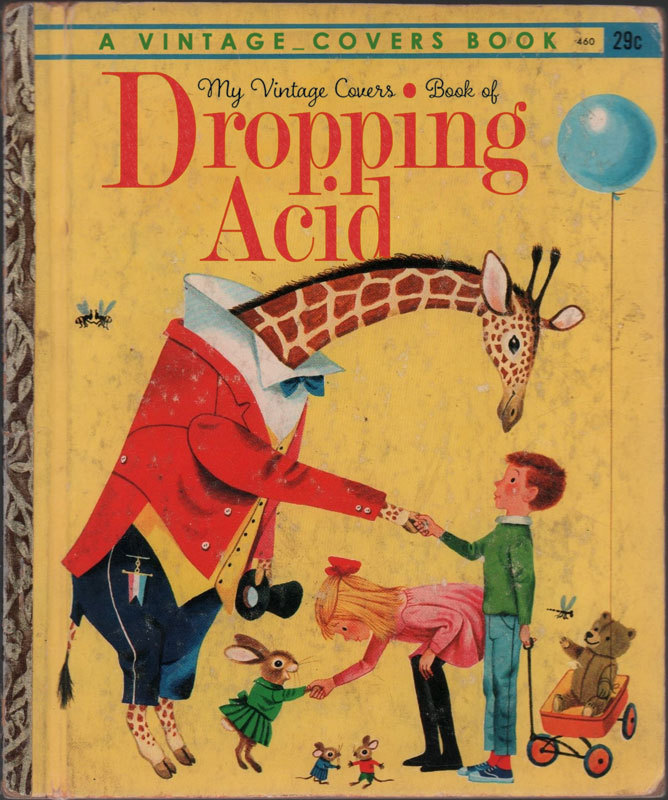
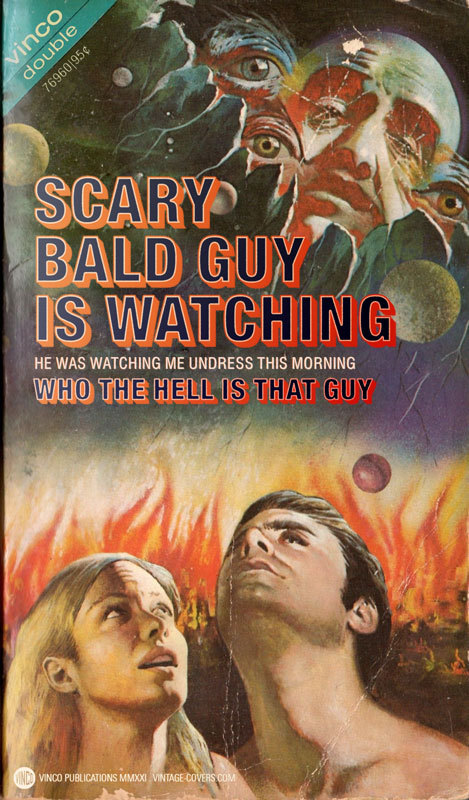
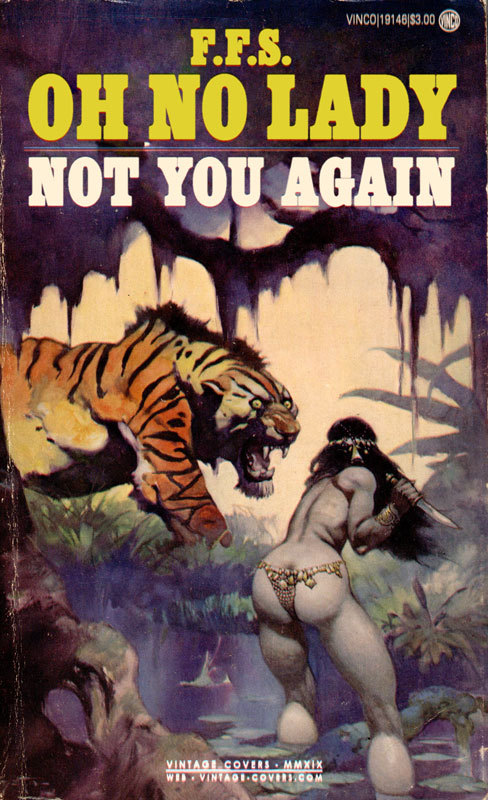
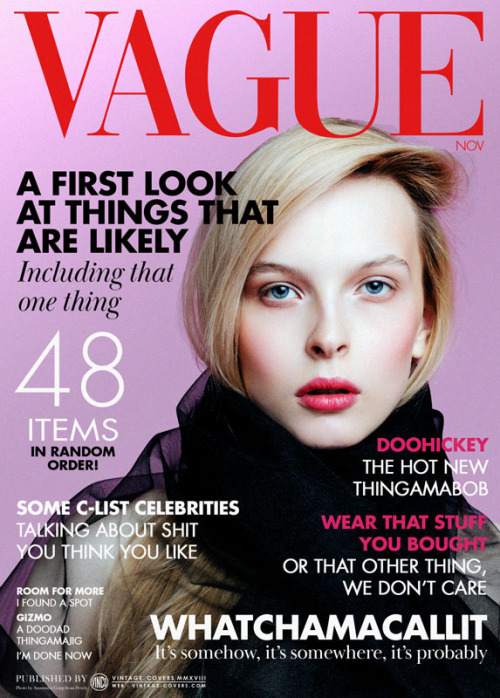
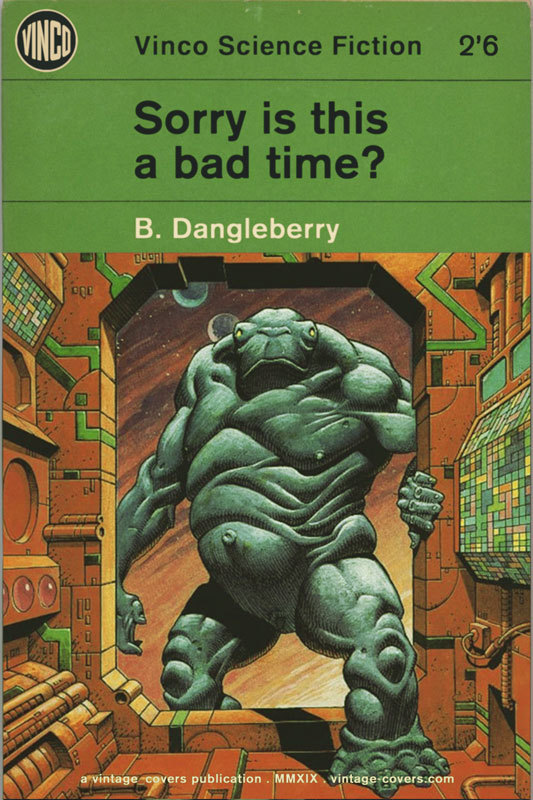
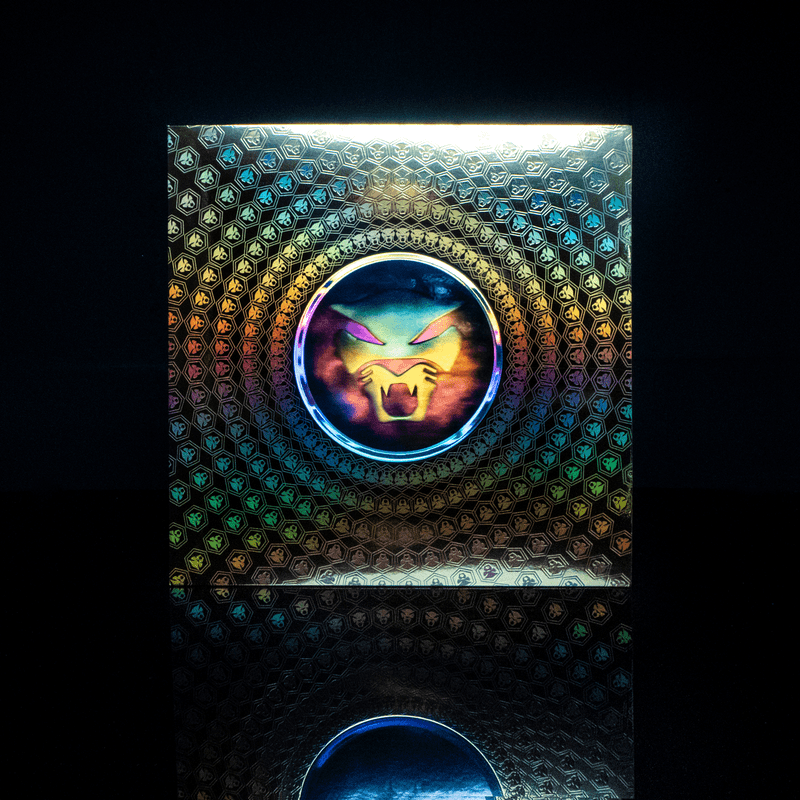
We may have packaging of the year here – Thundercat 10th anniversary repress of The Golden Age Of Apocalypse on Brainfeeder – “a translucent red LP housed in a beautiful shiny gold mirri board sleeve with a large Thundercat logo hologram sticker and gold rainbow holofoil detail” – out this (Black) Friday.
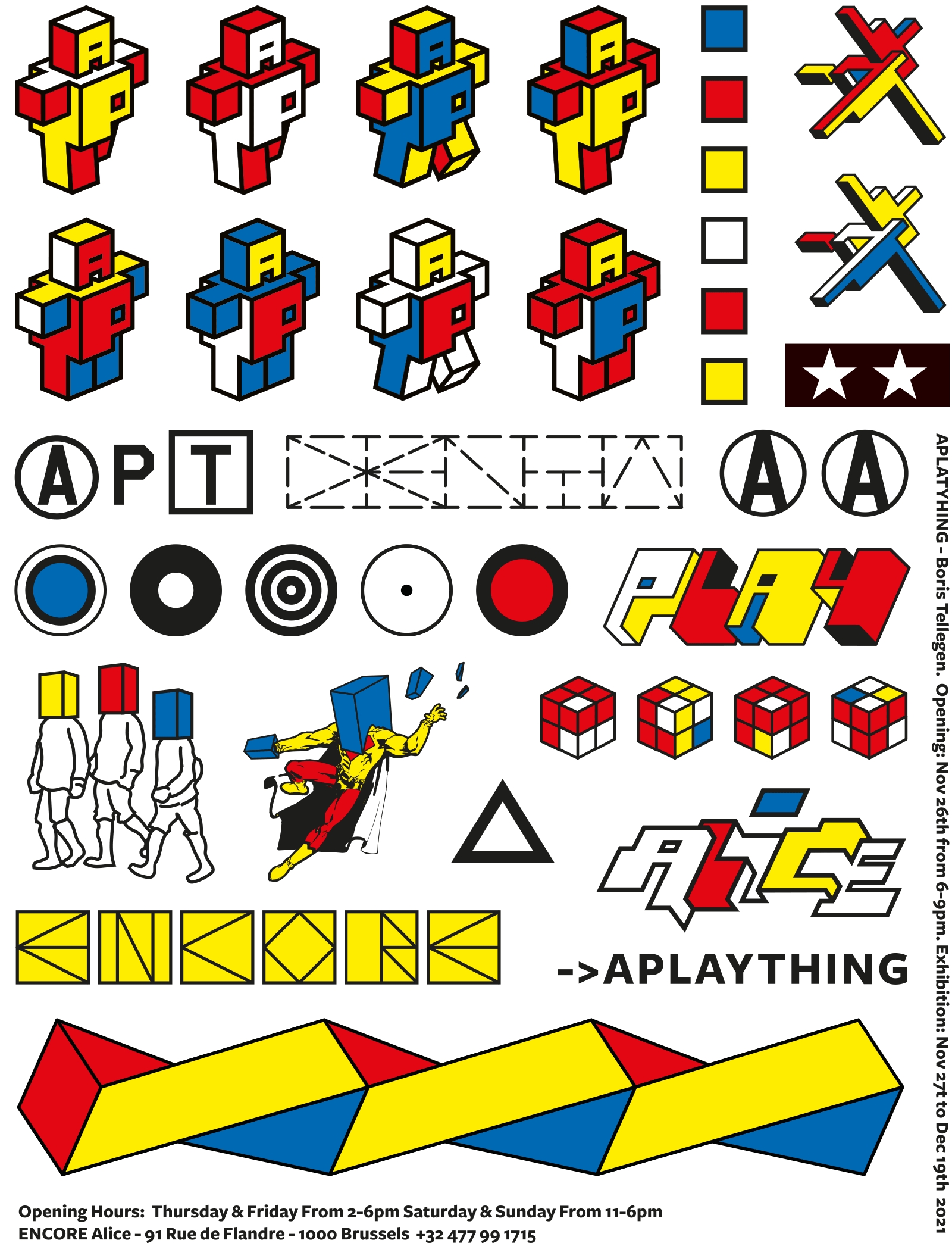
Boris Tellegen – A PLAY THING
27 nov – 19 dec. Opening 26 november
Encore Alice, 91 Rue de Flandre, Brussels
https://alicebxl.com/exhibitions/a-play-thing
Marc Oosting & Boris Tellegen – Copy
20 nov – 15 jan. Opening zaterdag 20 november 15:00 – 18:00
Gallerie Vriend van Bavink, Geldersekade 34
https://www.vanbavinkgallery.com/exhibitions
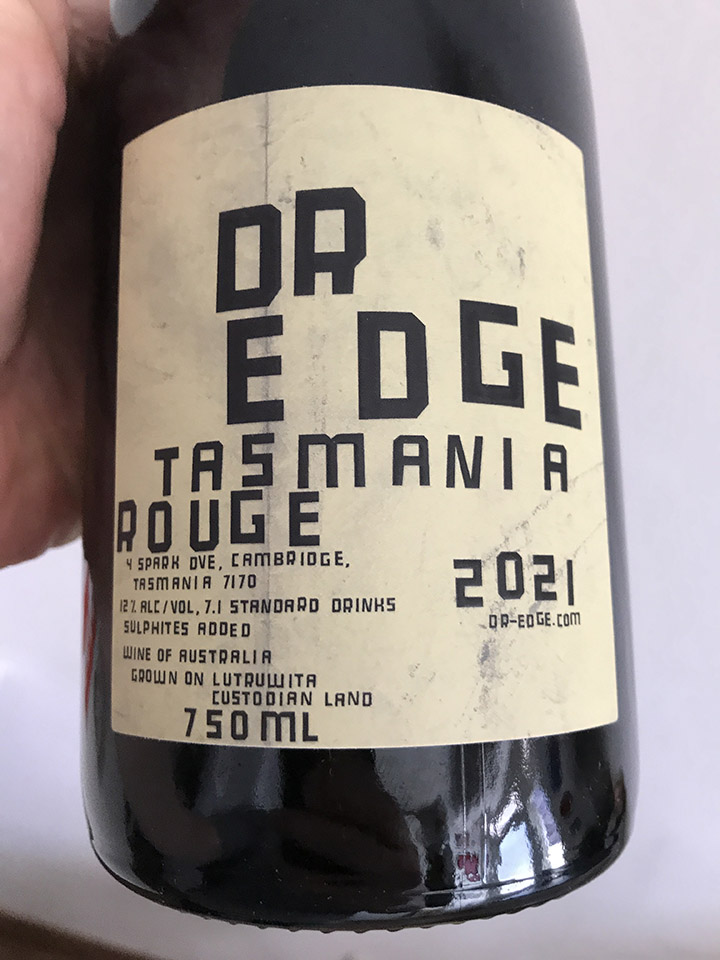
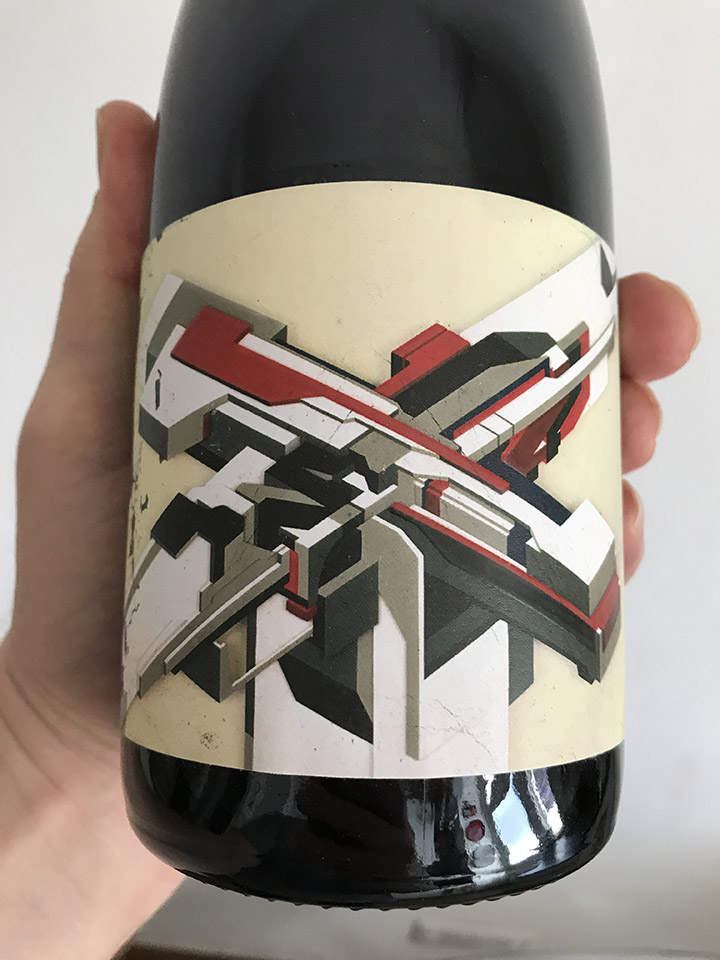
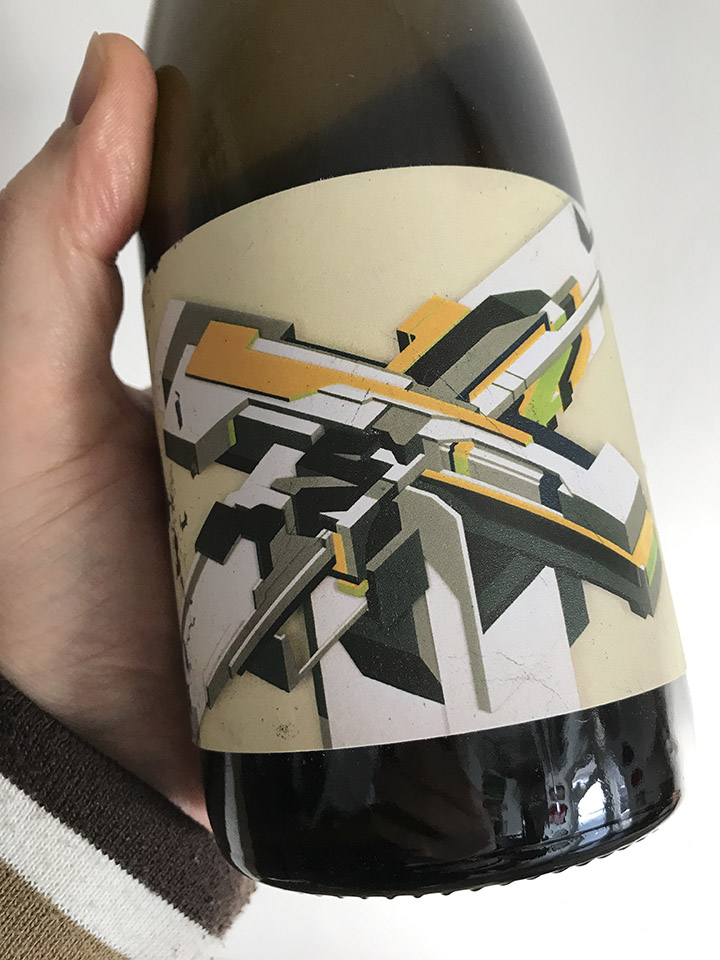
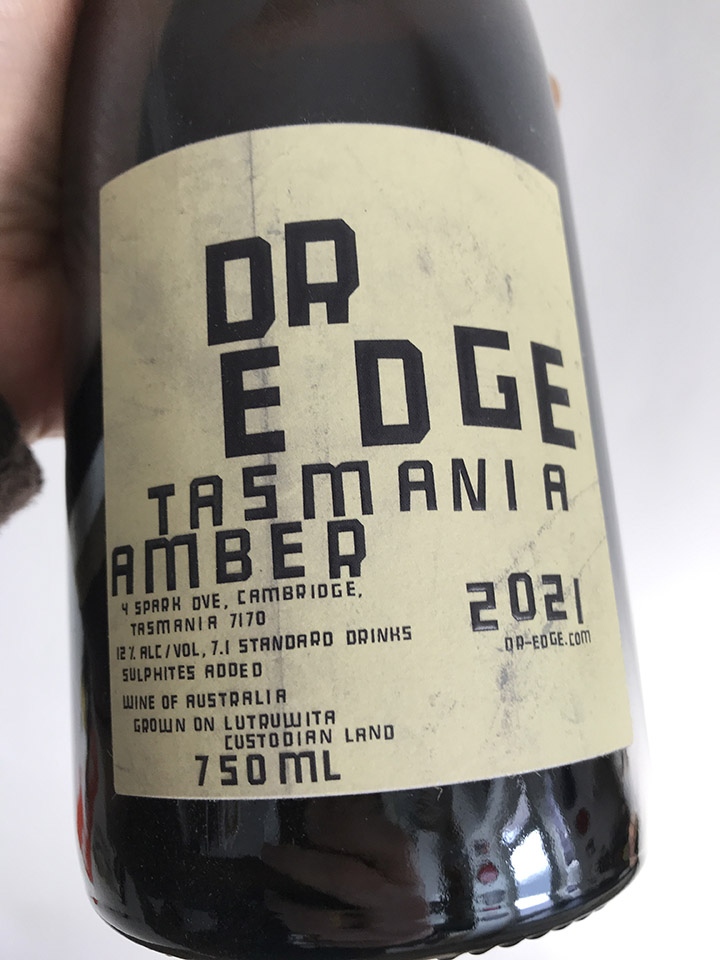
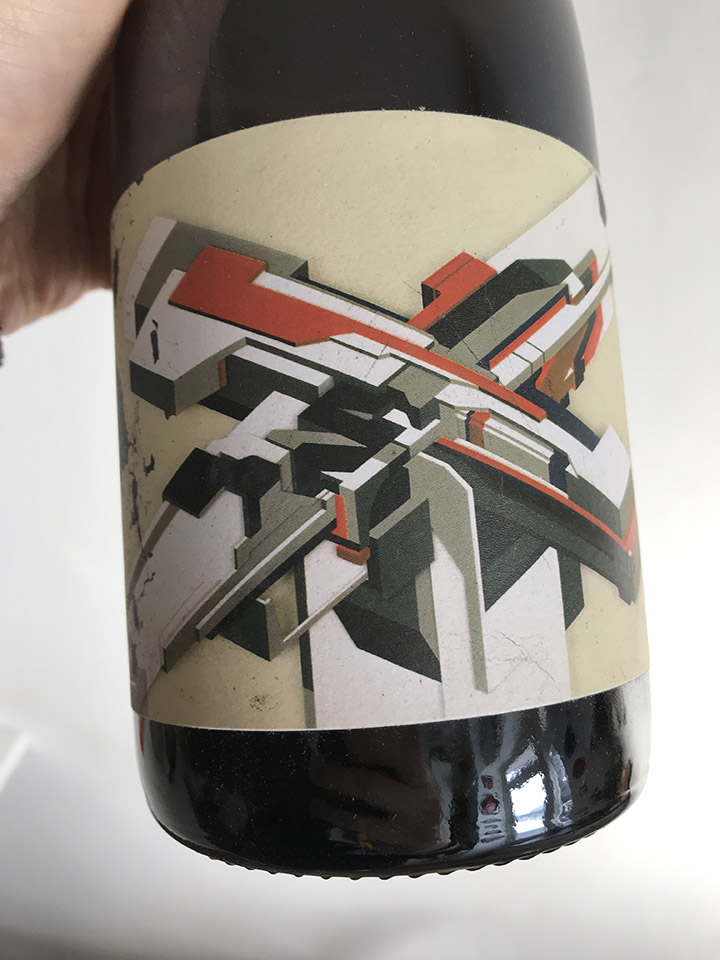
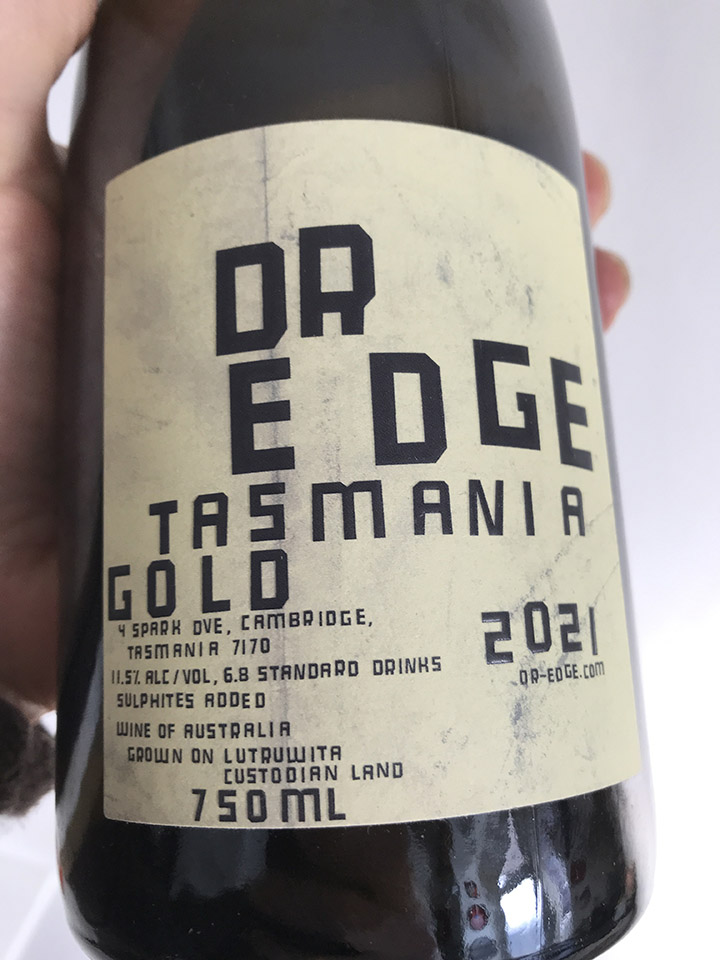
In other Delta news, Boris and I have granted the Tasmanian wine maker Dr Edge the rights to use our cover image for DJ Vadim‘s ‘USSR Life From The Other Side’ on a range of wine bottles. The good doctor has done several collaborations with Robert ‘3D’ Del Naja already and you can find these wines here.
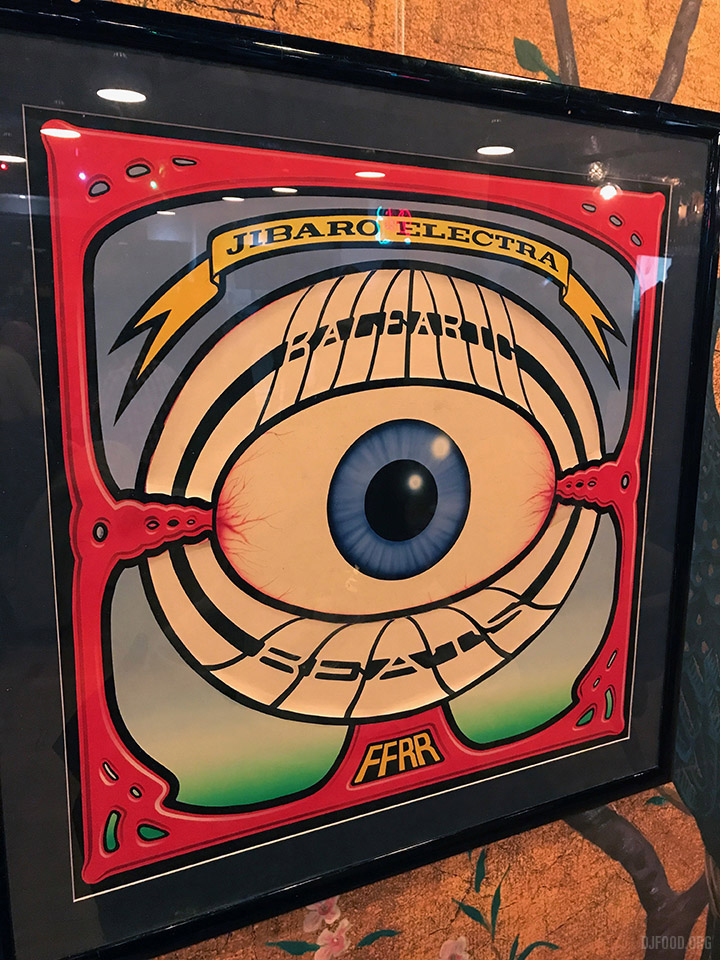 I was amazed to see the originals of Dave Little‘s covers for S’Express‘ Original Soundtrack album and Jibraro ‘Electra’ 12″ at the screening of the 1988 documentary, Club Culture tonight at Arboretum. There was a small show of his work including Renegade Soundwave, Spectrum, Junior Boys Own and his Acid screen print. If you look closely at the Jibaro sleeve you can see the stuck on lettering peeling away. You can buy some of these as prints from Dave’s site.
I was amazed to see the originals of Dave Little‘s covers for S’Express‘ Original Soundtrack album and Jibraro ‘Electra’ 12″ at the screening of the 1988 documentary, Club Culture tonight at Arboretum. There was a small show of his work including Renegade Soundwave, Spectrum, Junior Boys Own and his Acid screen print. If you look closely at the Jibaro sleeve you can see the stuck on lettering peeling away. You can buy some of these as prints from Dave’s site.
 Finished copies of the Steven Rutter 12” I designed for De:tuned arrived yesterday and I couldn’t be happier with the final result.
Finished copies of the Steven Rutter 12” I designed for De:tuned arrived yesterday and I couldn’t be happier with the final result. This took a while, not least because of the worldwide delays with vinyl production, but also because we had to change details of the design after an initial die cut cover option proved unworkable. No matter because the final result is one of my favourite designs in recent years. Available in black or copper/brown vinyl.
This took a while, not least because of the worldwide delays with vinyl production, but also because we had to change details of the design after an initial die cut cover option proved unworkable. No matter because the final result is one of my favourite designs in recent years. Available in black or copper/brown vinyl.
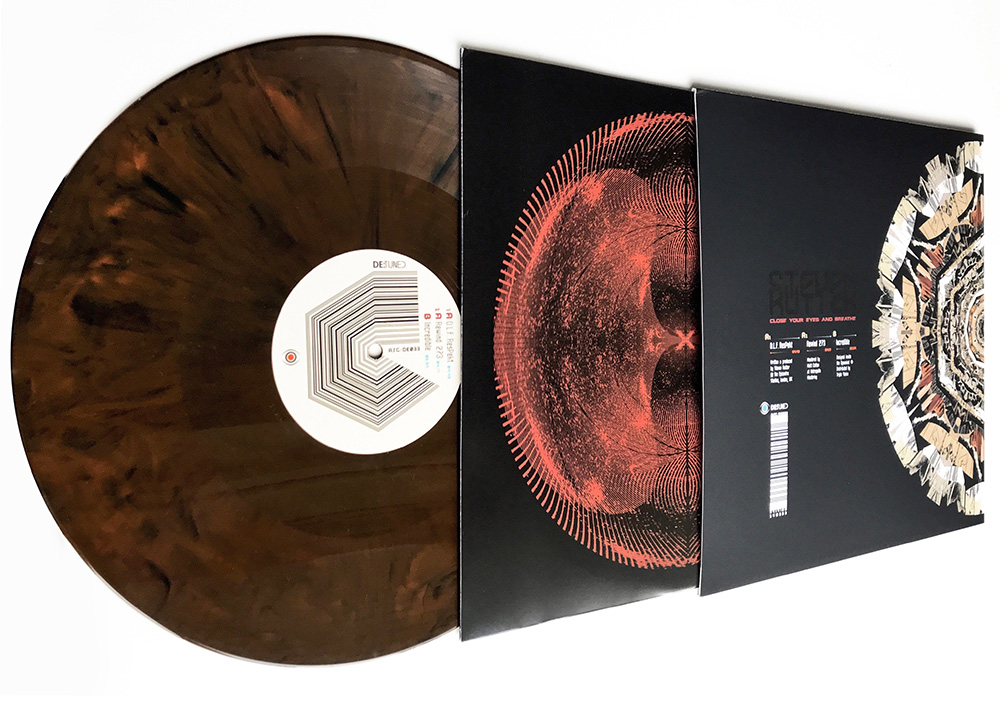
 And that’s not to forget that the music it houses is absolutely beautiful, a career high for Steven. Available now from all good record shops and De:tuned just launched the full label on Bandcamp last week too.
And that’s not to forget that the music it houses is absolutely beautiful, a career high for Steven. Available now from all good record shops and De:tuned just launched the full label on Bandcamp last week too.
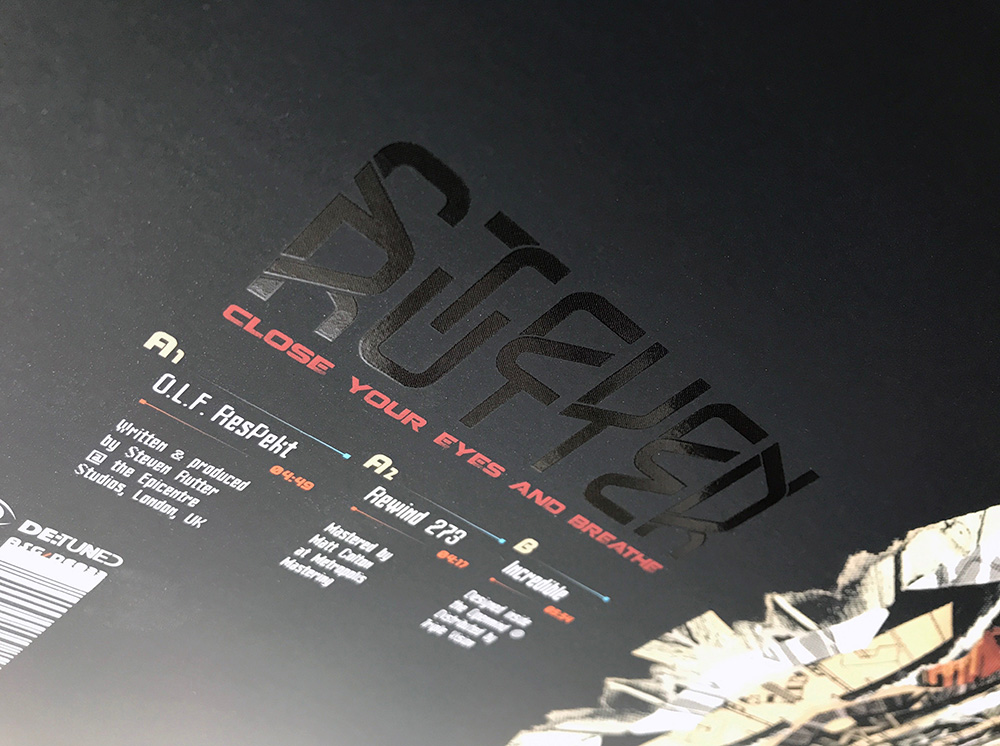

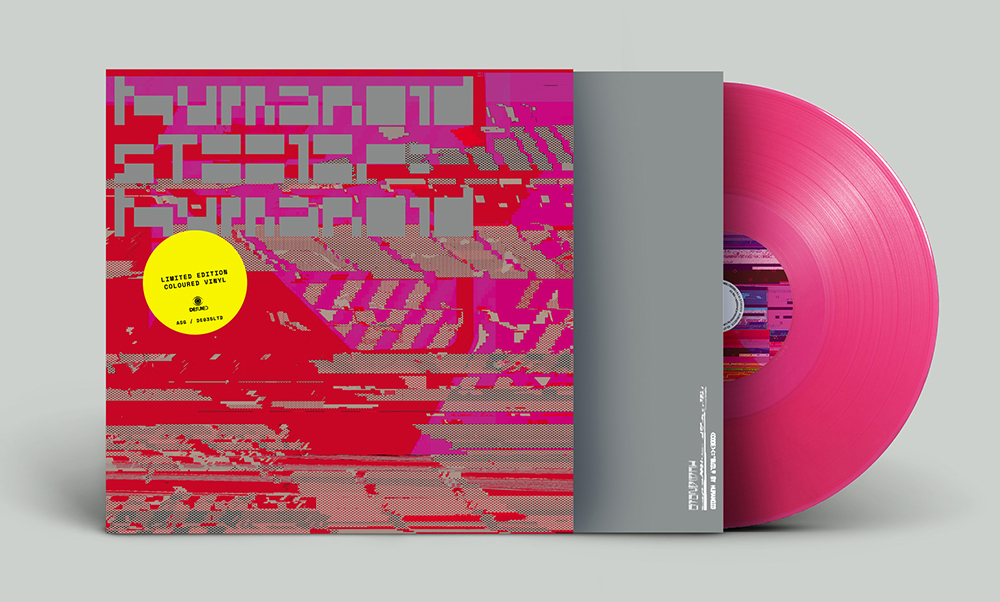 Not only has the Belgian label, De:tuned, announced another new Humanoid release, this one is remixed by Autechre, Luke Vibert and Mike Dred! The label, who I’ve been designing sleeves for alongside The Designers Republic for the last five years, has also set up shop on Bandcamp – look at that discography.
Not only has the Belgian label, De:tuned, announced another new Humanoid release, this one is remixed by Autechre, Luke Vibert and Mike Dred! The label, who I’ve been designing sleeves for alongside The Designers Republic for the last five years, has also set up shop on Bandcamp – look at that discography.
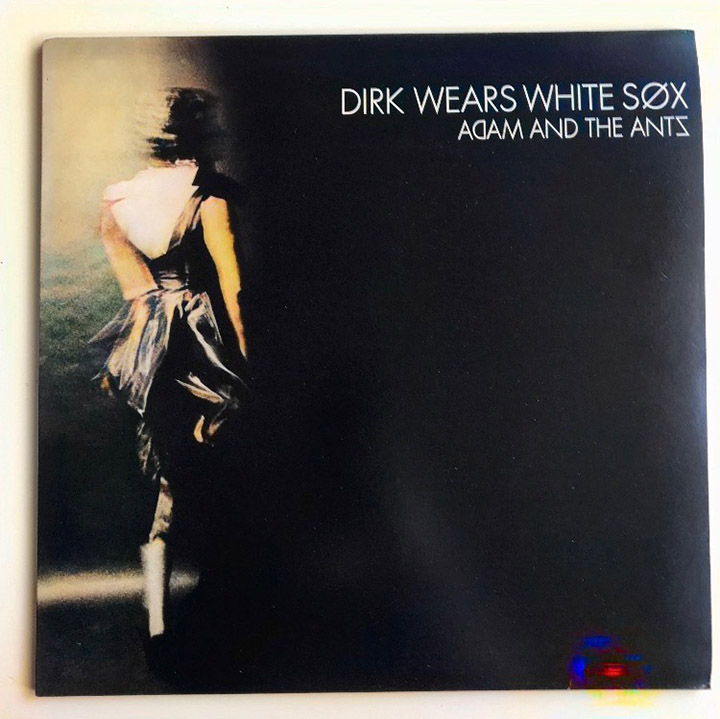
I’ve been experimenting with photo colouring / enhancing / animating apps like Remini and similar on various things recently and thought it would be interesting to feed some classic black & white record sleeves into the apps and see what came out. The results are fun, extremely fast – usually about a minute, and have the delayed joy of waiting for a Polaroid to appear. It seems to work better with images that contain a lot of tones rather than high contrast like some seen here. Colours are patchy, sometimes missing parts of the body and there’s a lot of sepia or beige for skin tones which occasionally gets things wrong if the images are abstracted. It’s also not seemingly able to recognise non-Caucasian faces too easily and architecture comes out in an ad hoc way. Some of them do very odd things with text (see the Yussef Lateef cover at the bottom) and sometimes adds strange colour artefacts – notice the blue/red object on the Dirk cover repeated on the Marshal McLuhan. 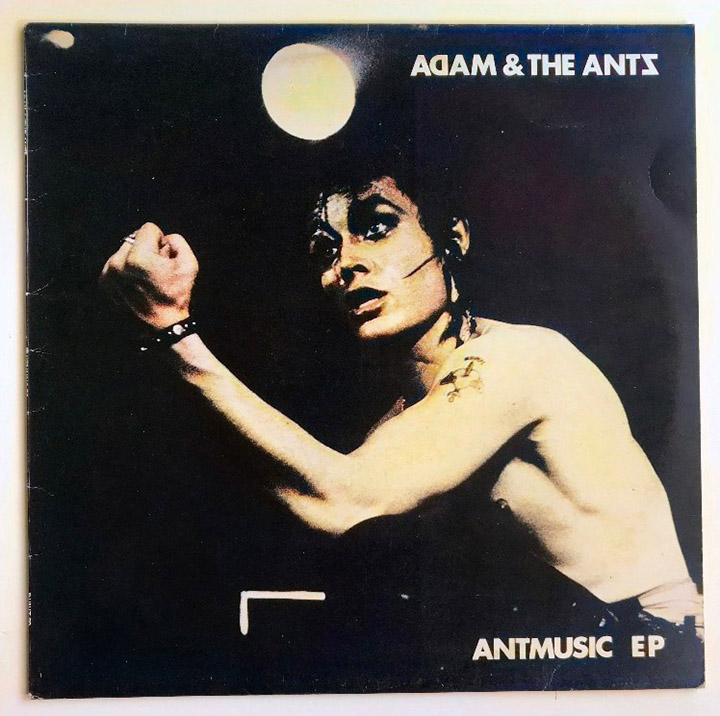
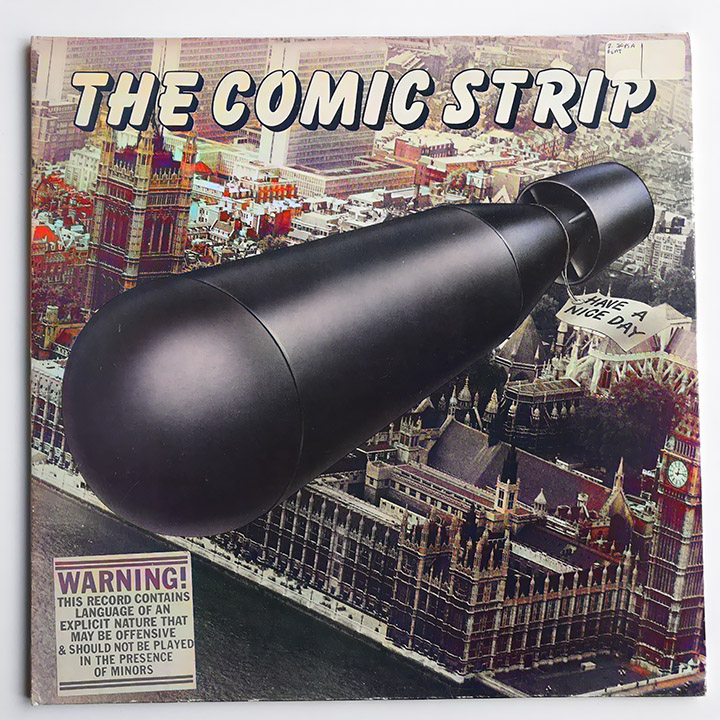
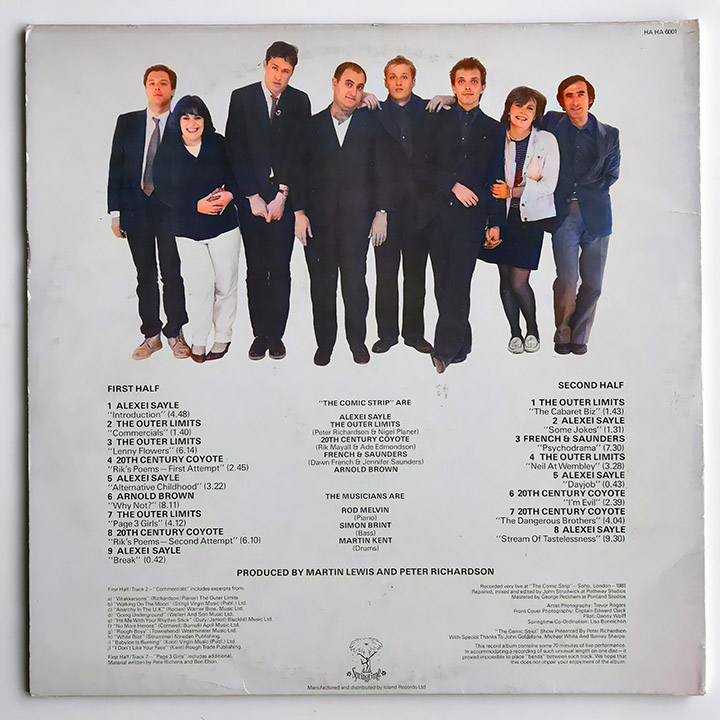
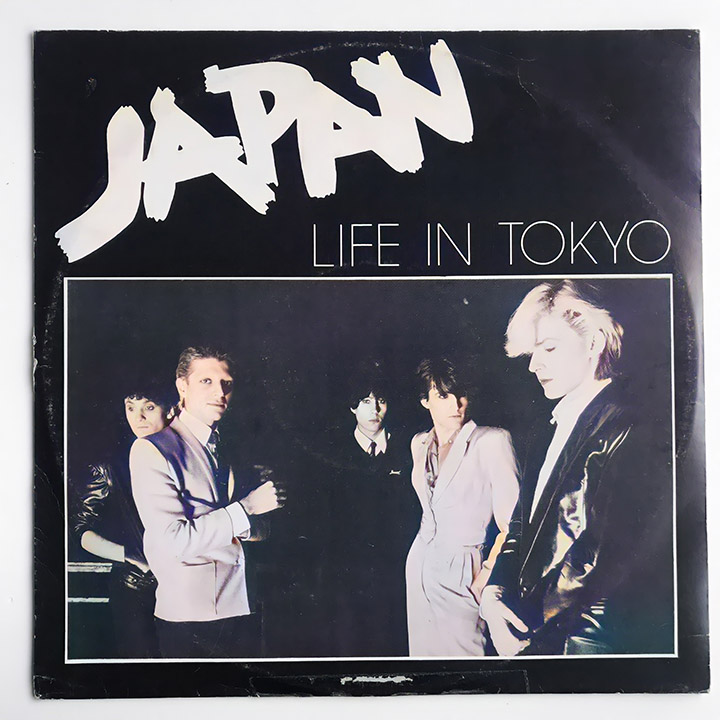
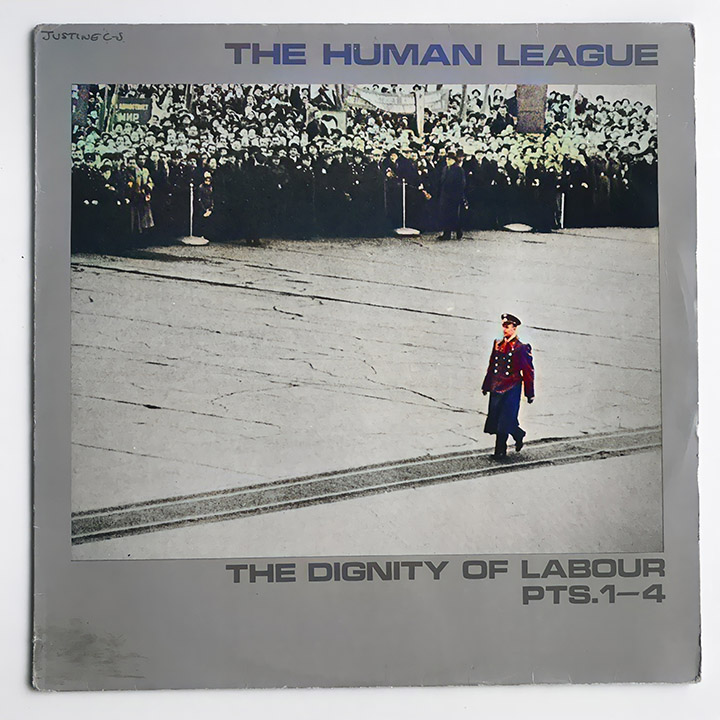
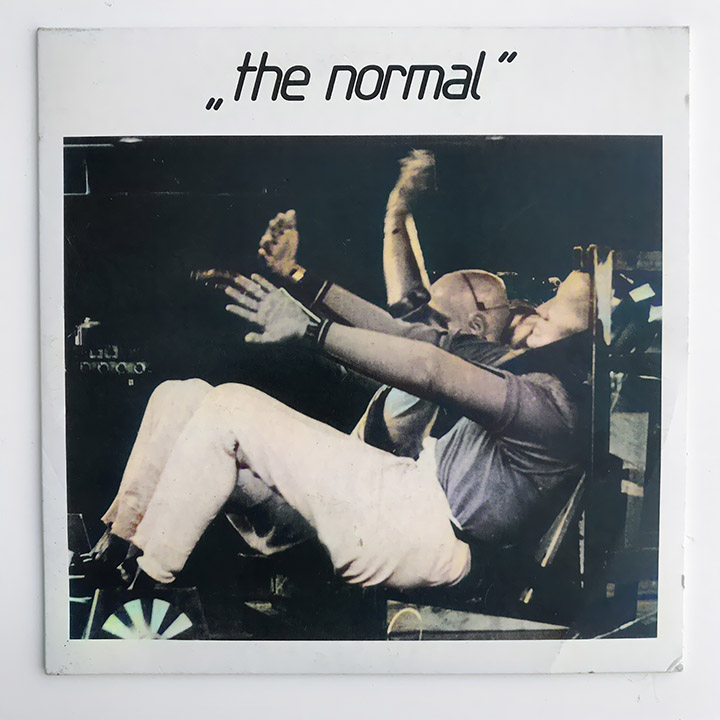
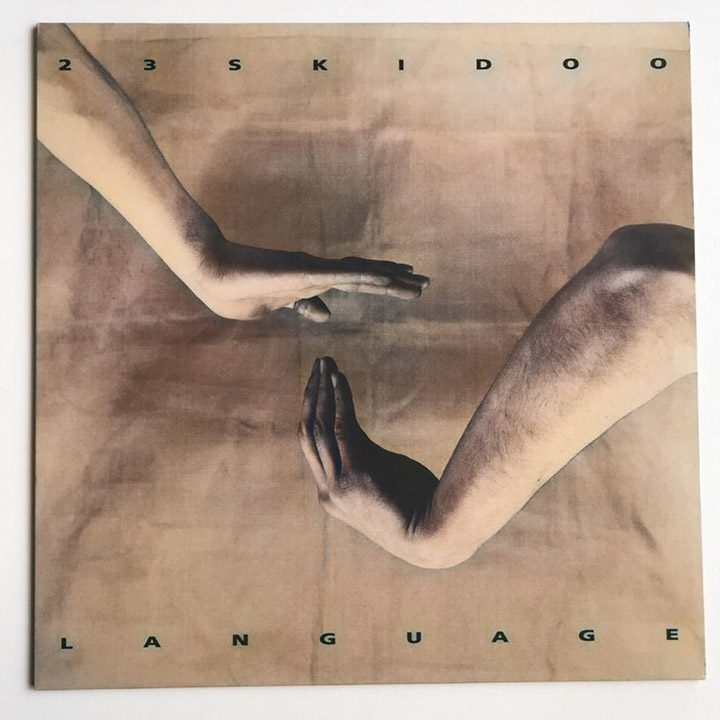
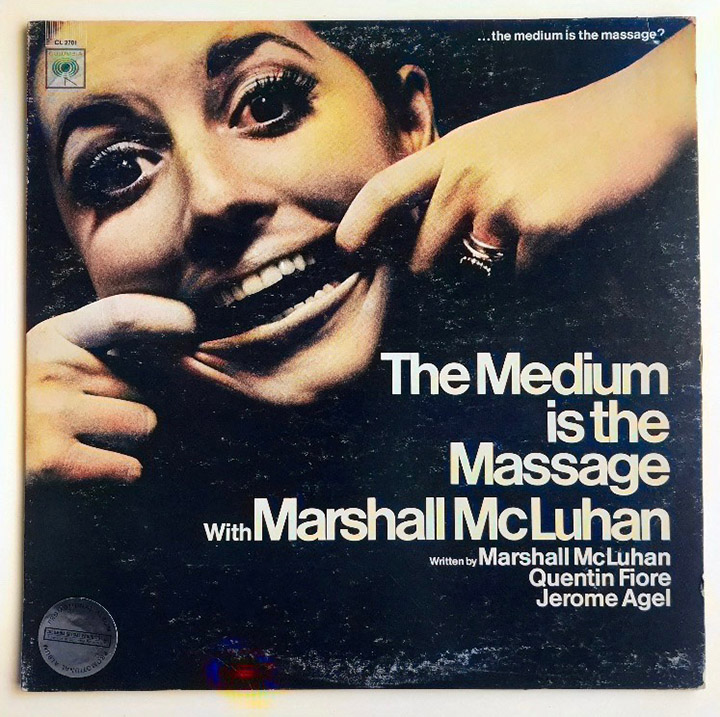
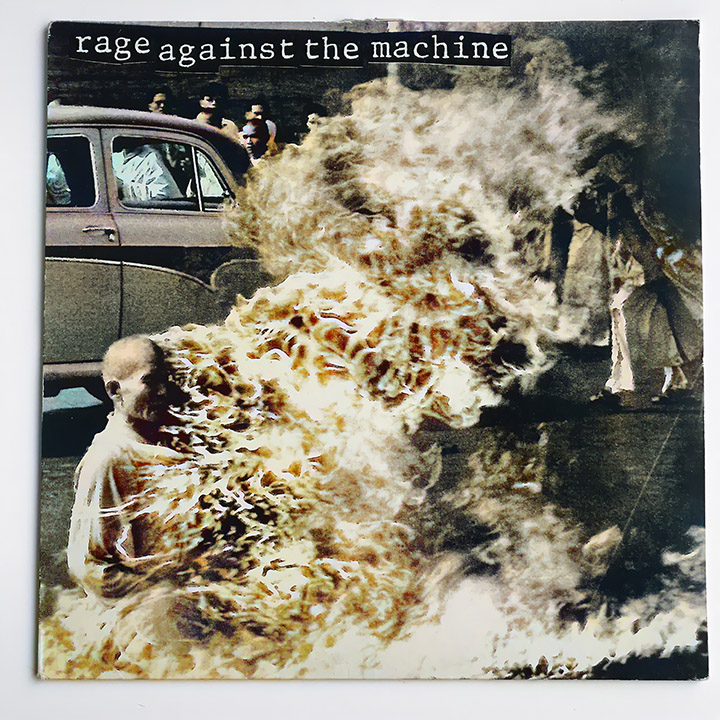
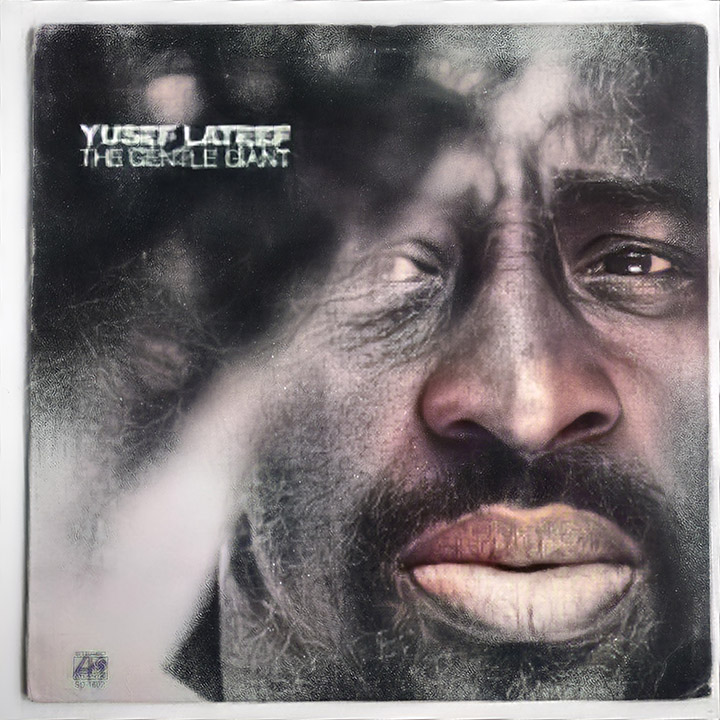

I found the time to visit the Third Man London shop today and was completely taken with the whole concept and design. Not only is it a record shop but also houses a small basement for live gigs, a book dispenser, a Record-o-gram booth for recording records and masses of merchandise from clothes, badges, turntables, audio gear and anything you can slap a Third Man logo on. I’d recommend a visit just to see what a lovely piece of interior design it is, part shop, part venue, part curio store and museum of Third Man artefacts. Just a very bold statement of intent.
It’s on Marshall St near Carnaby St in Soho, you can’t miss it.
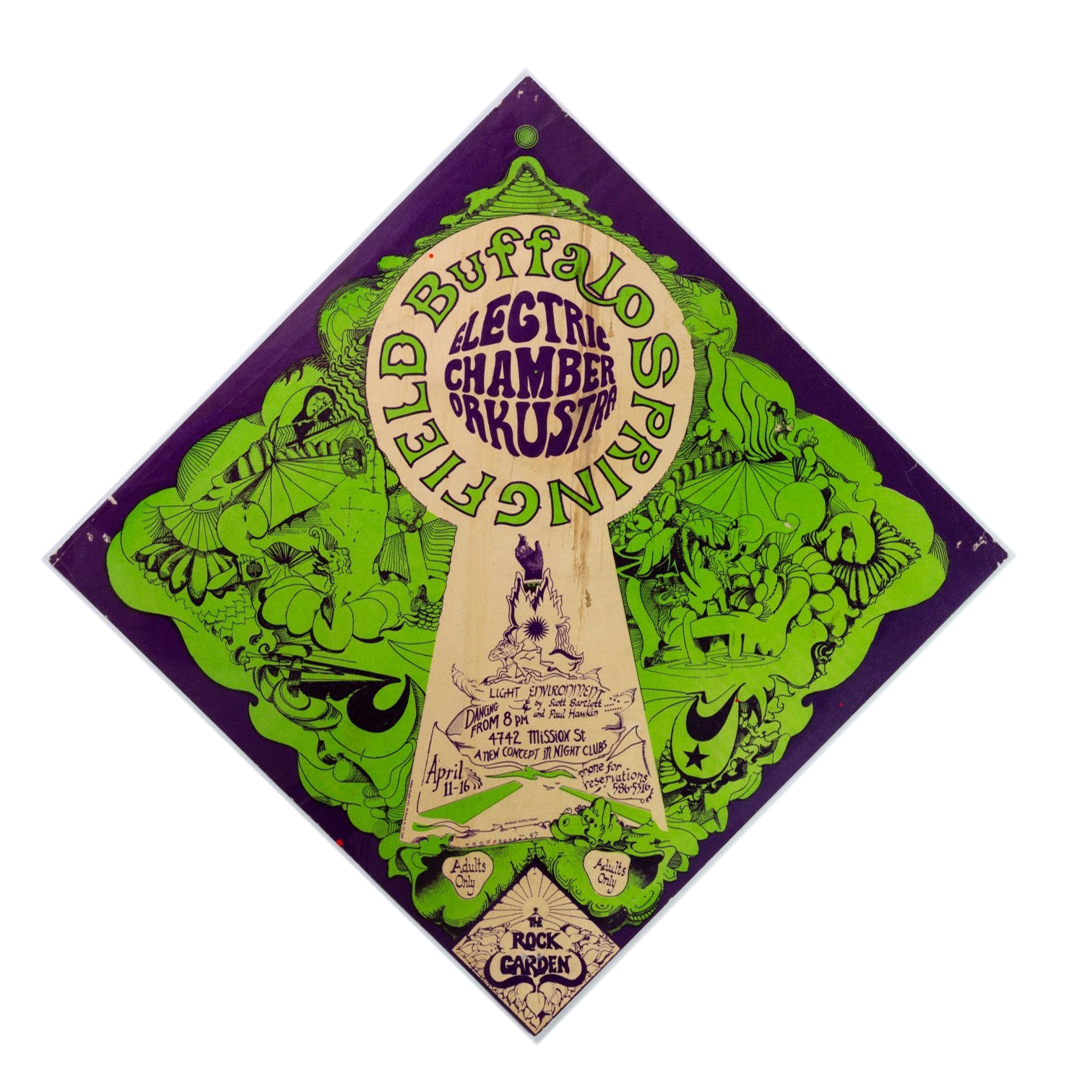
Apparently these flyer don’t come up for sale very often and I’ve certainly never seen one. There are only three in this diamond style and they are extremely rare. Hard to tell who the artist is although it looks like there may be a signature near the bottom of the keyhole shape. Anyway, saw this and thought I’d share.
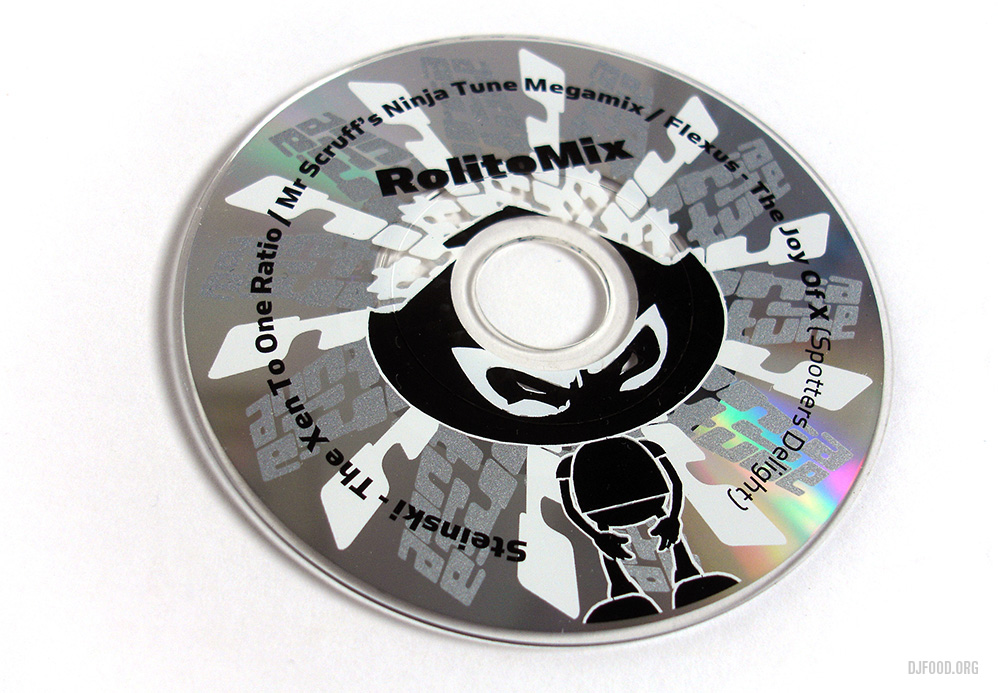
An email from the mysterious ‘Rolito’ arrived one day in 2003 with an offer of being one of 6 designers to customise a new line of toys he was making. Each toy had a tiny body and a large, dome-shaped head inside of which was another, smaller, stash box. I was intrigued as I’ve been a fan of the vinyl toy ‘thing’ since Michael Lau came out with his Crazy Children around 2000 and the thought of having my own one was something that appealed greatly. The other thing that appealed was that Rolito had a crazy website based around a load of characters he had created that inhabited Rolitoland. There was little or no explanation about these creatures but the attention to detail and graphic ideas were more than enough to hook me in.
The brief was open and I decided to adapt my Ninja logo around the toy using various different existing graphics and logos to make a ‘RolitoTune Ninjaboy’. The process for getting the graphics onto the toy were slightly limited so I wasn’t able to do some of the things I wanted to. I suggested we include a 3″ CD in the package with a selection of Ninja music to add to the promotional aspect of the toy so that people who didn’t know where it came from would be introduced to the label via the disc. One of the beauties of the Rolito packaging is that it dismantles without having to tear, cut or unstick anything, this meant that the empty vacuum packing would ultimately become the ‘sleeve’ that would house the CD.
There were only 450 made, Ninja got around 150 I think and sold the lot within a weekend over the net, some of which have since appeared on eBay for up to £99. I also contributed a short soundtrack to an animation on his website that showed the shipment getting stuck at the French customs – a scenario that actually happened.
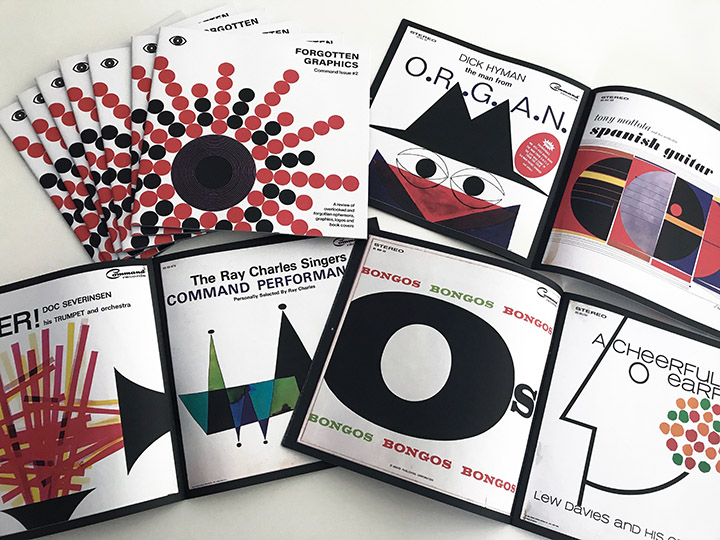 I’ve compiled some of my favourite Command sleeves for a 4th volume of Forgotten Graphics – 24 pgs, buy here
I’ve compiled some of my favourite Command sleeves for a 4th volume of Forgotten Graphics – 24 pgs, buy here
Or I will have copies with me at Jonny Trunk‘s Groovy Record Fair this Saturday
